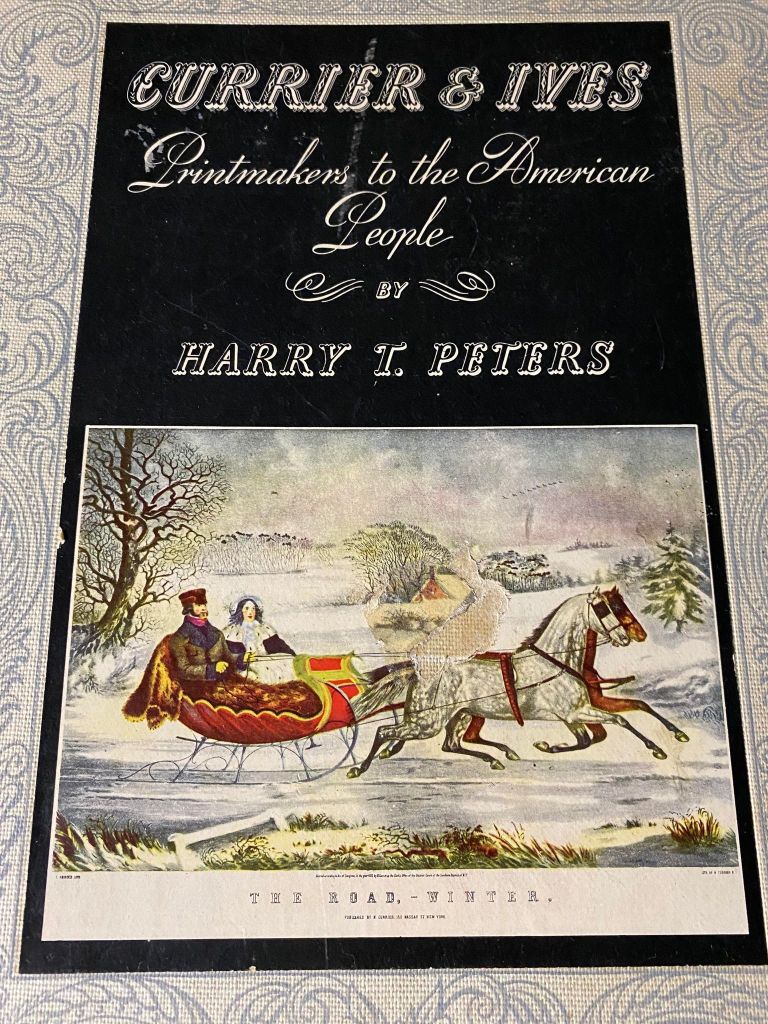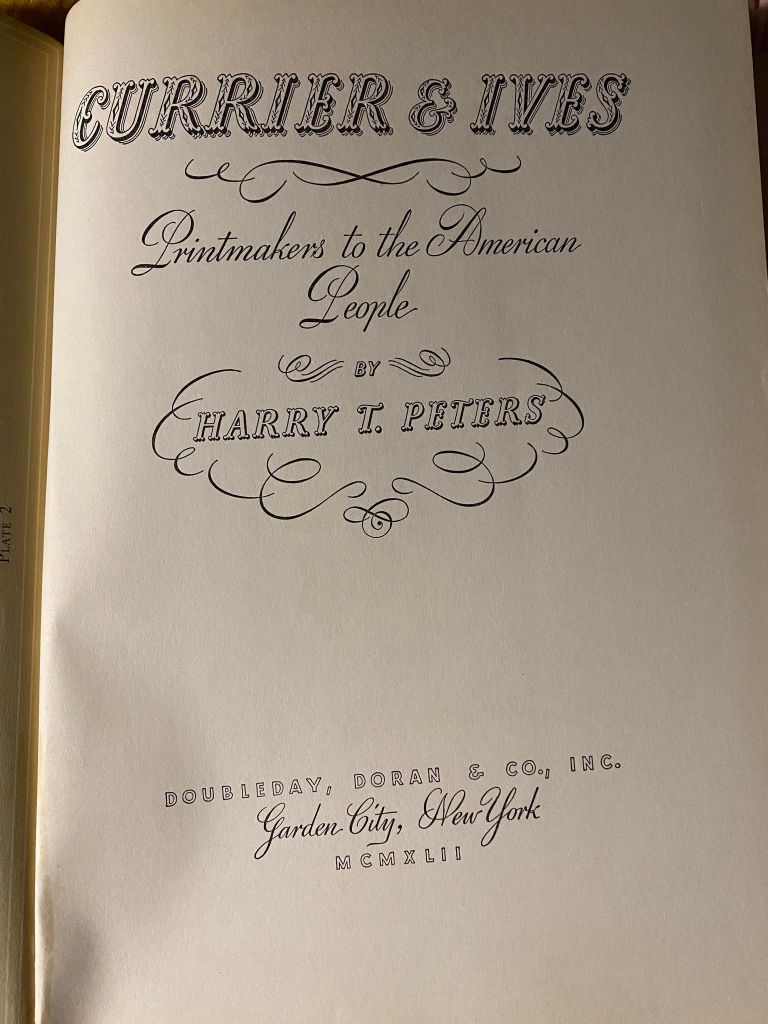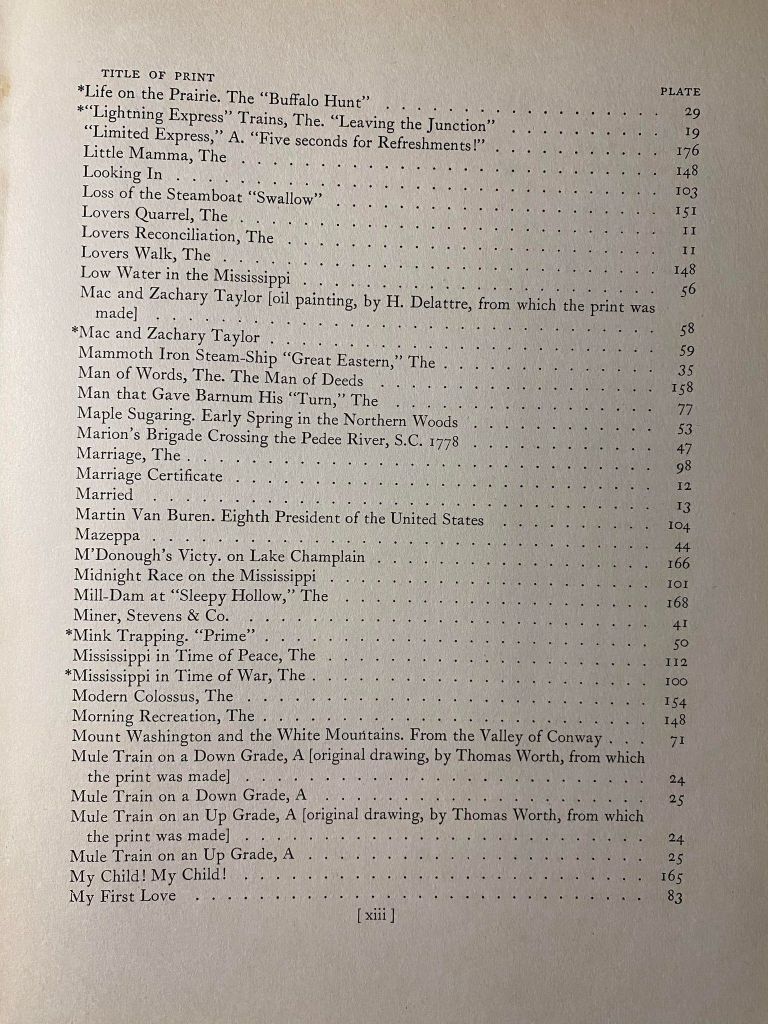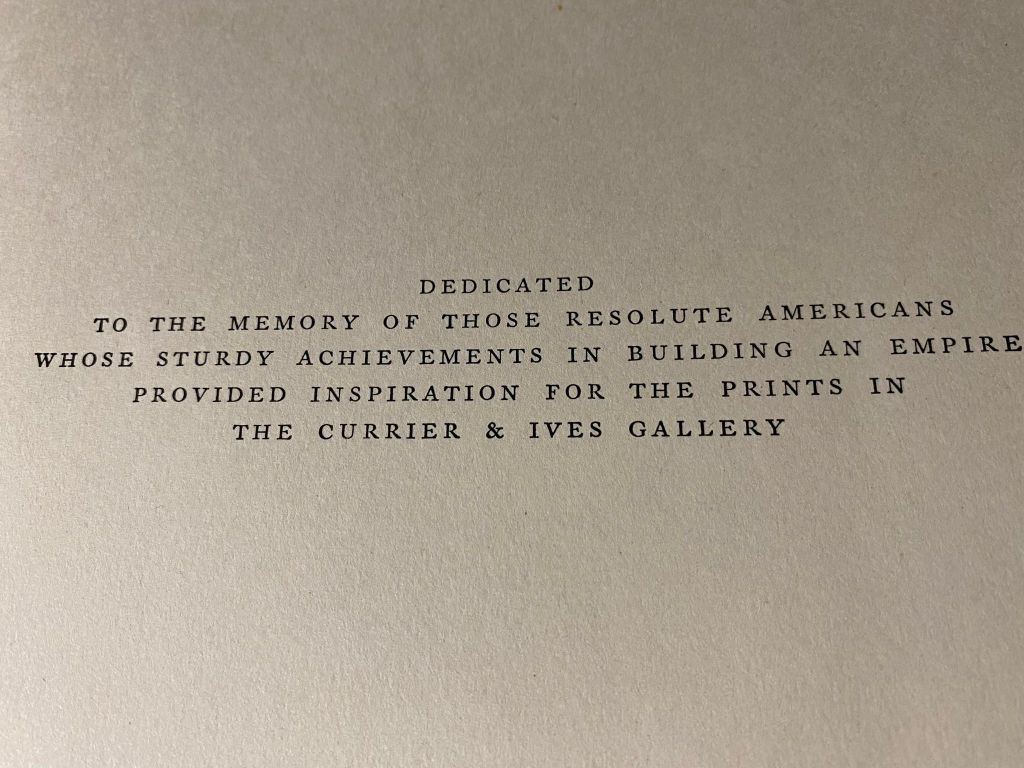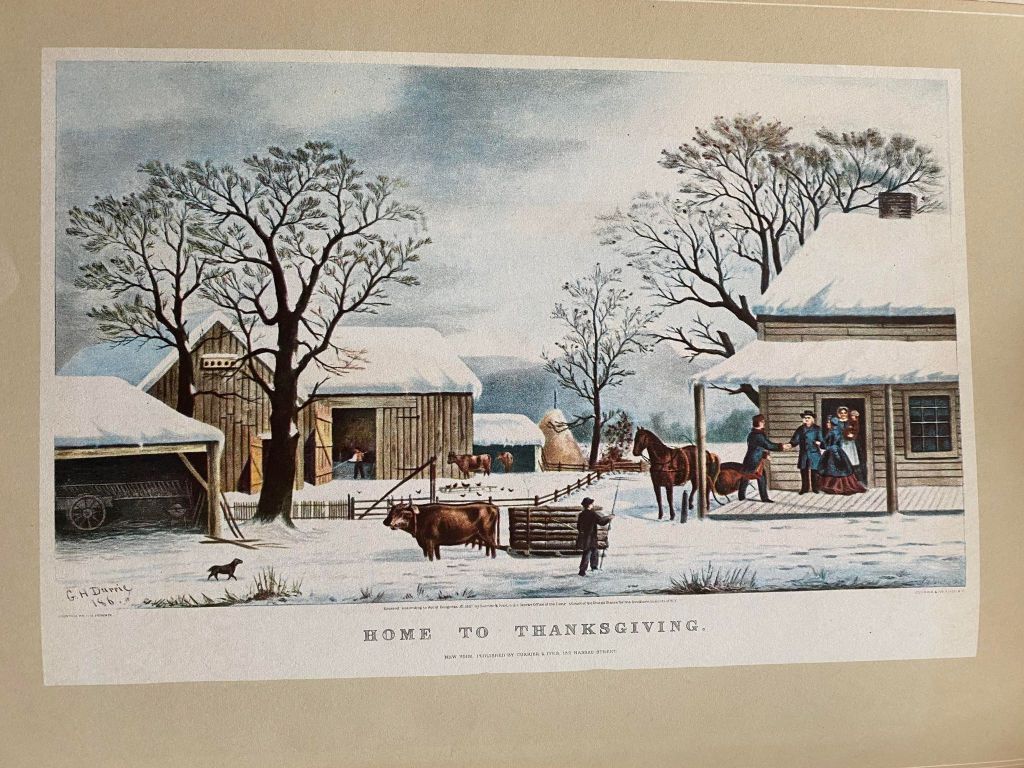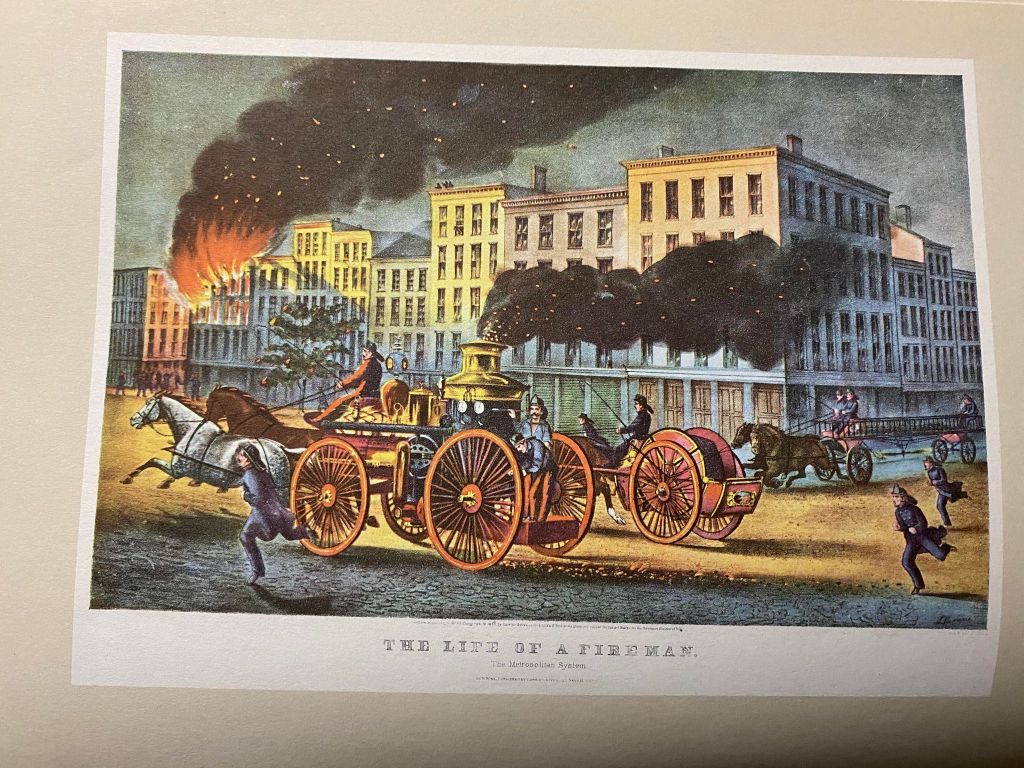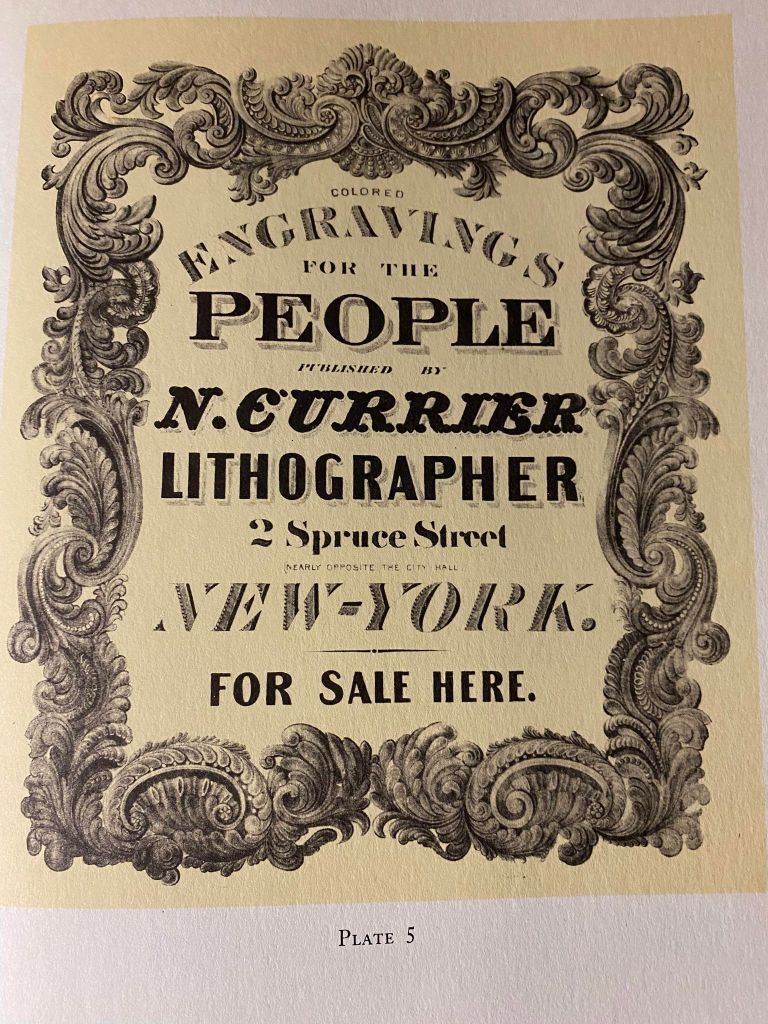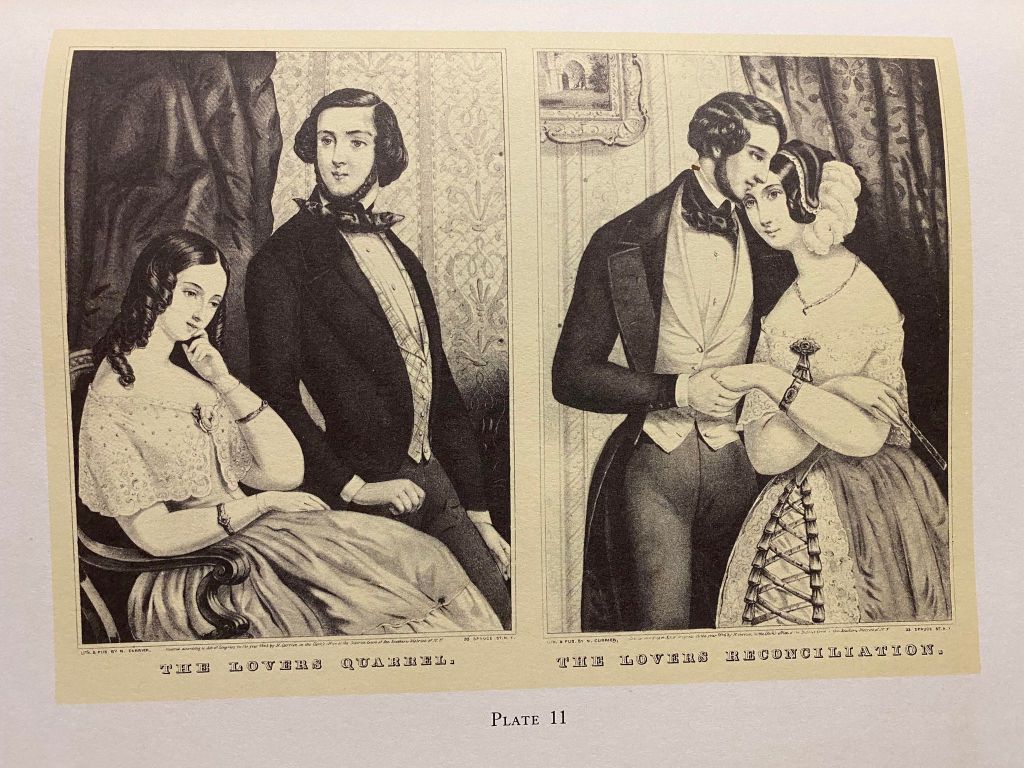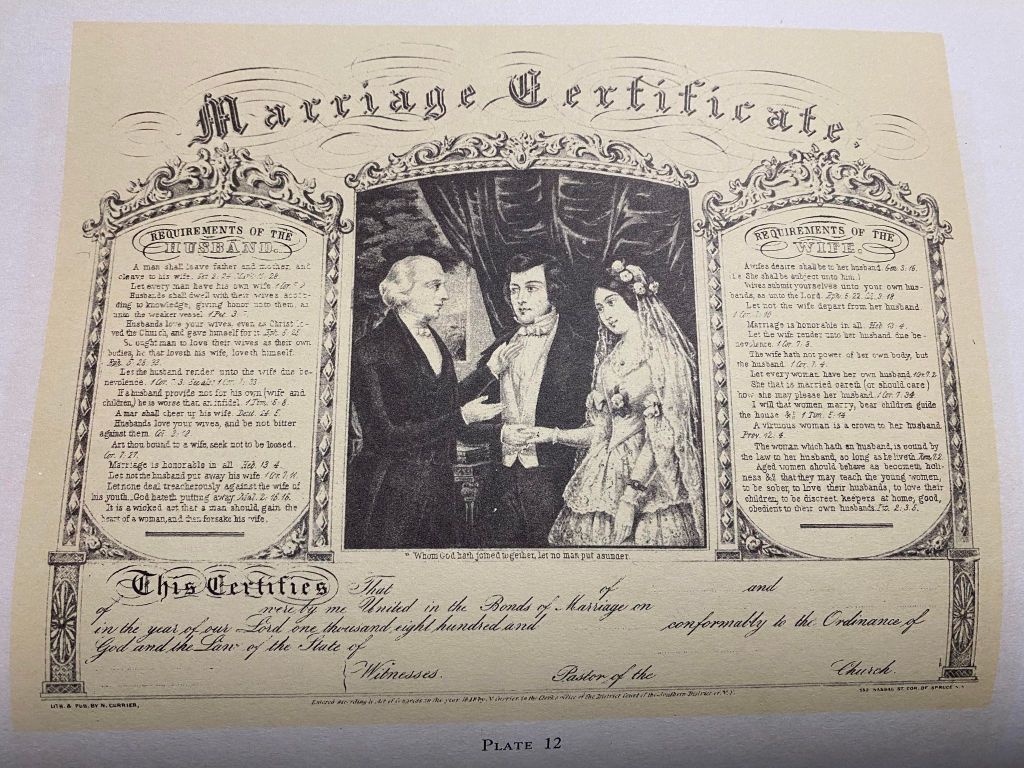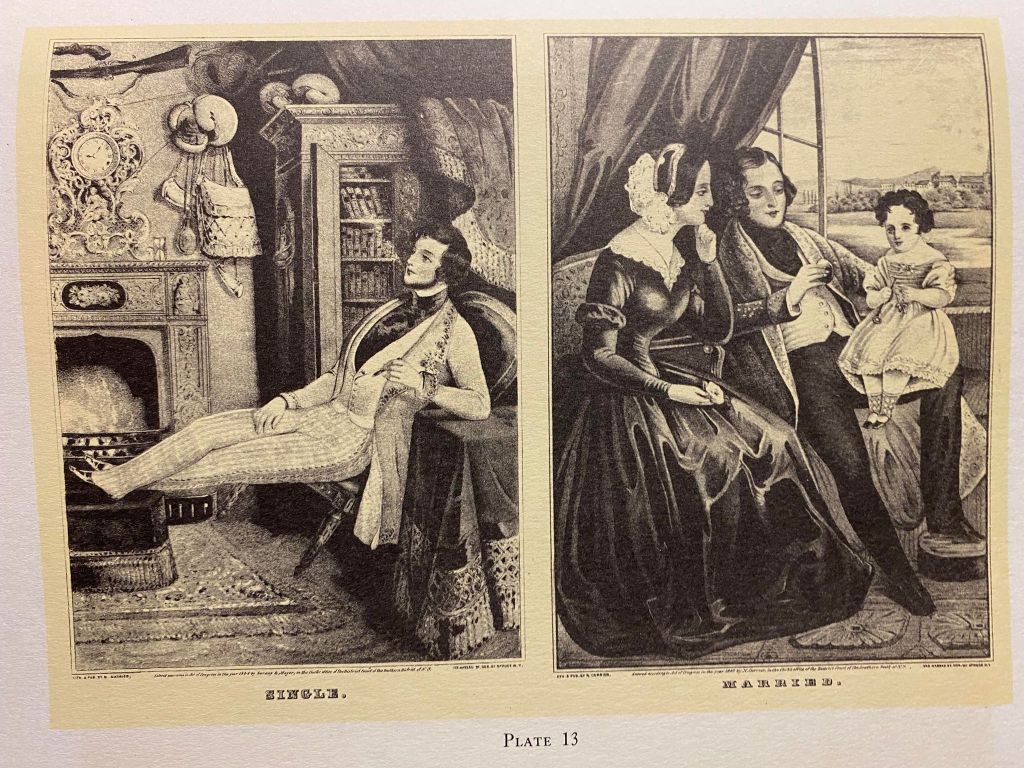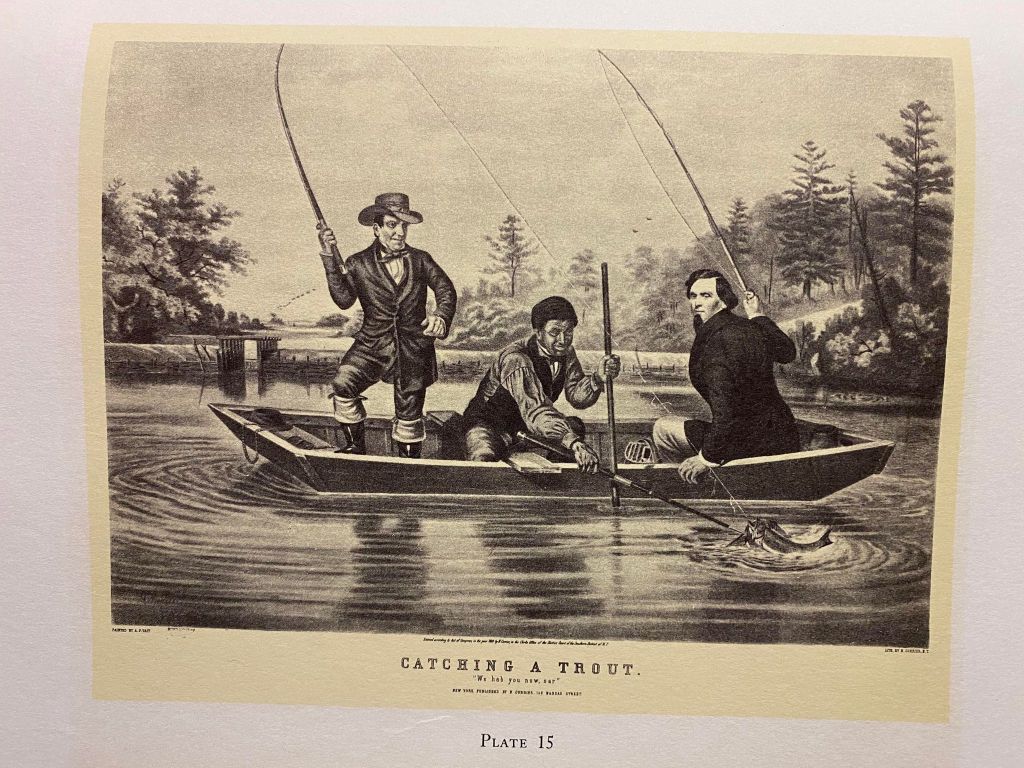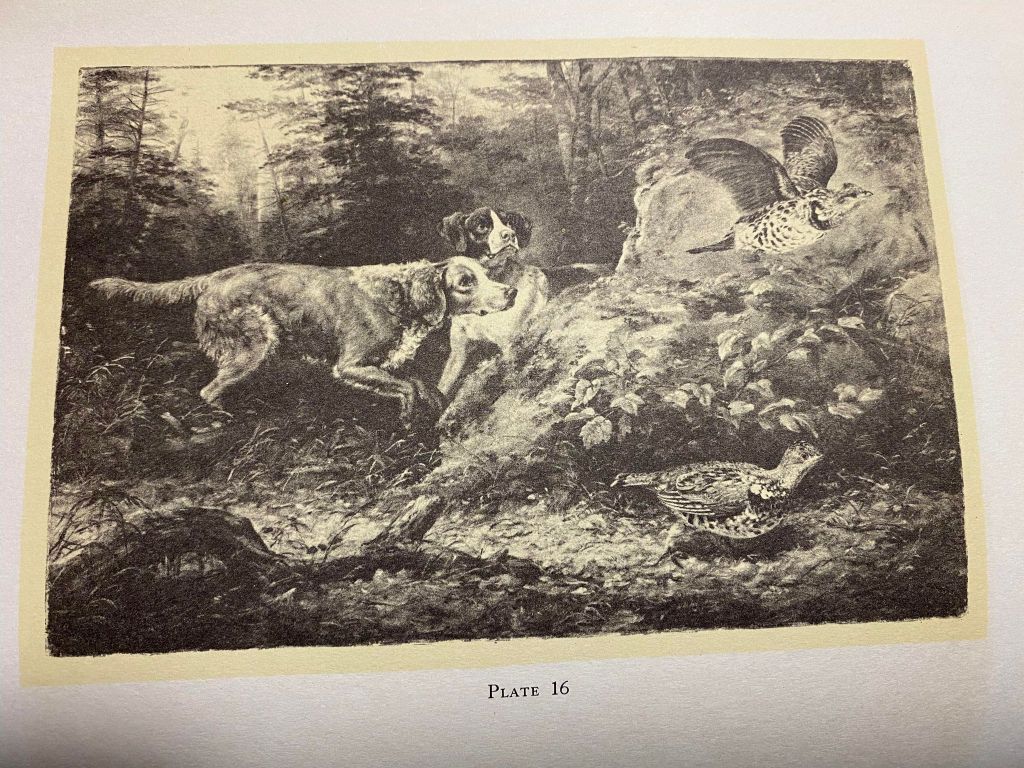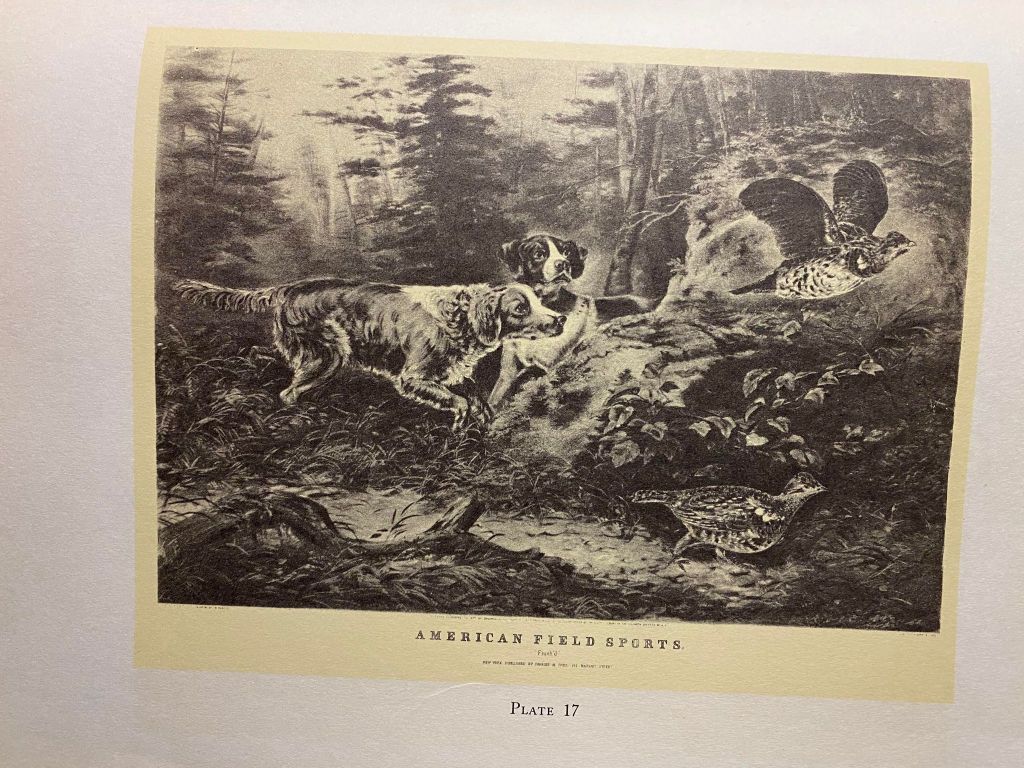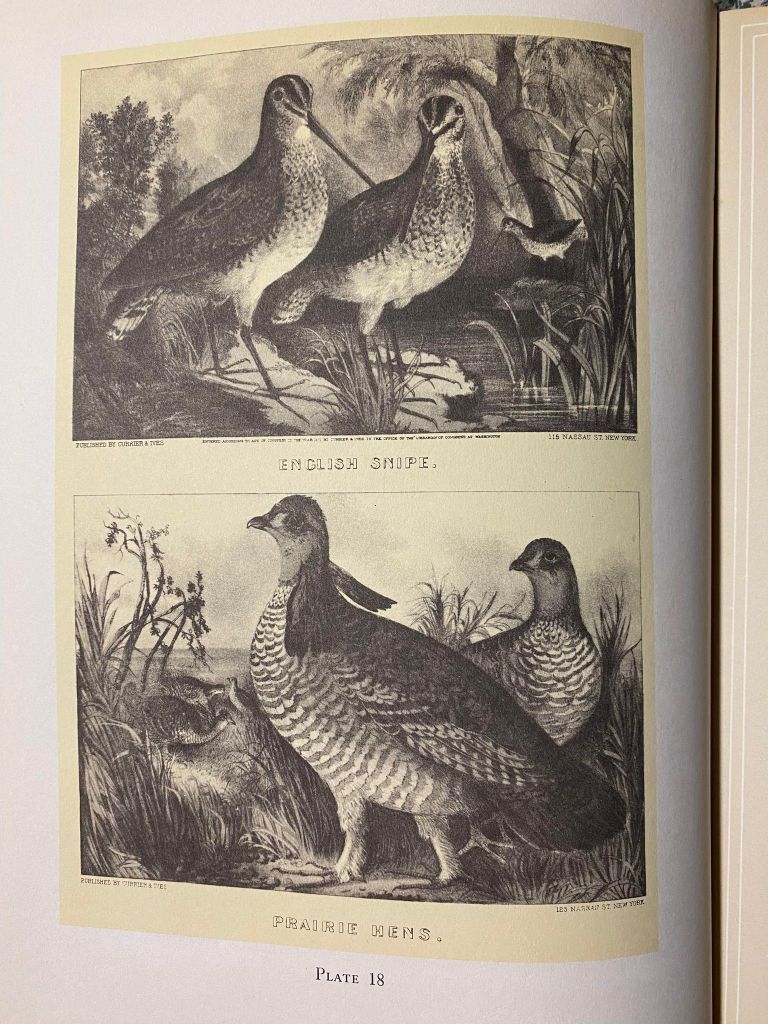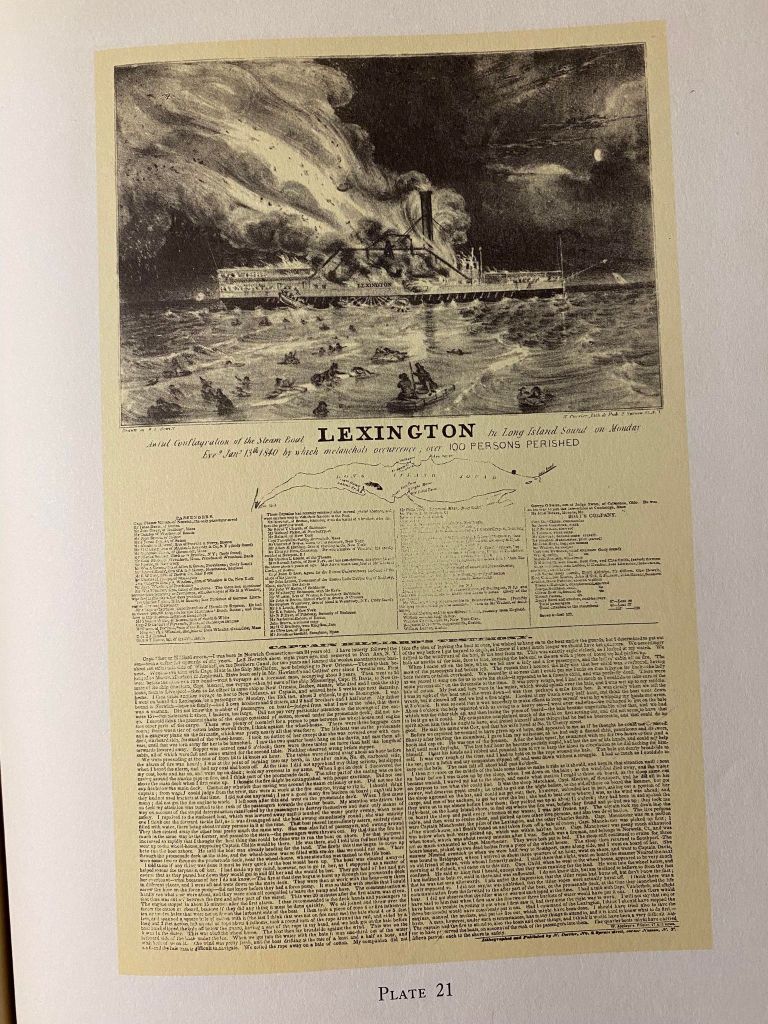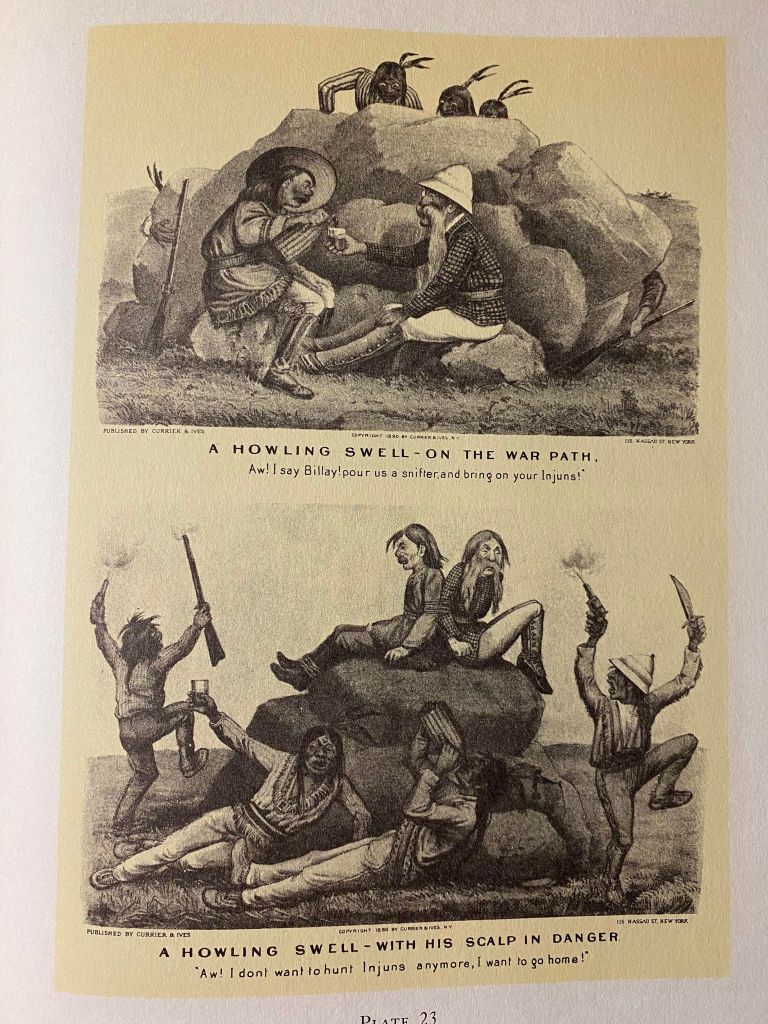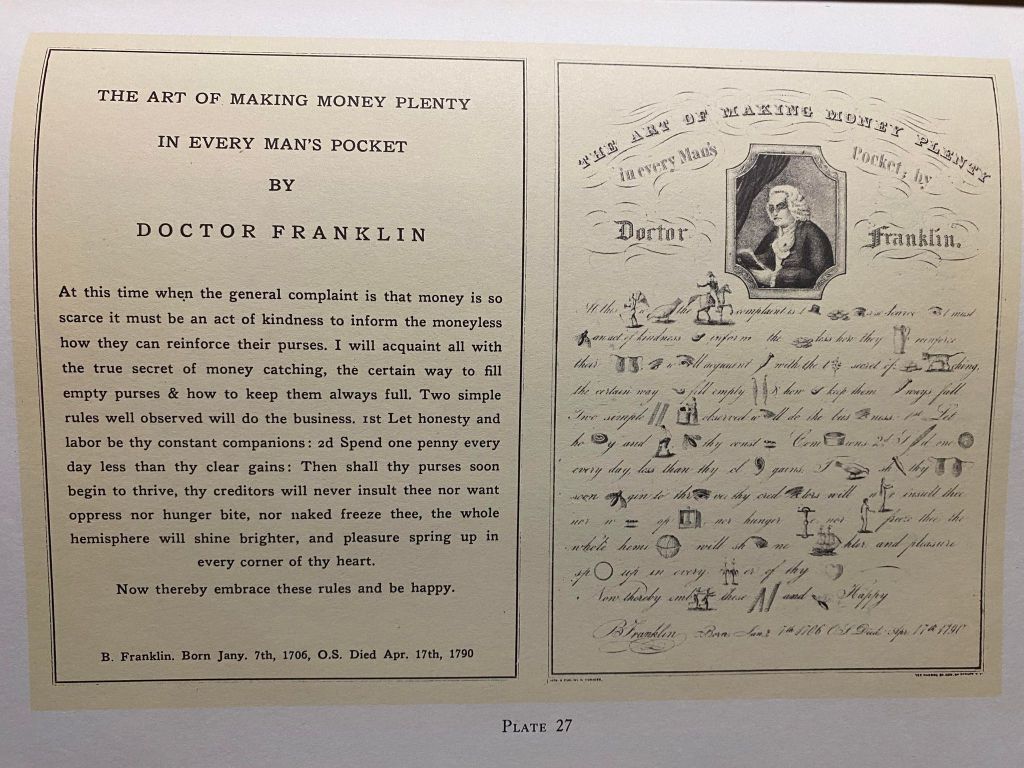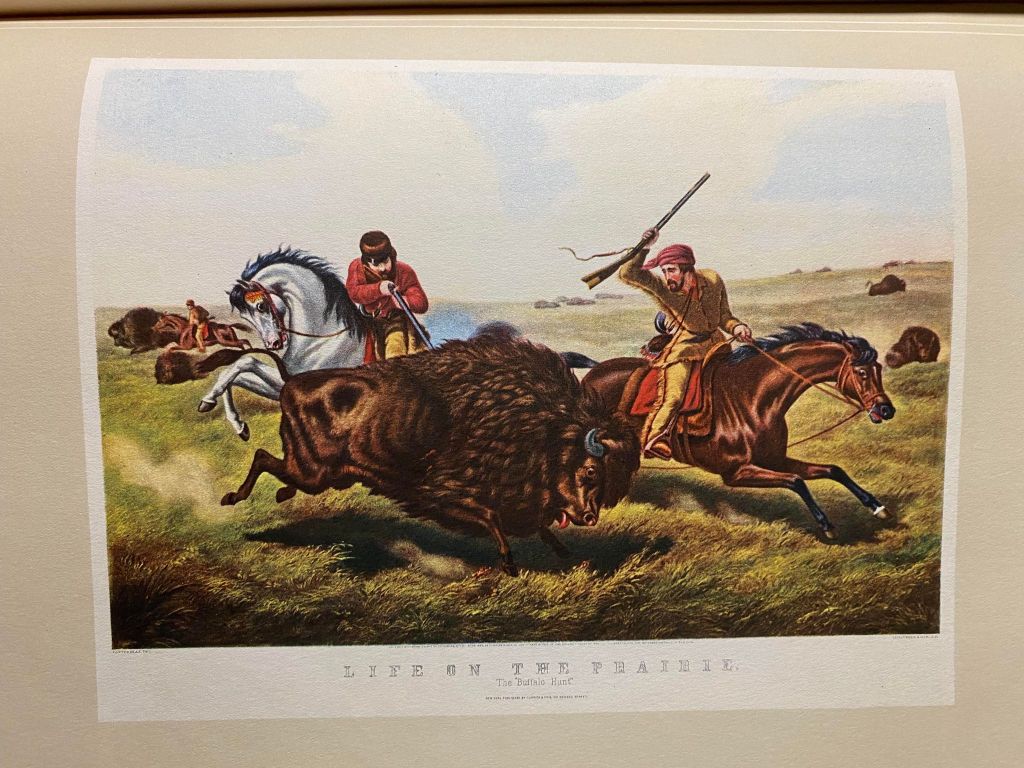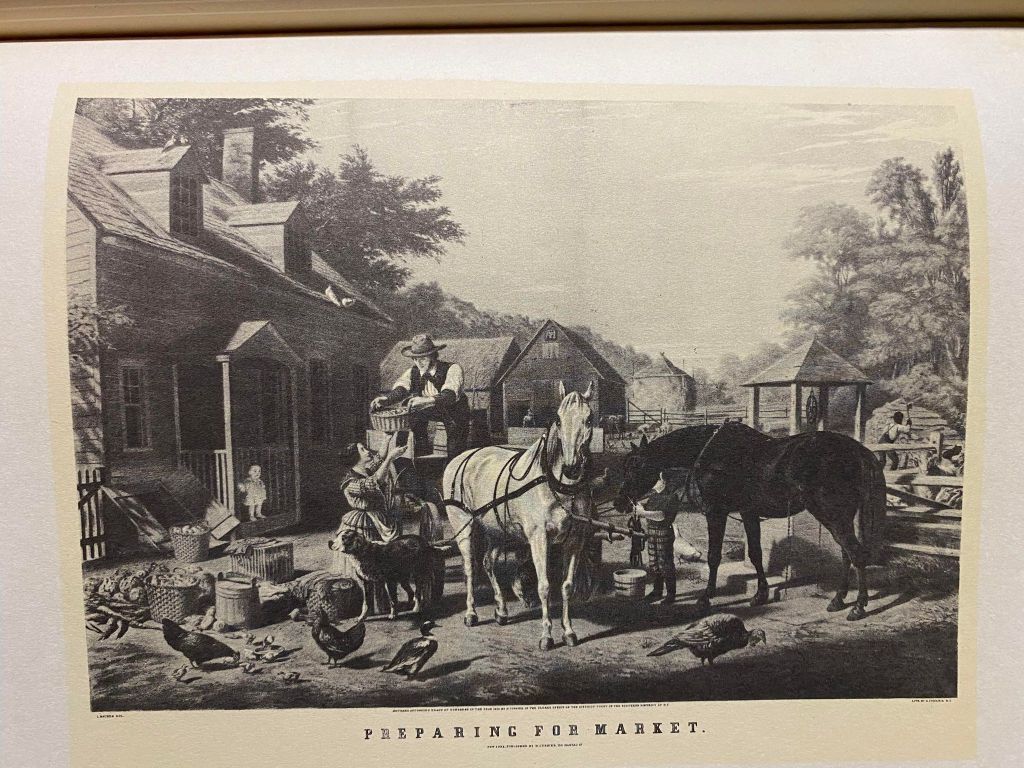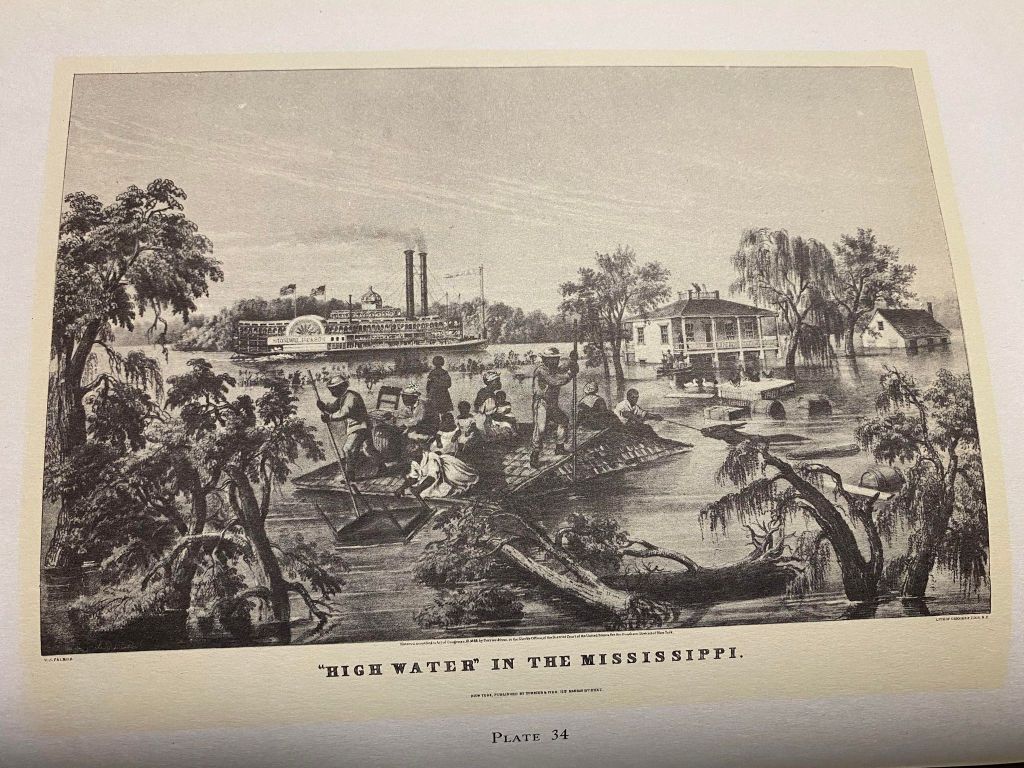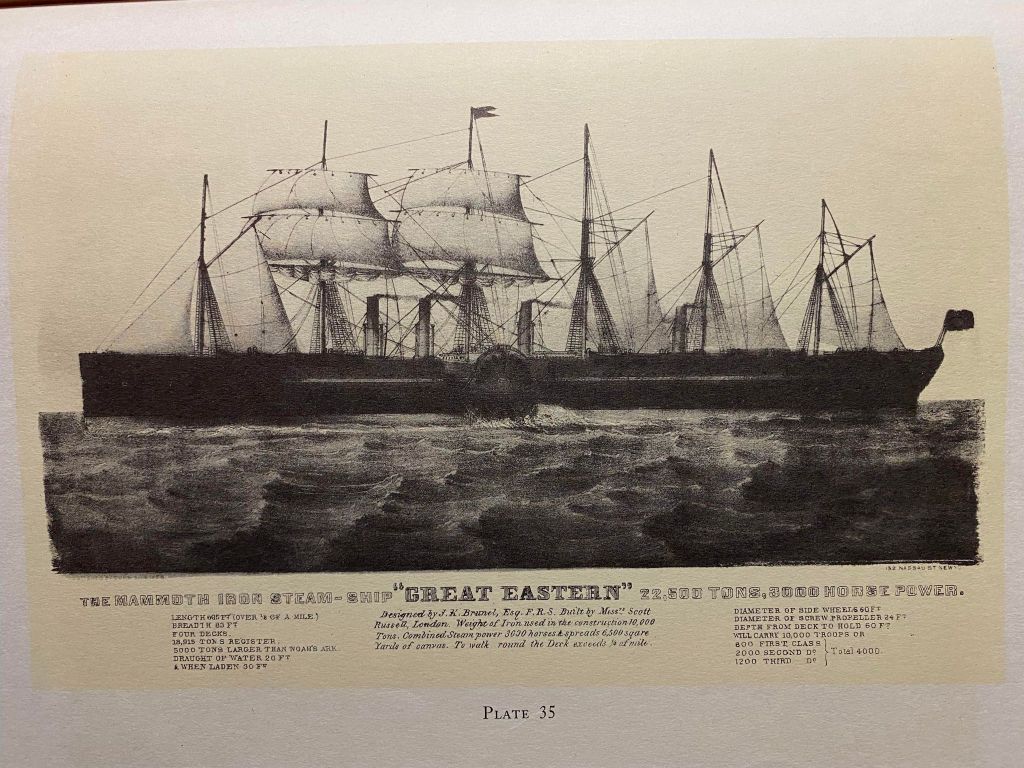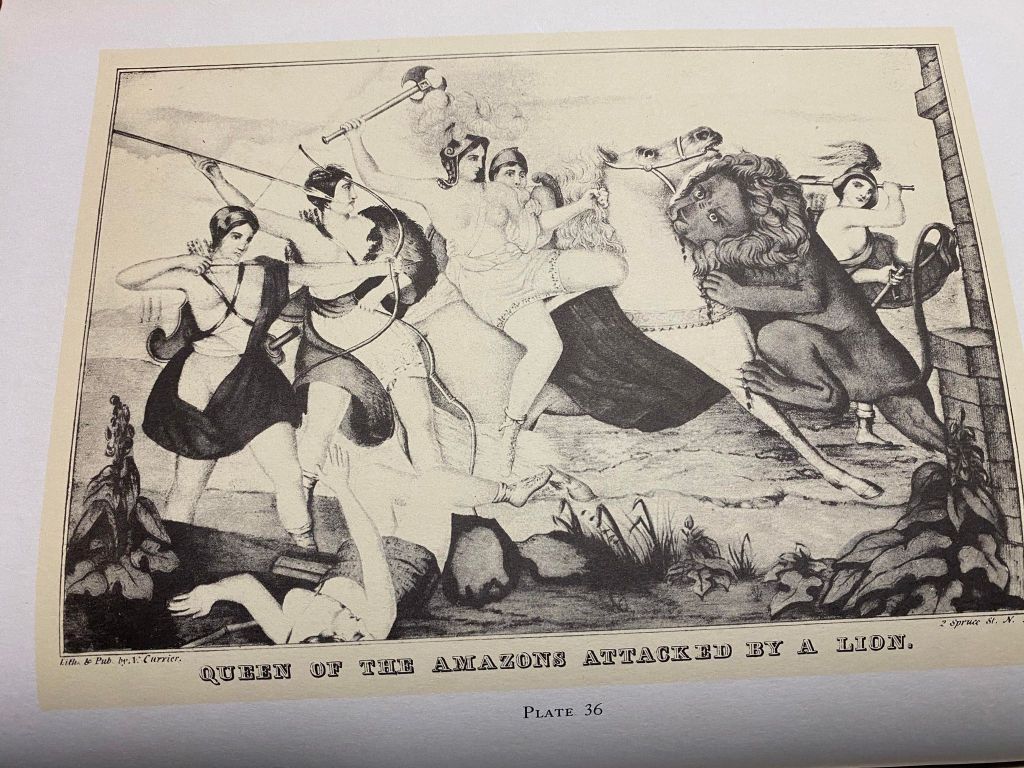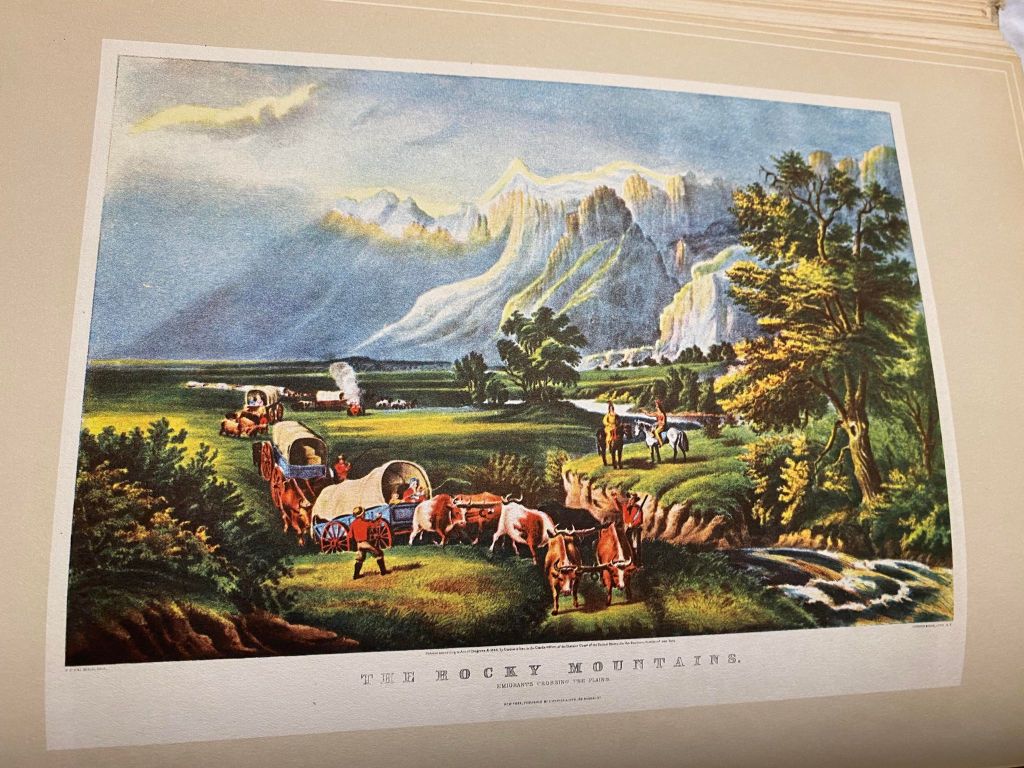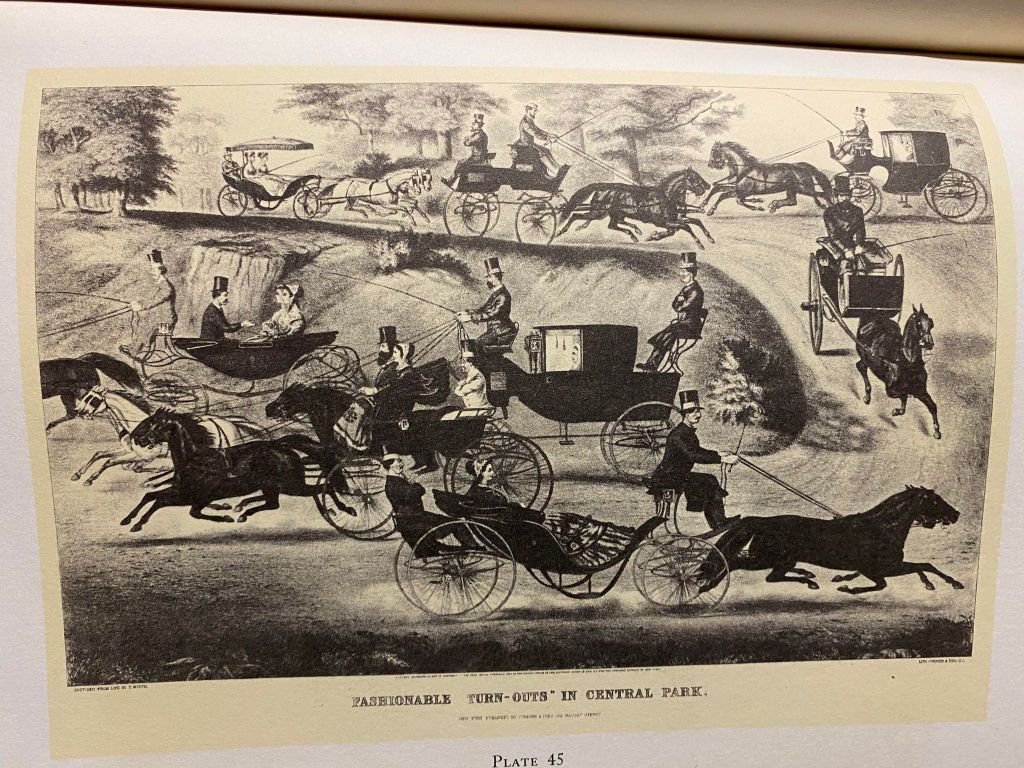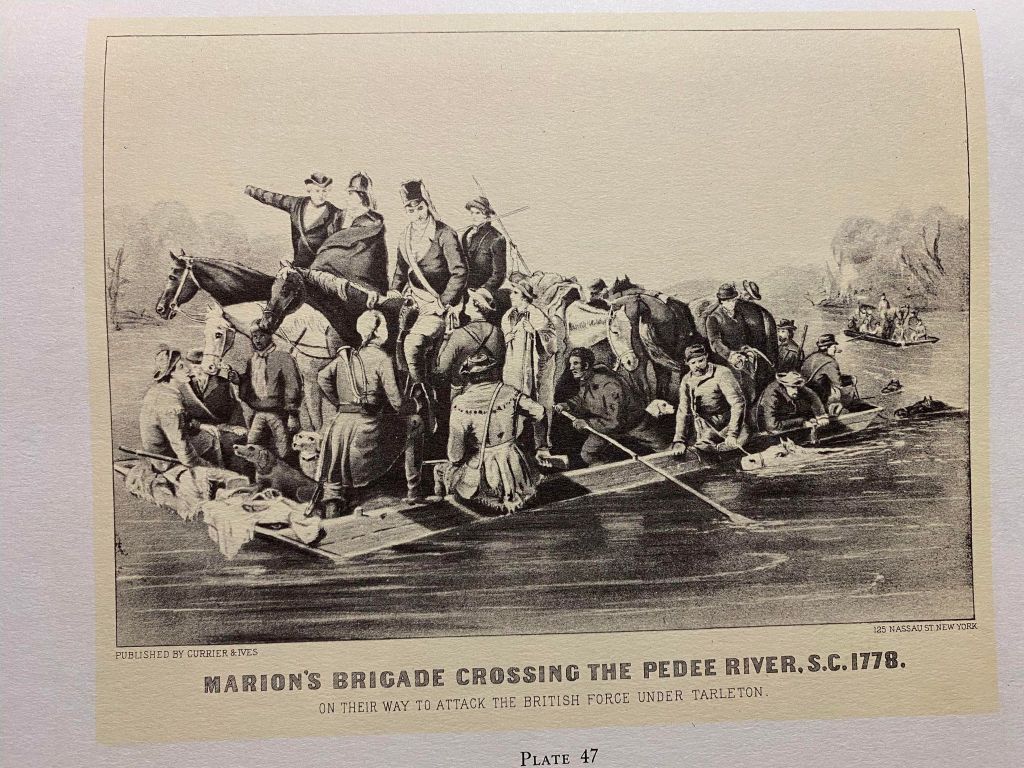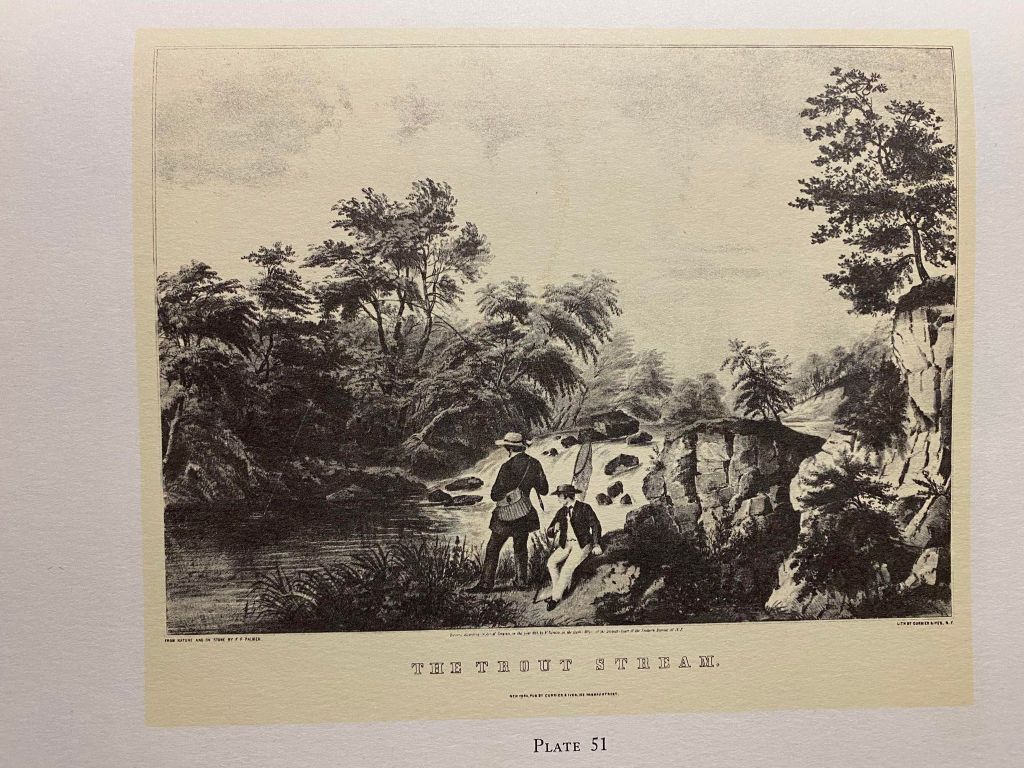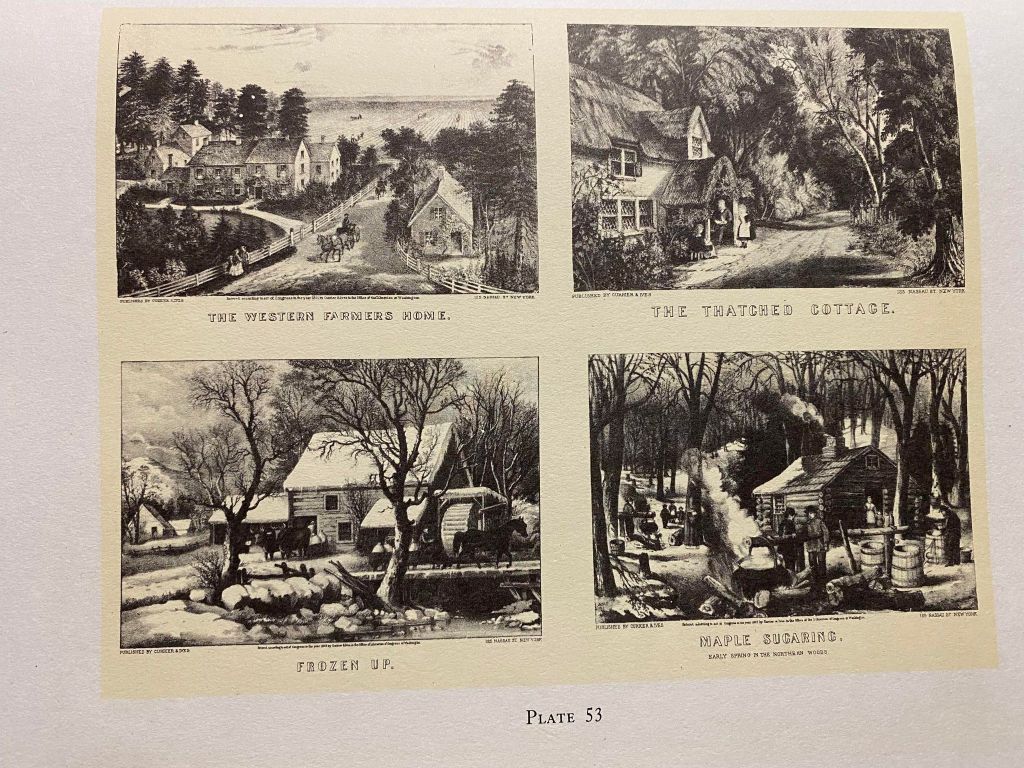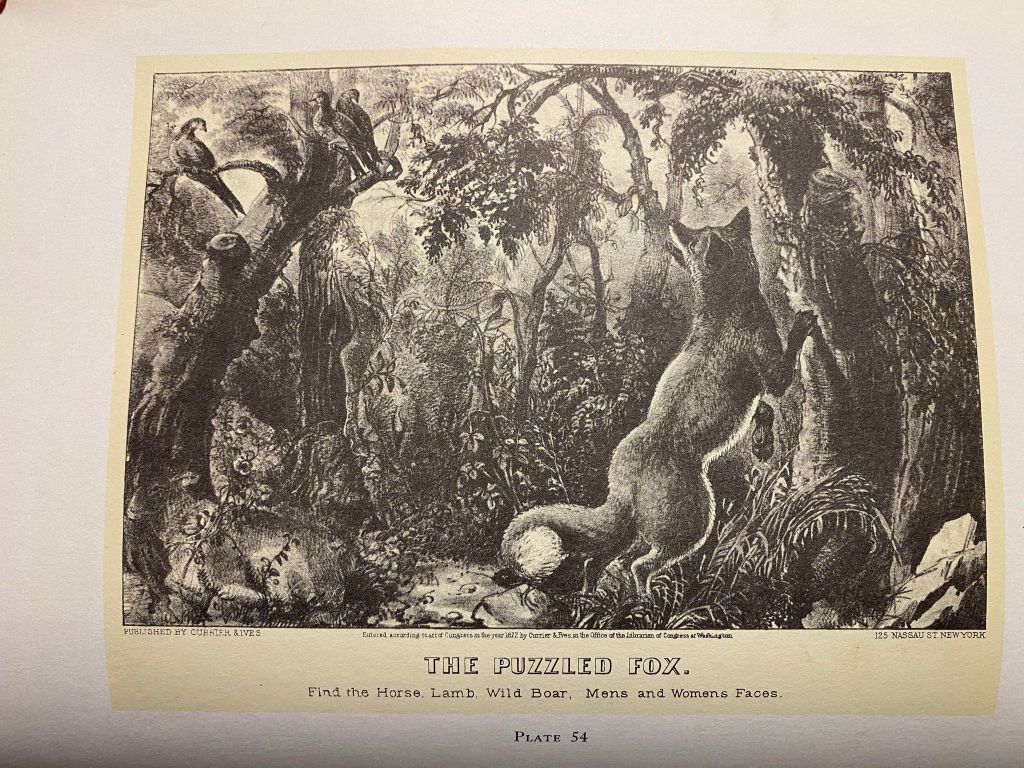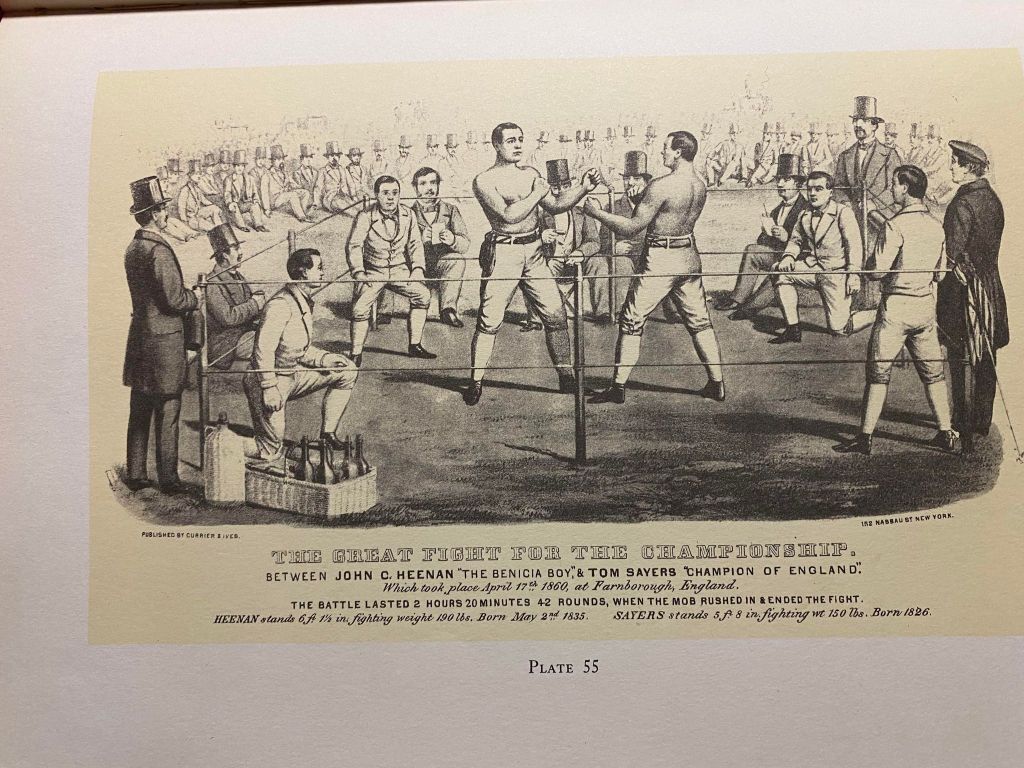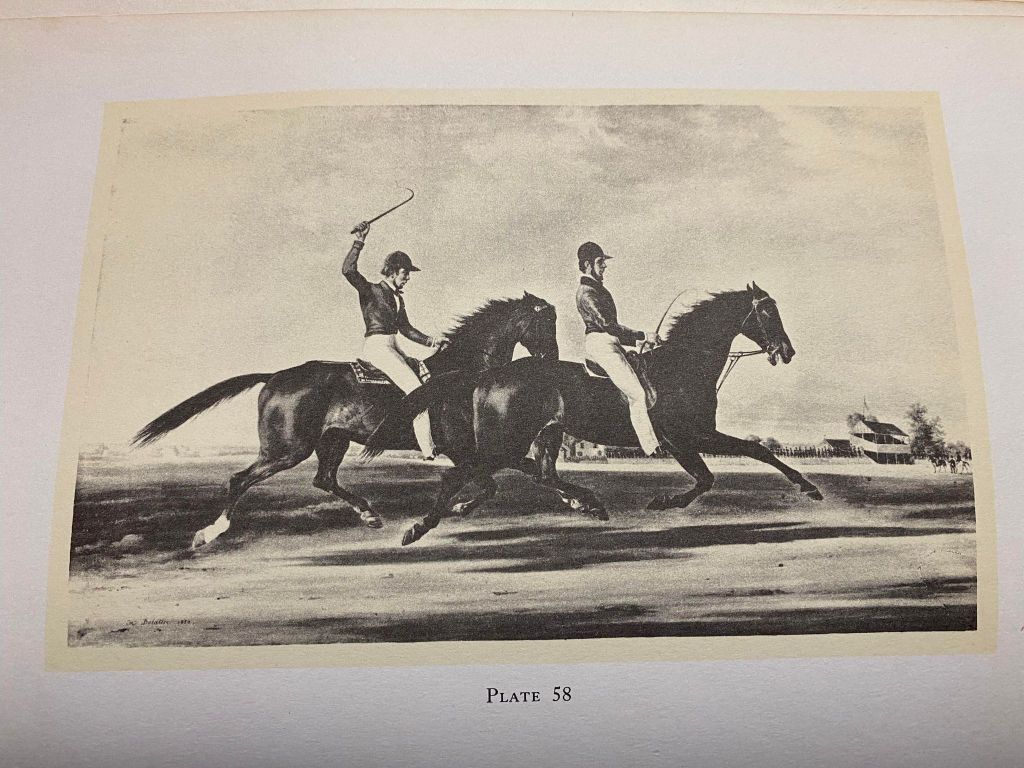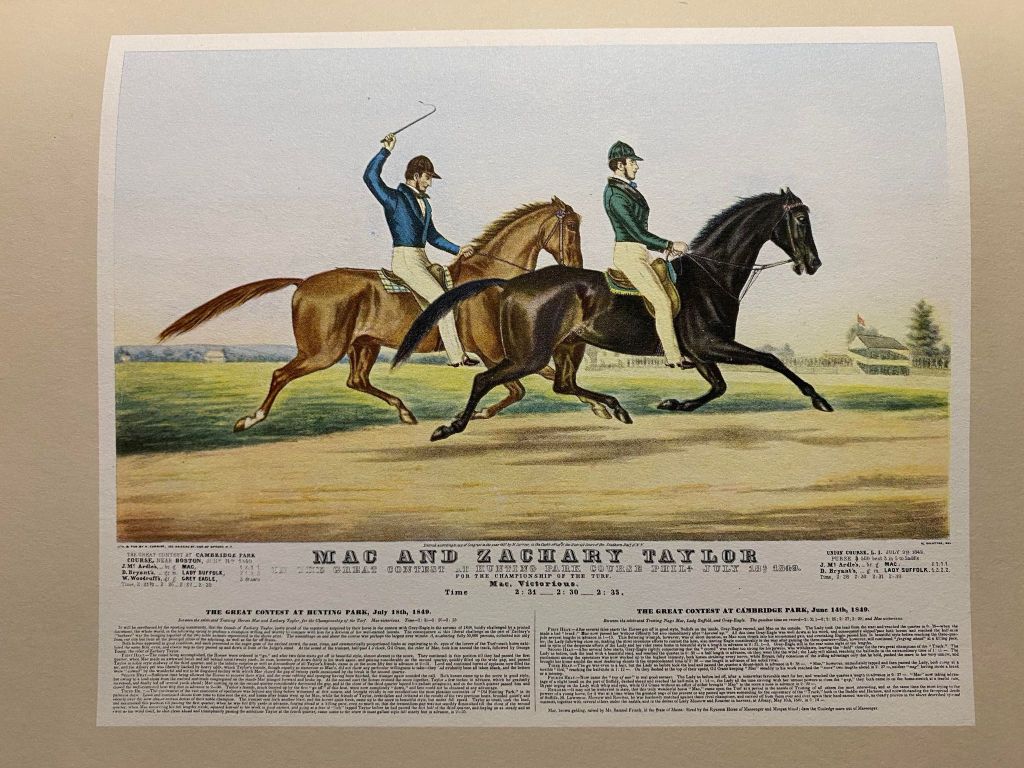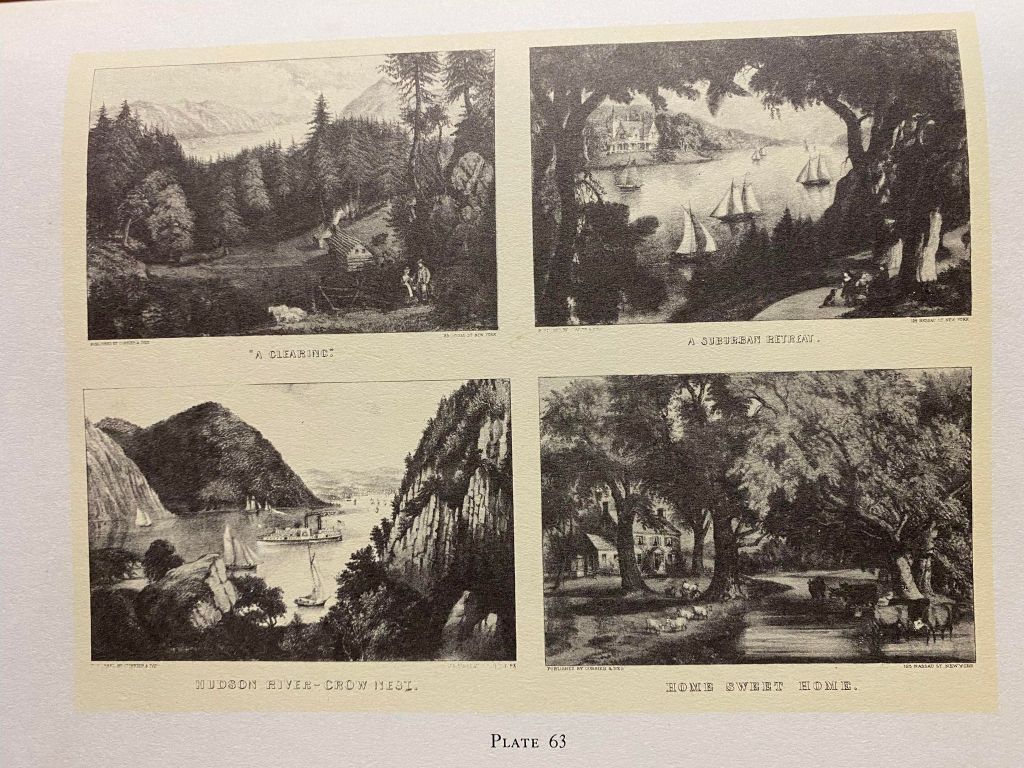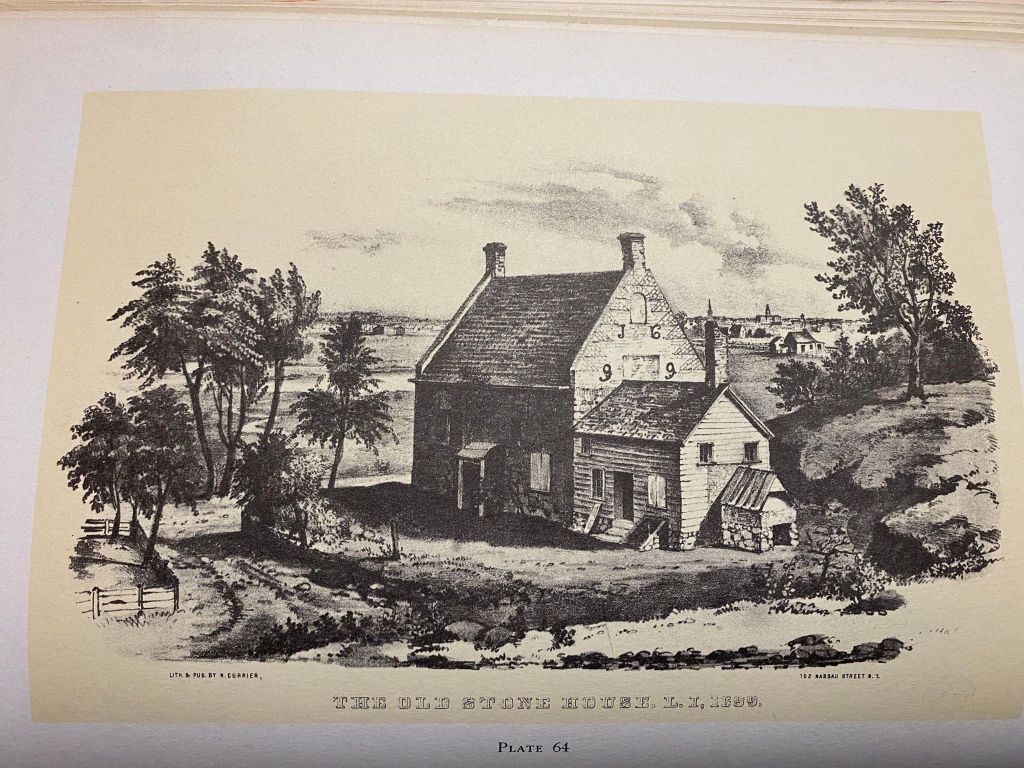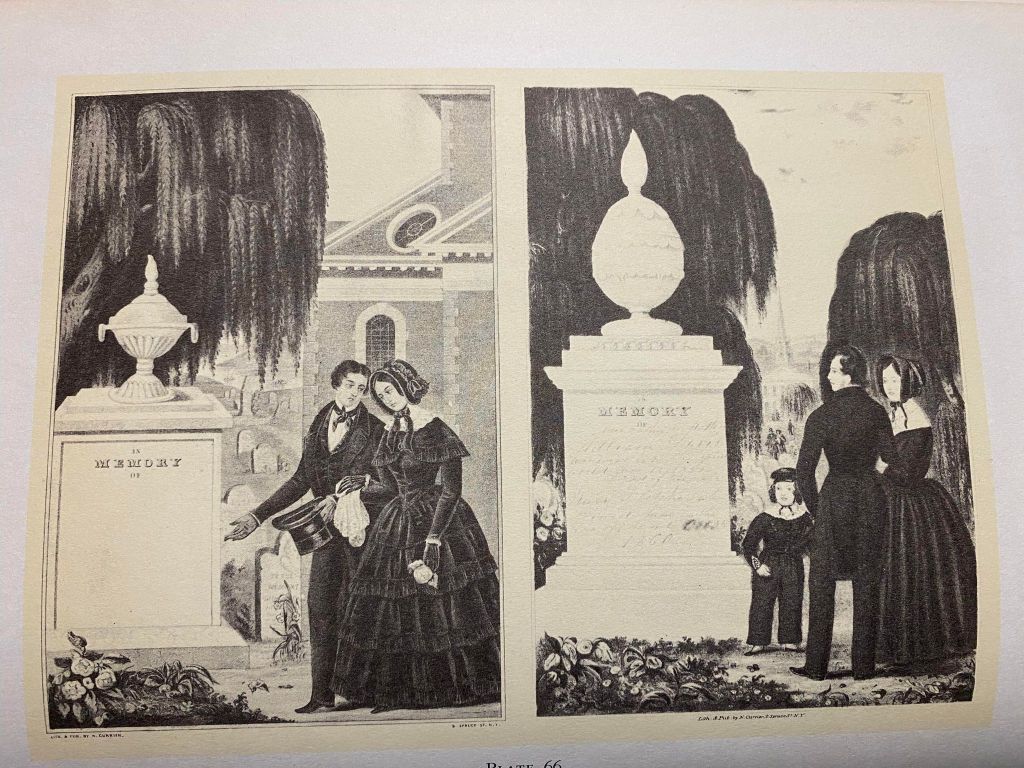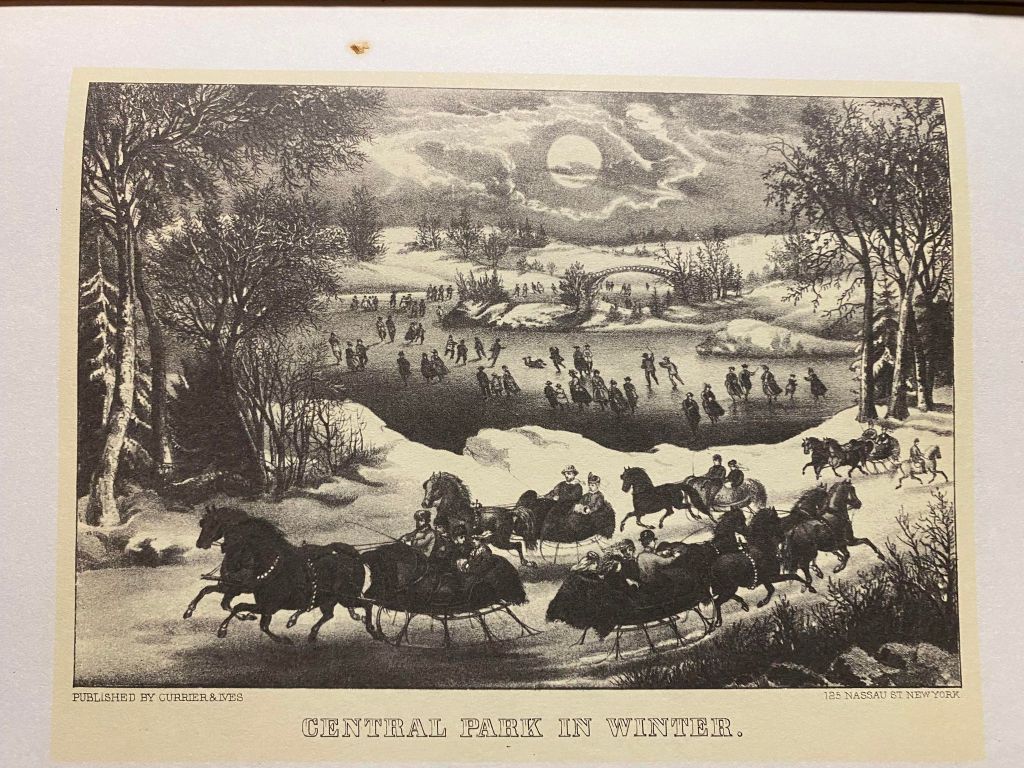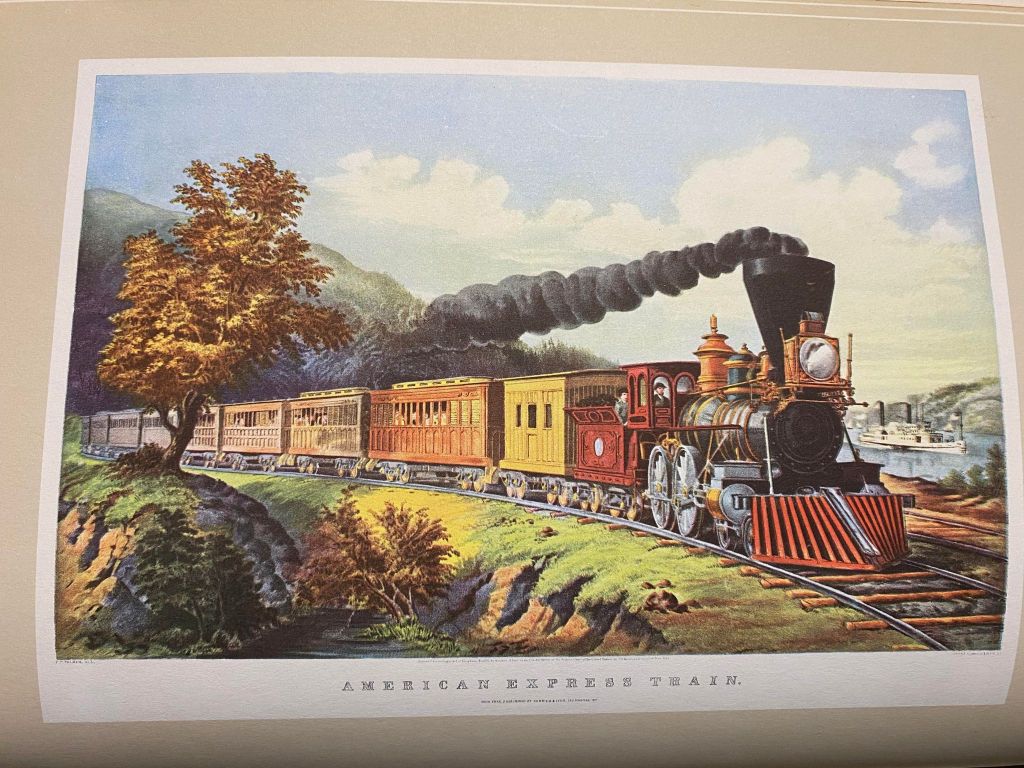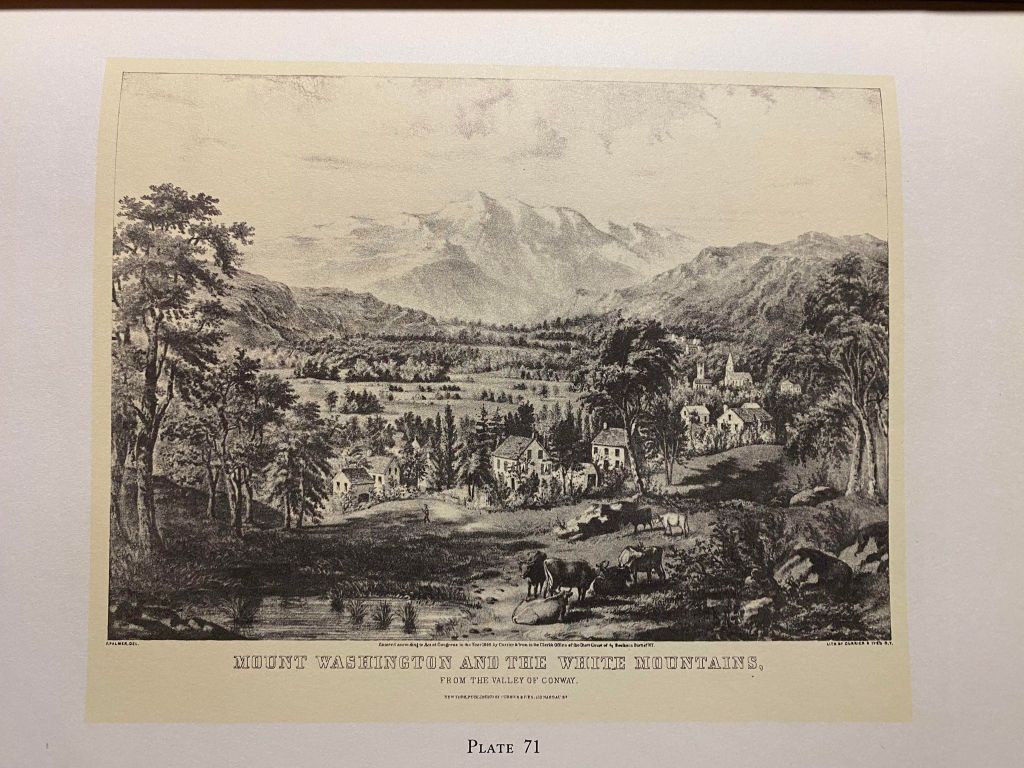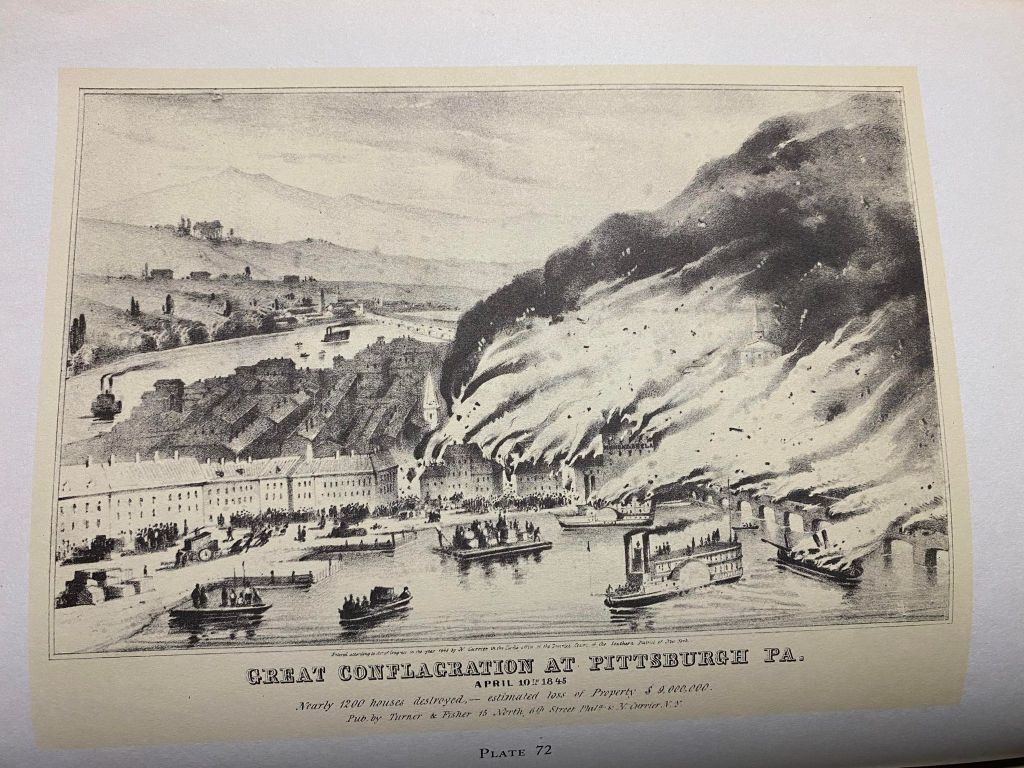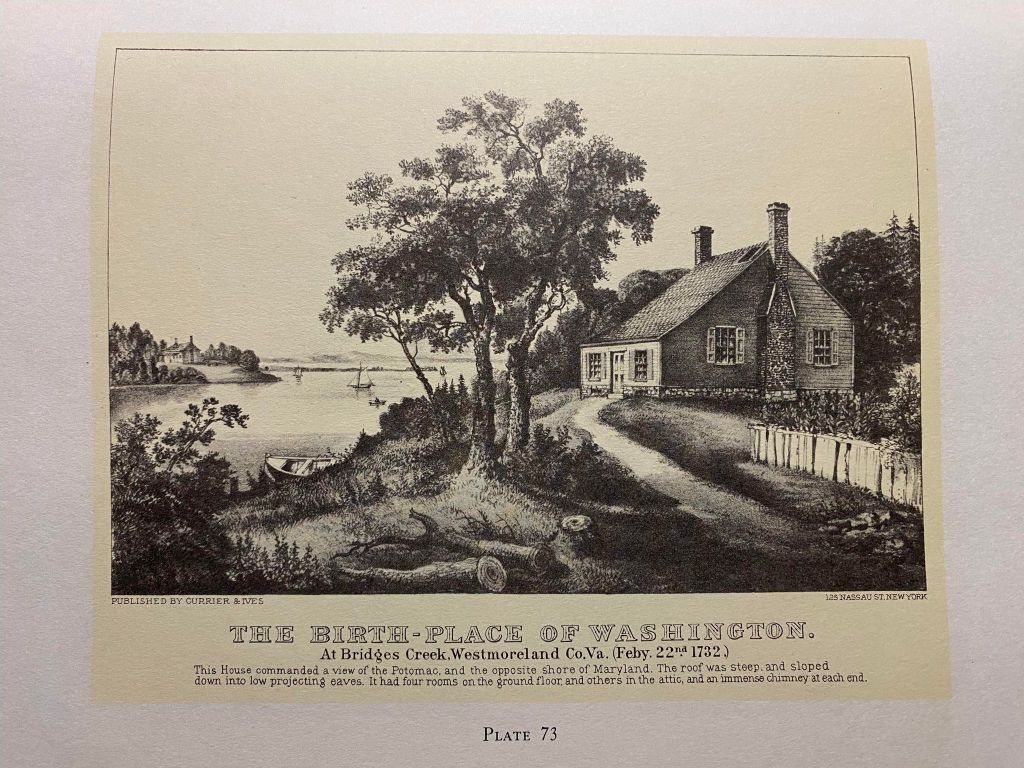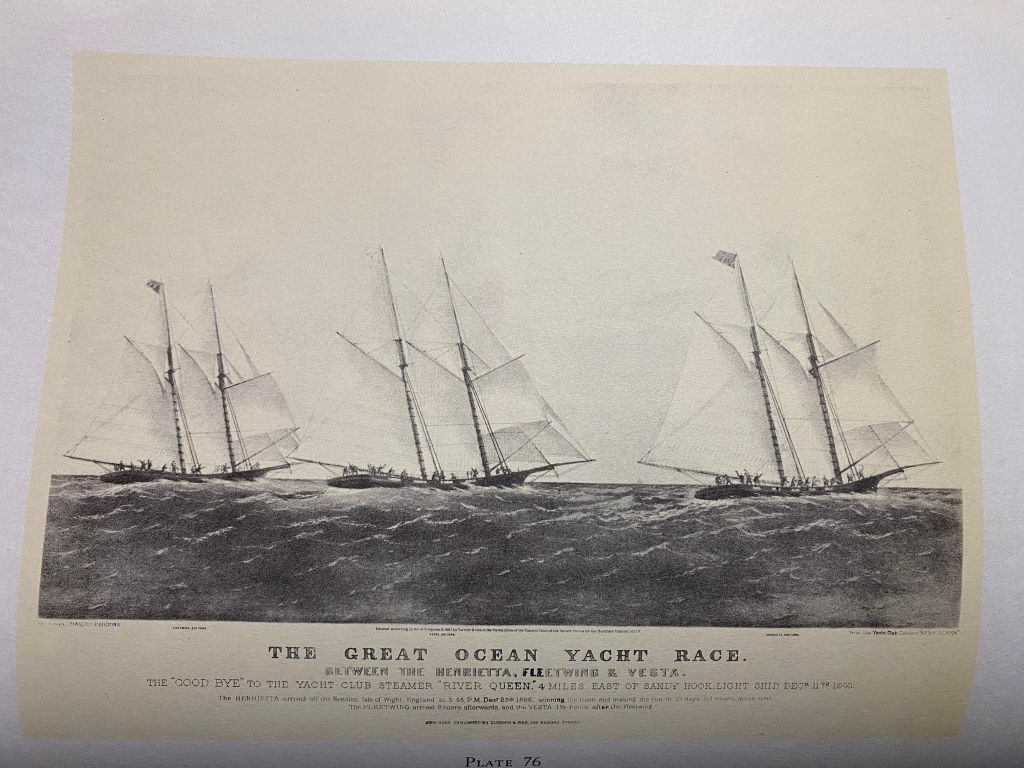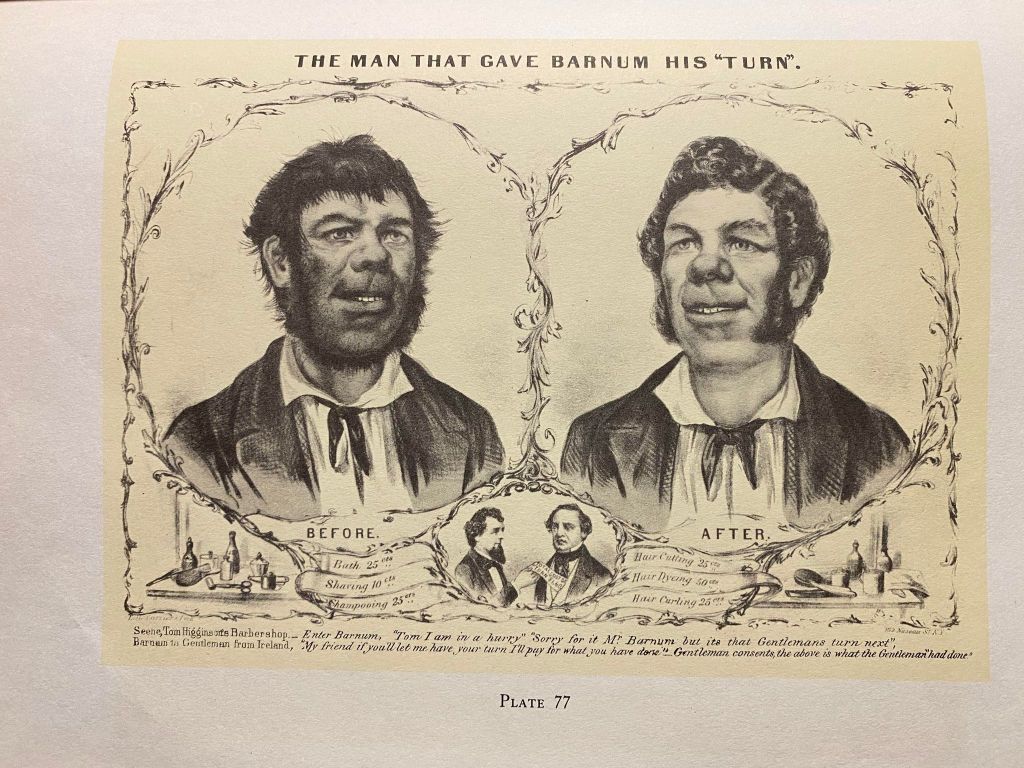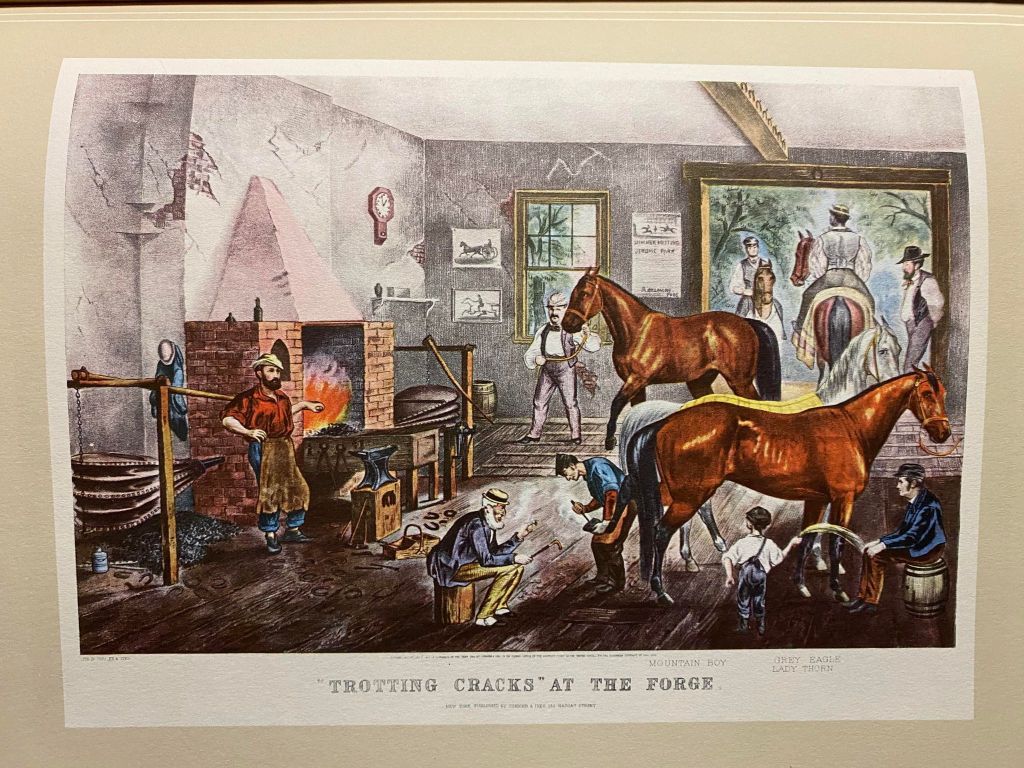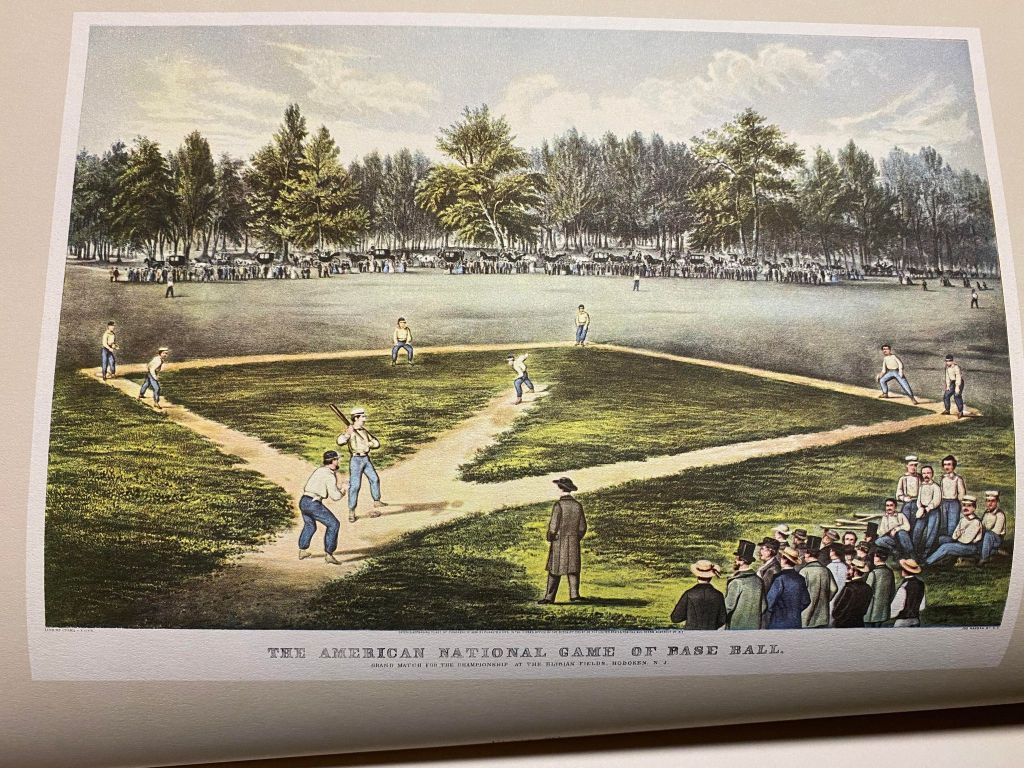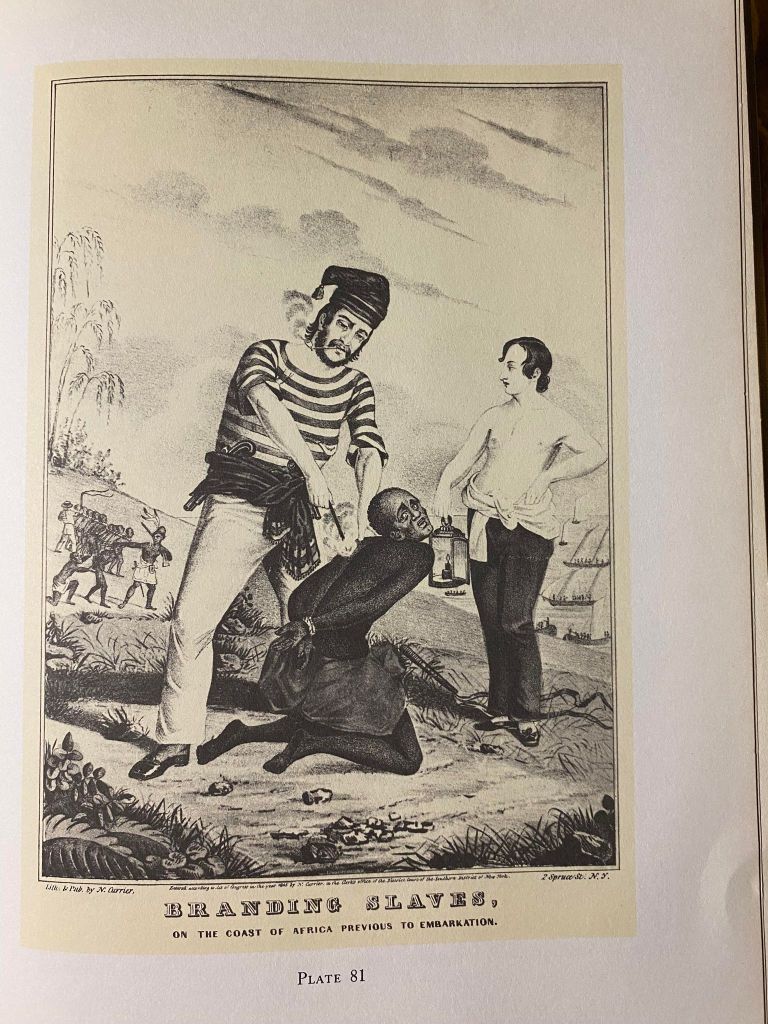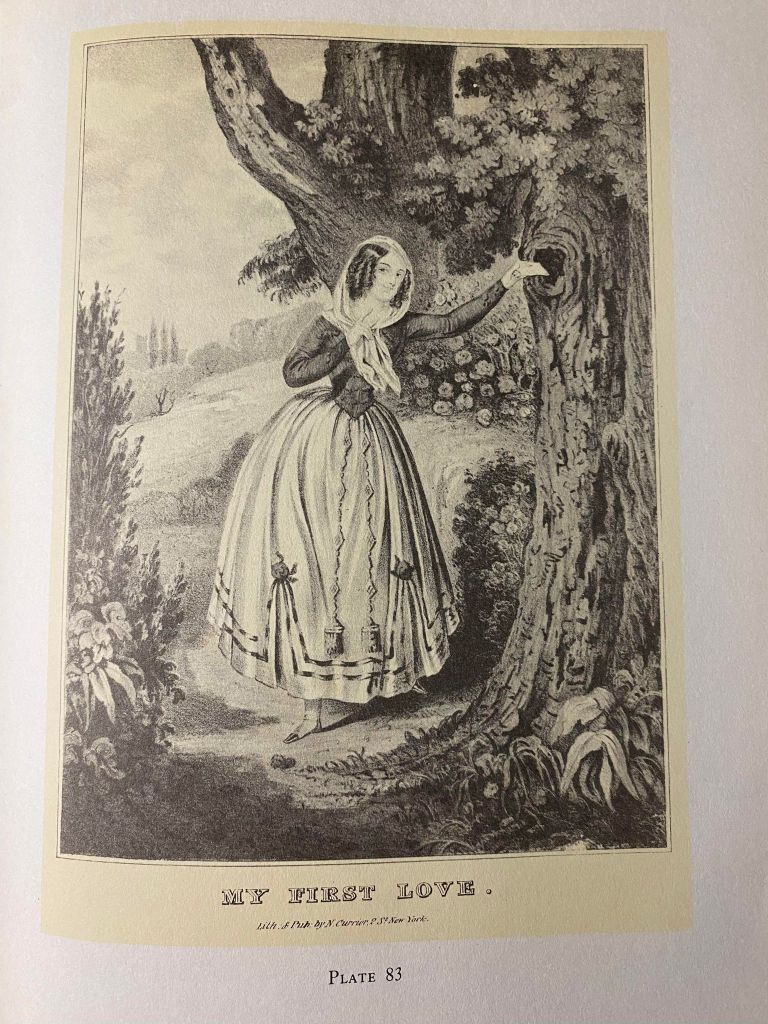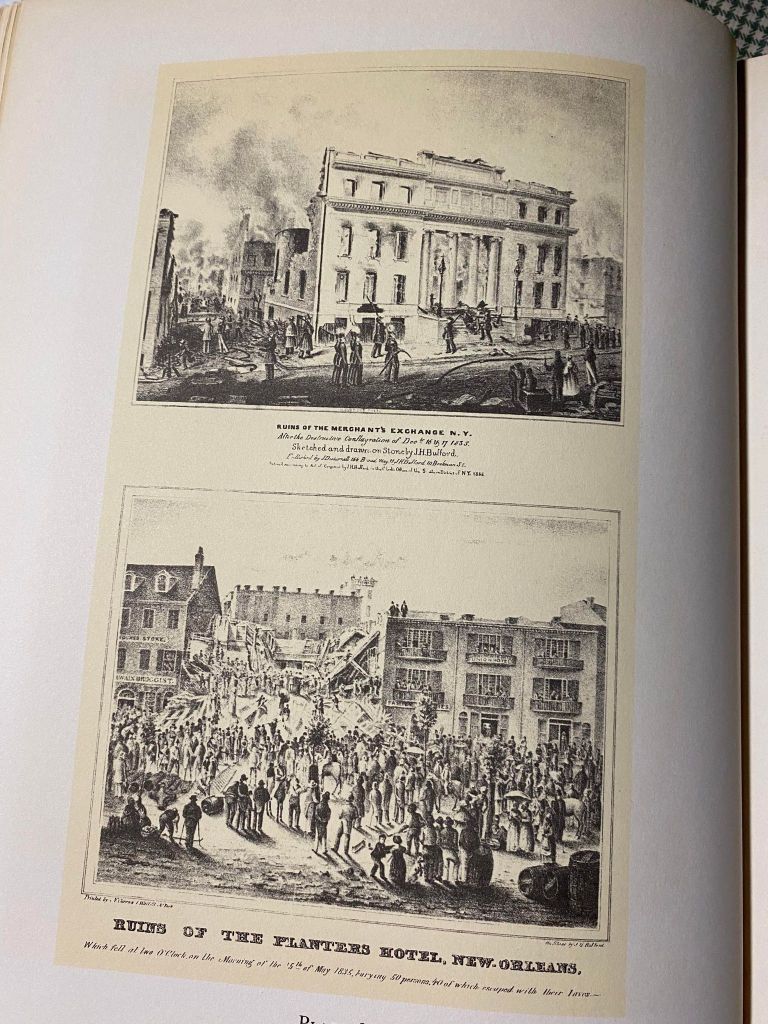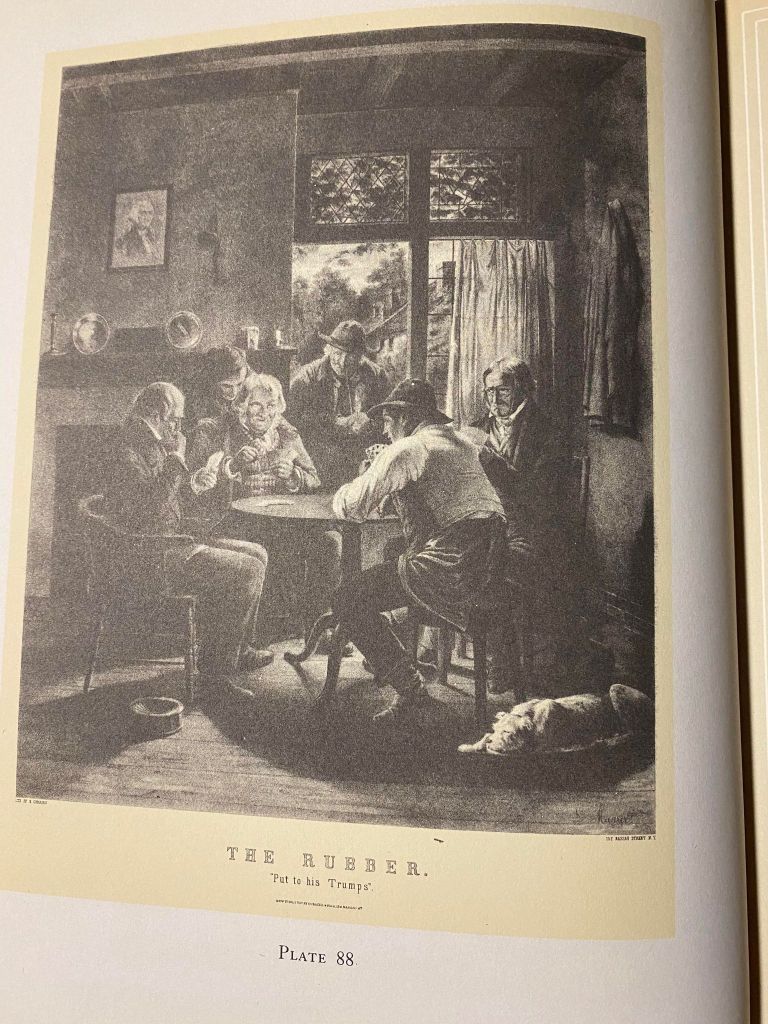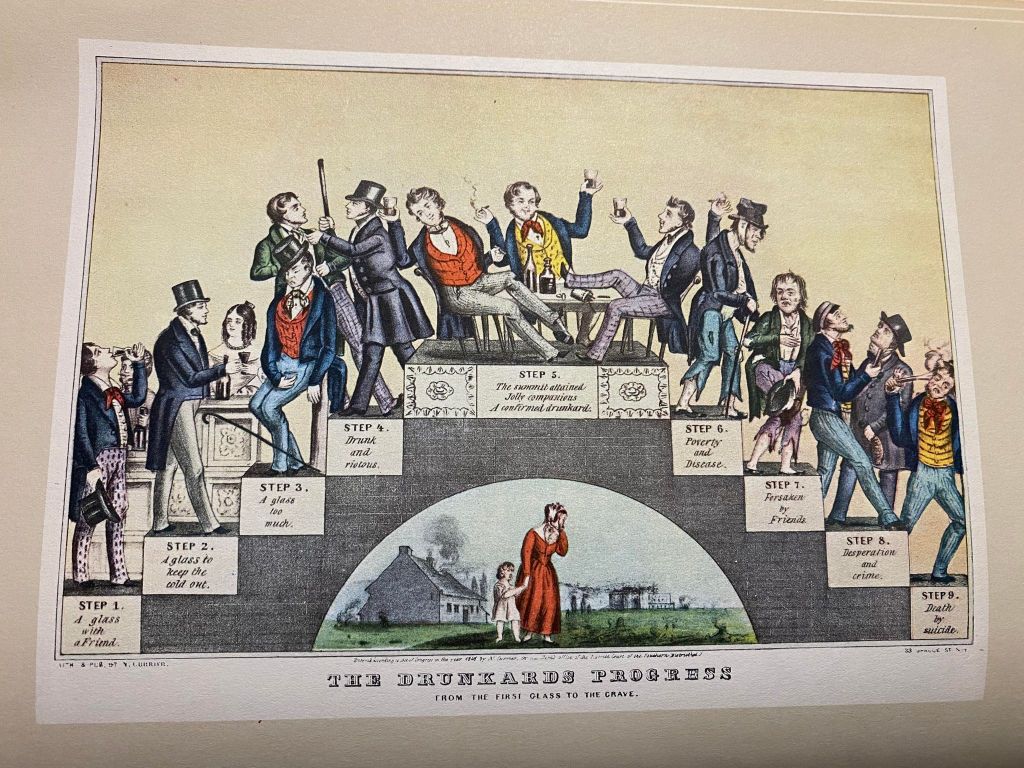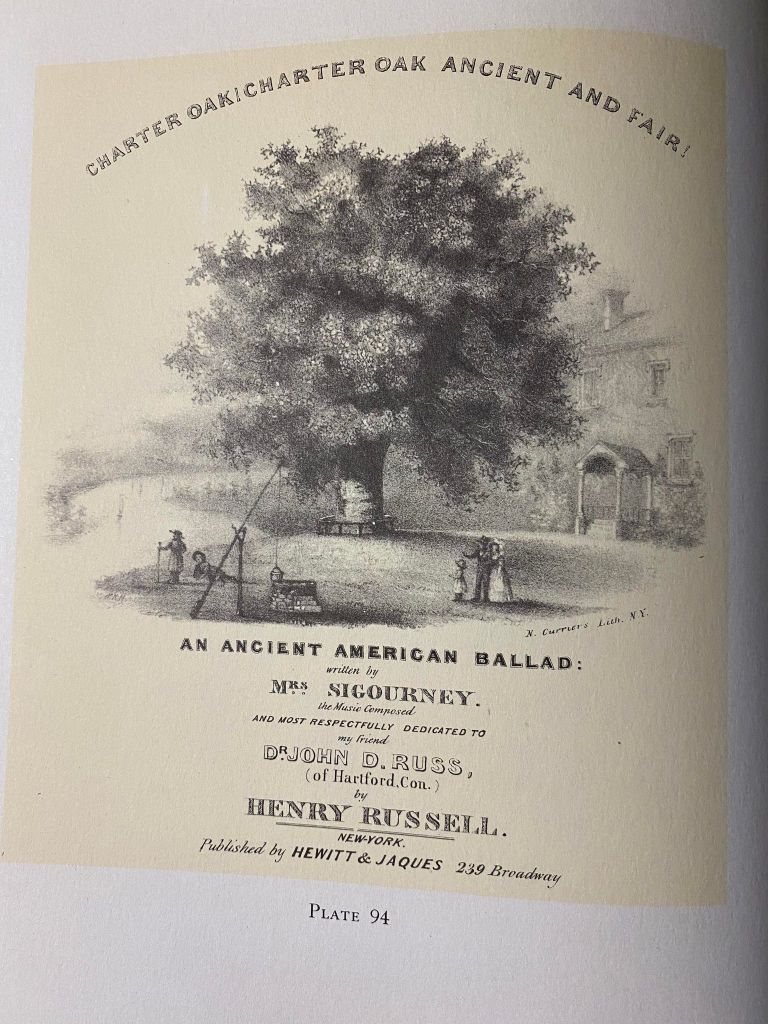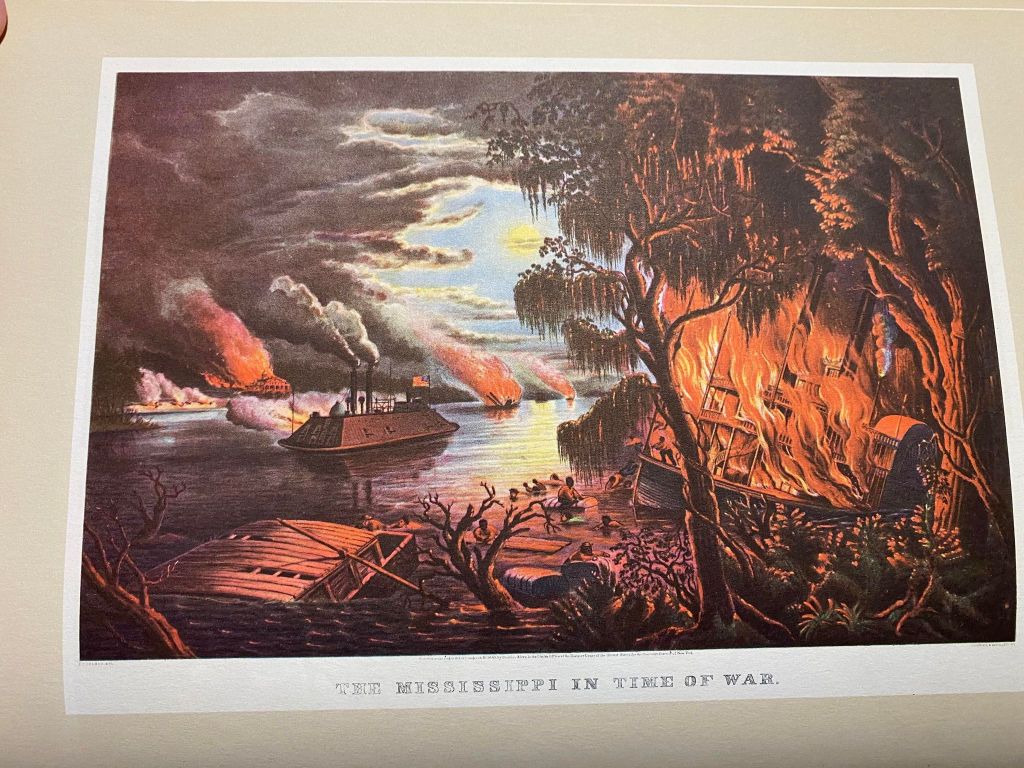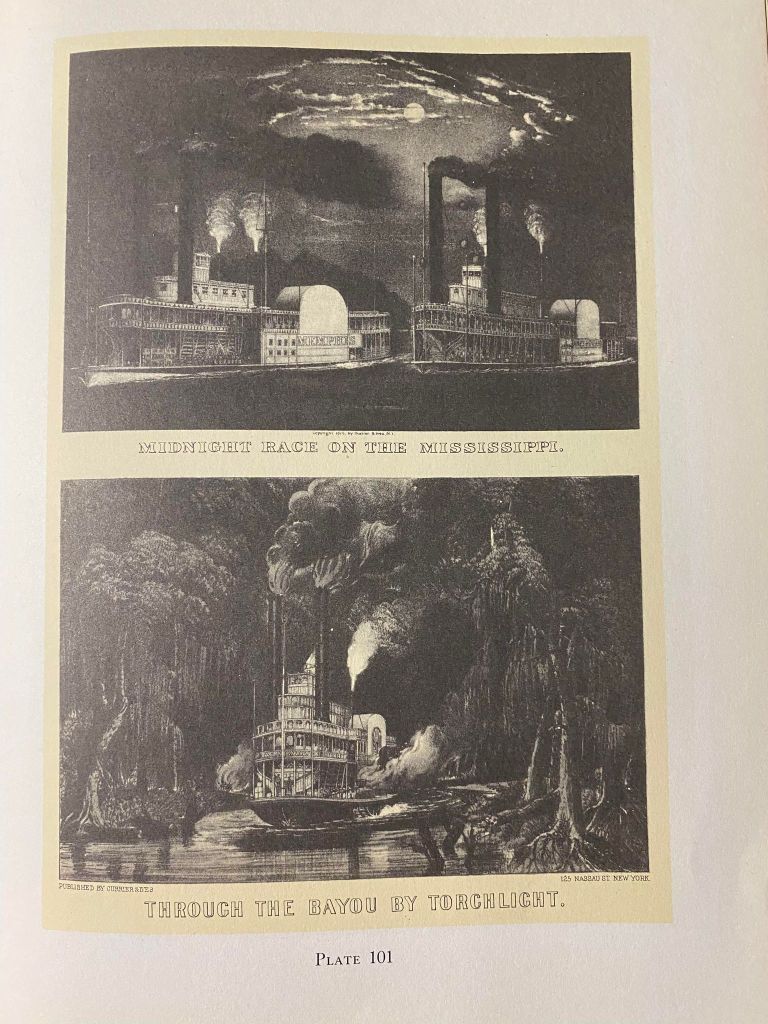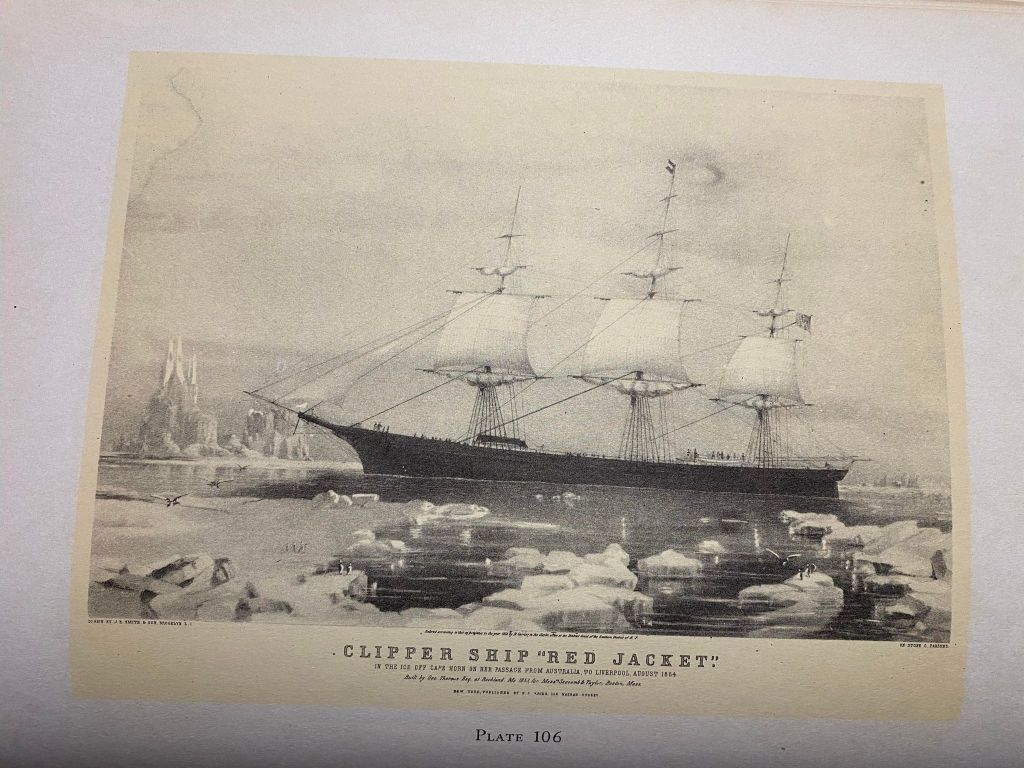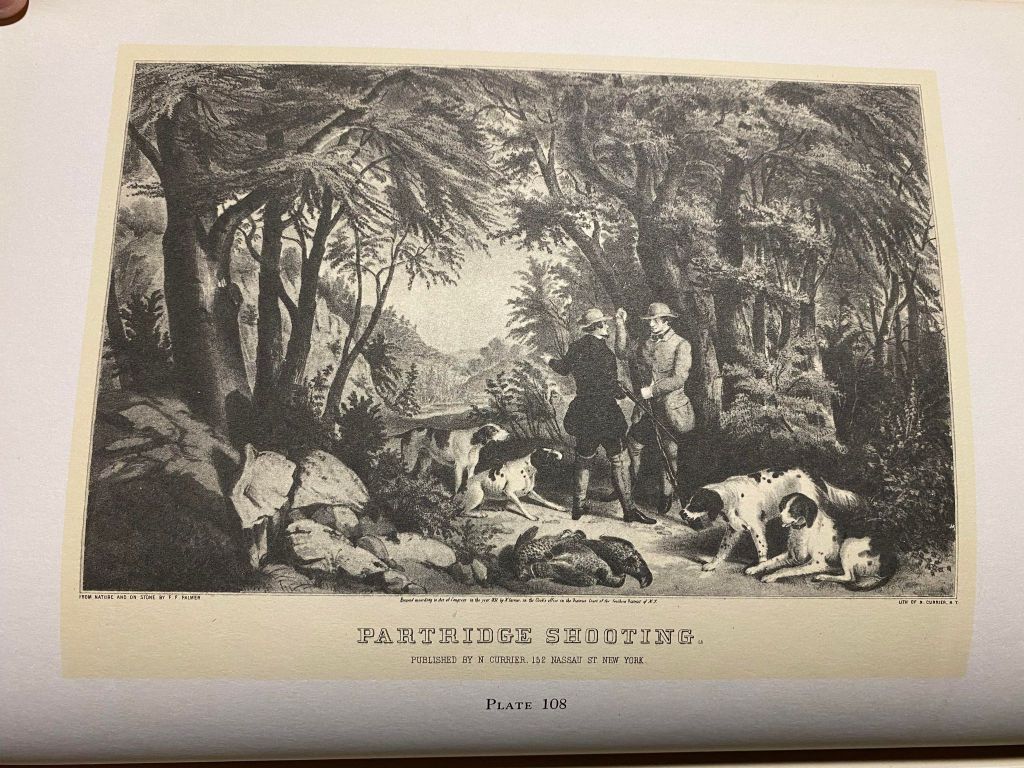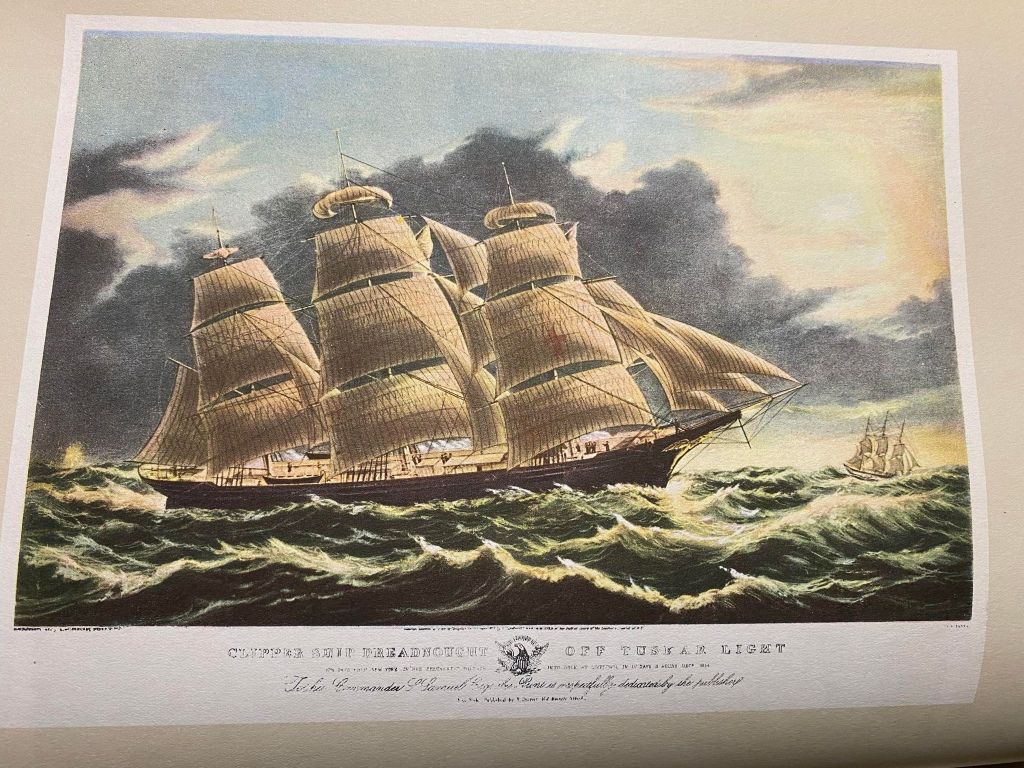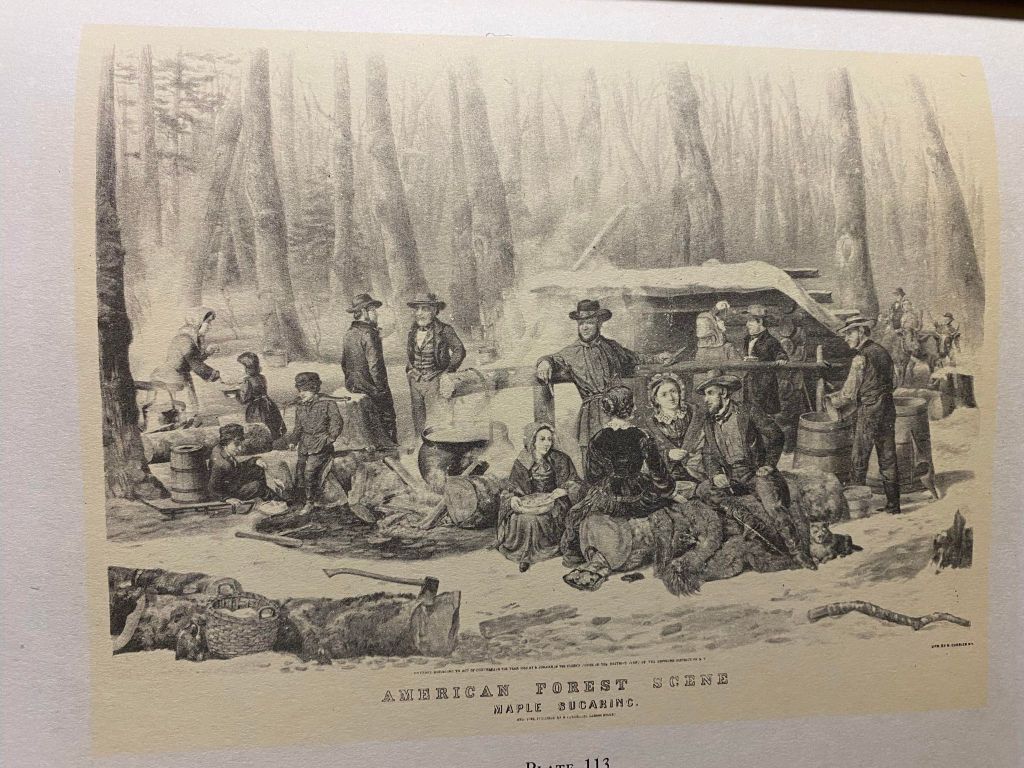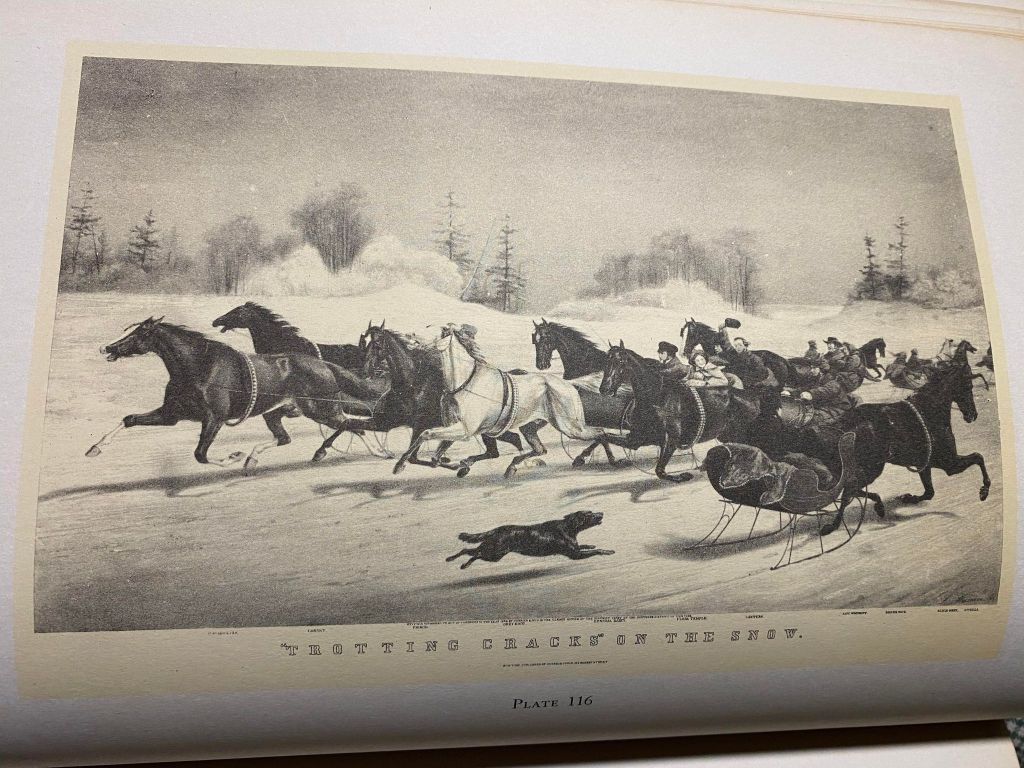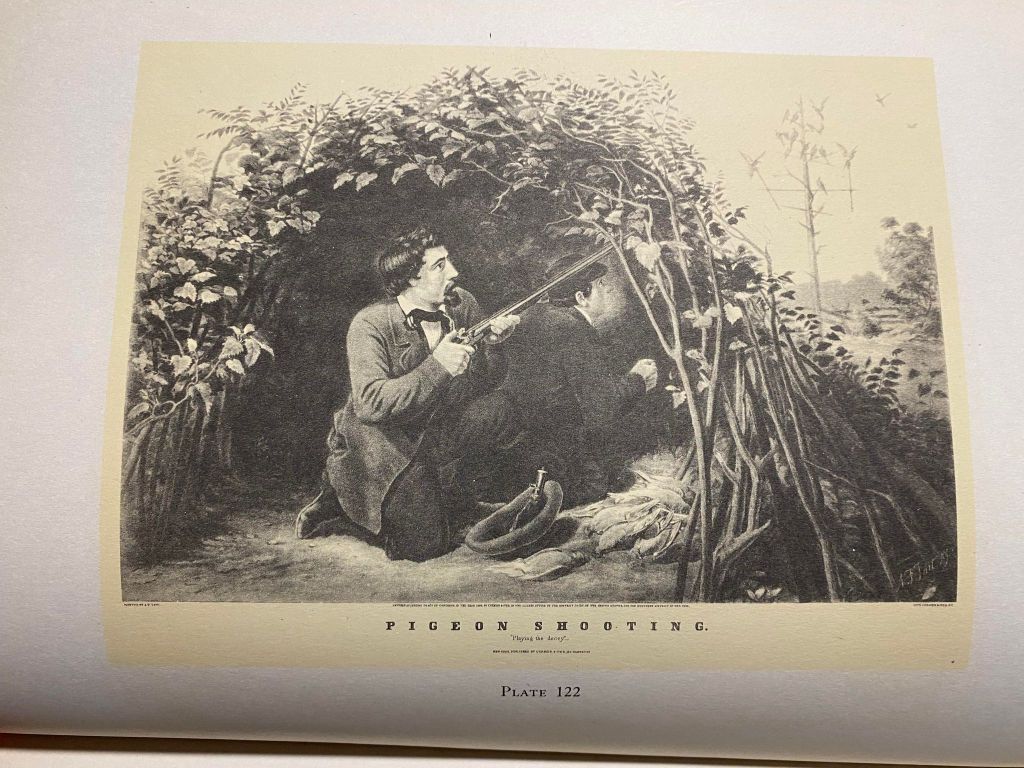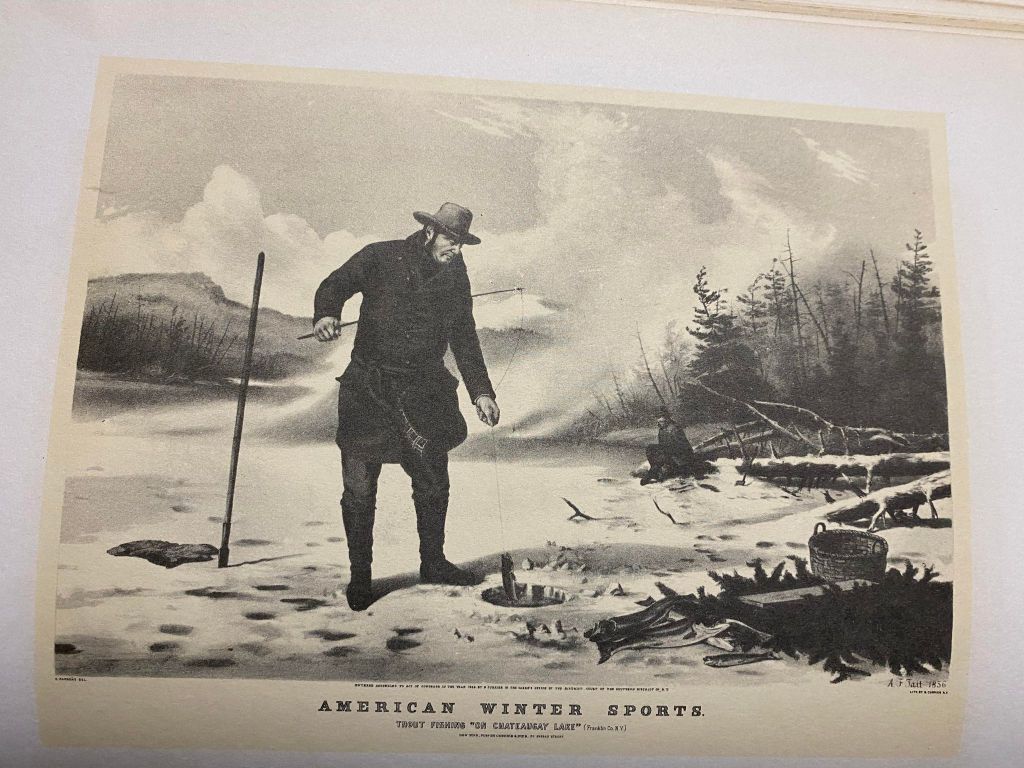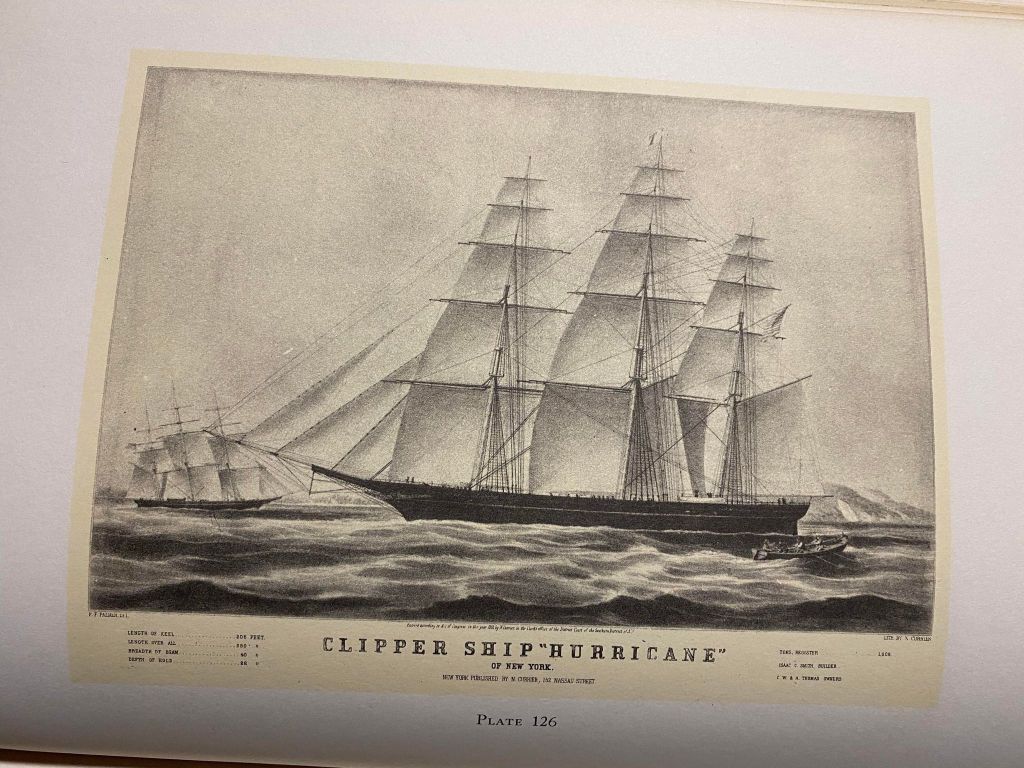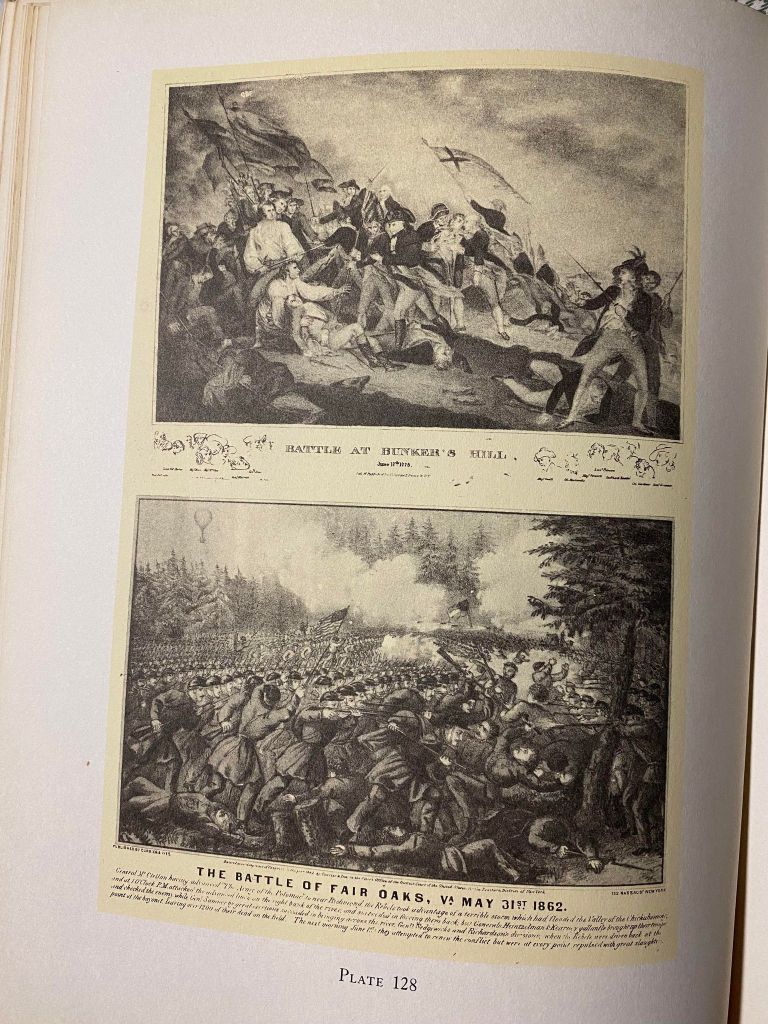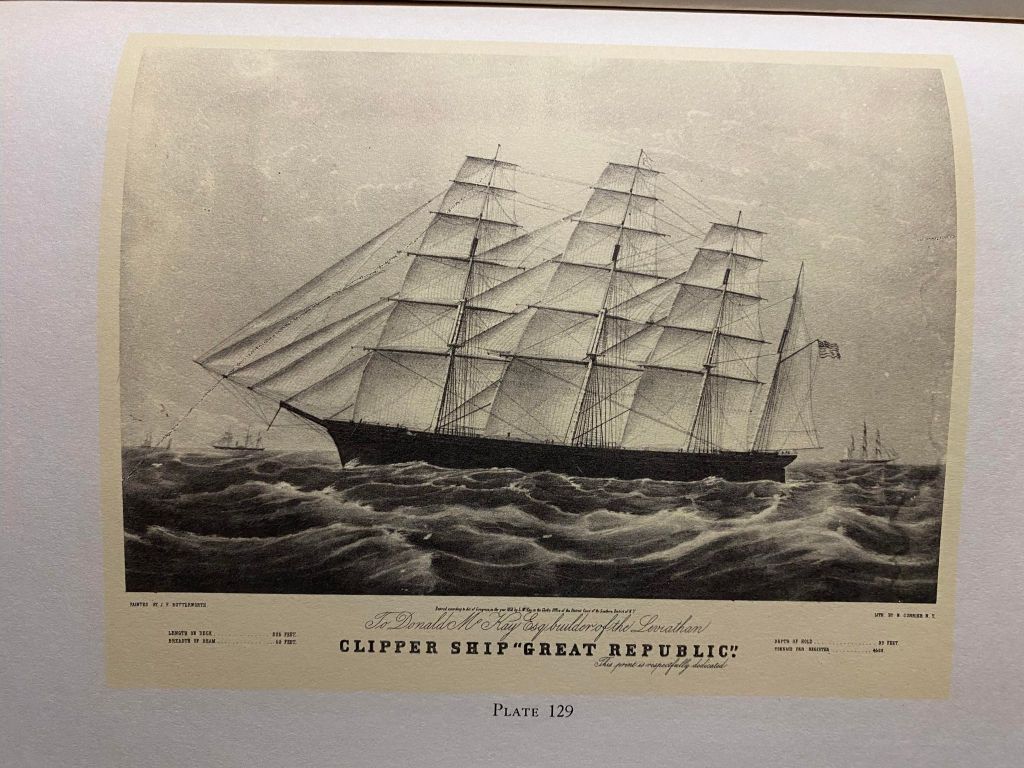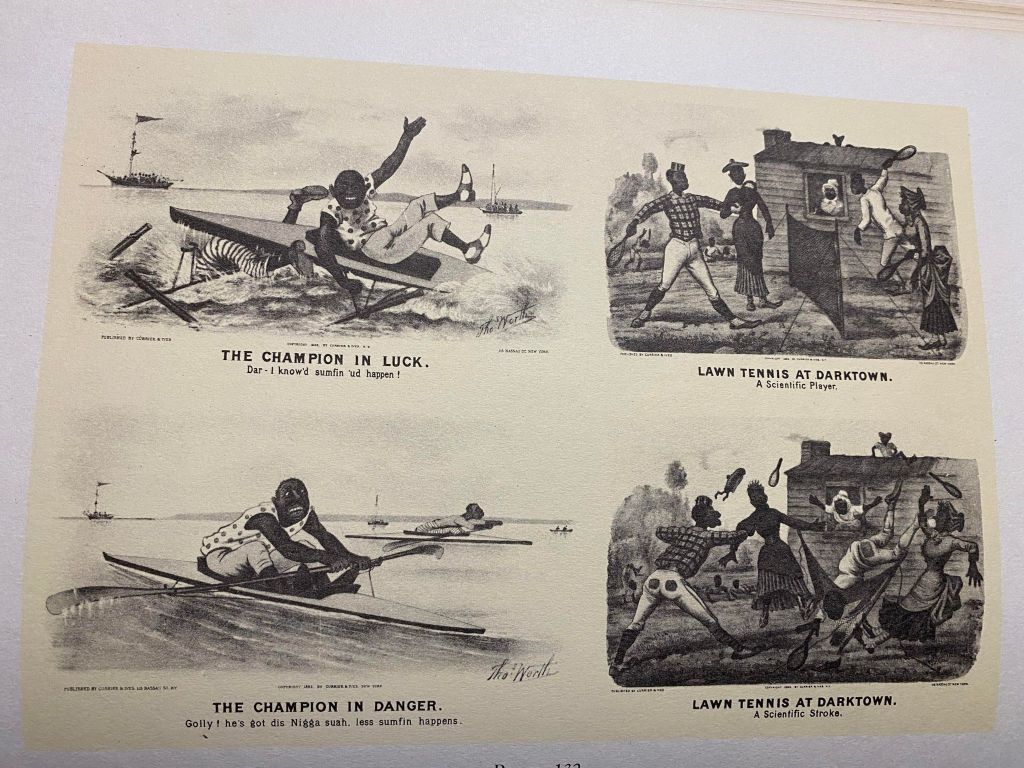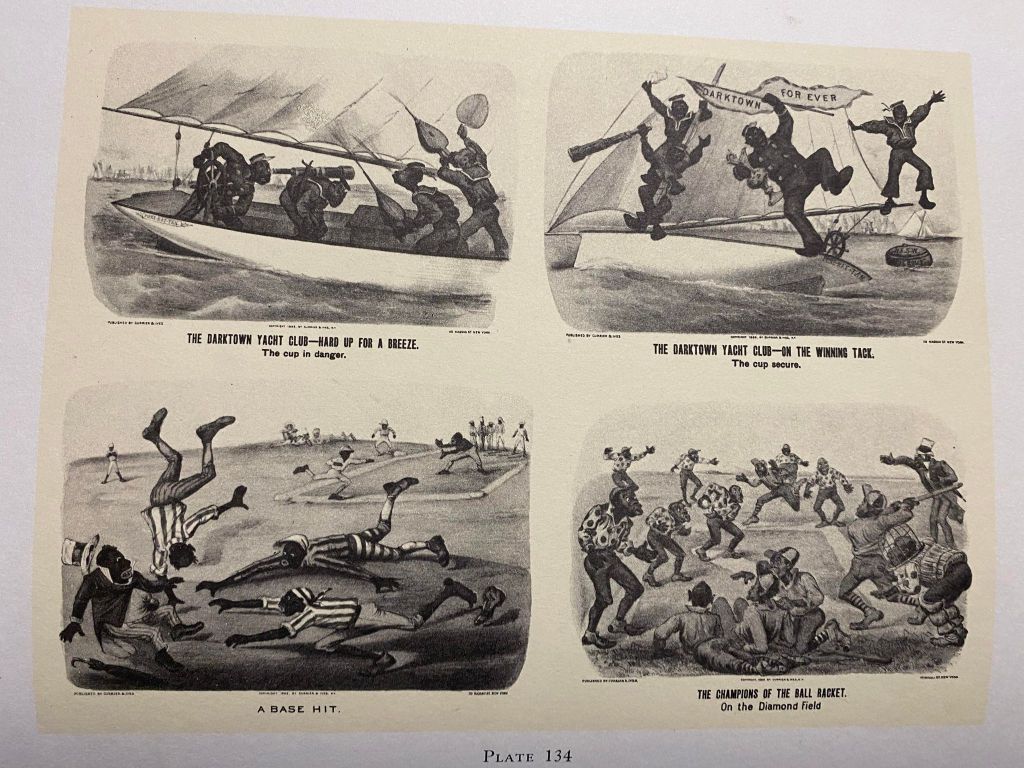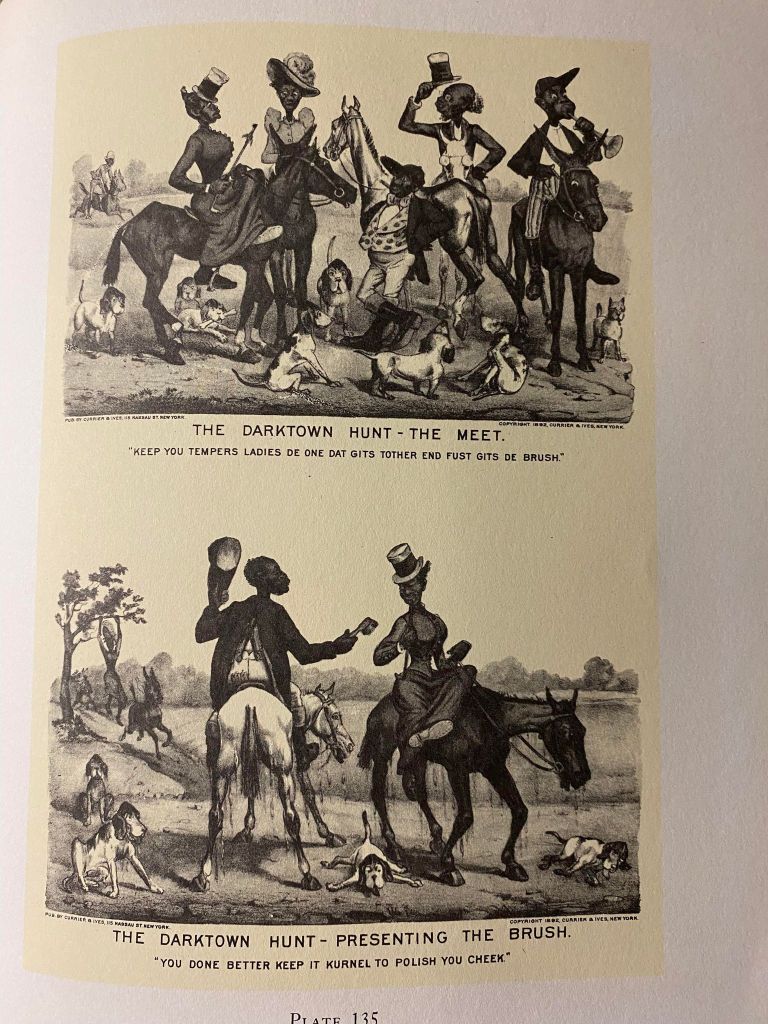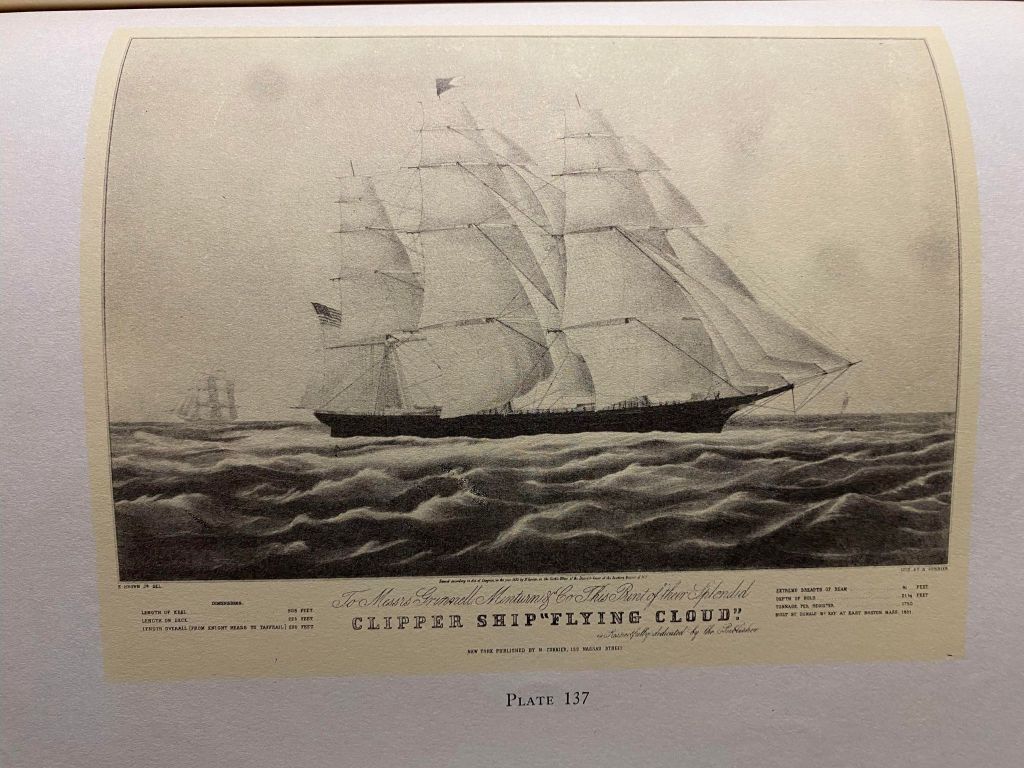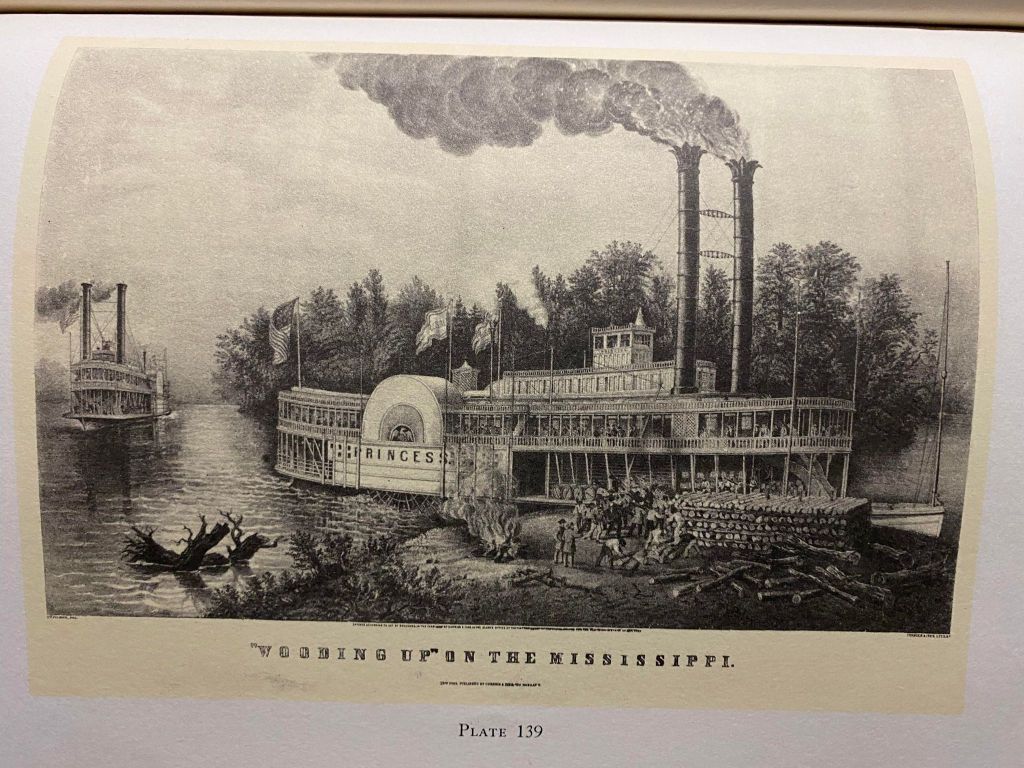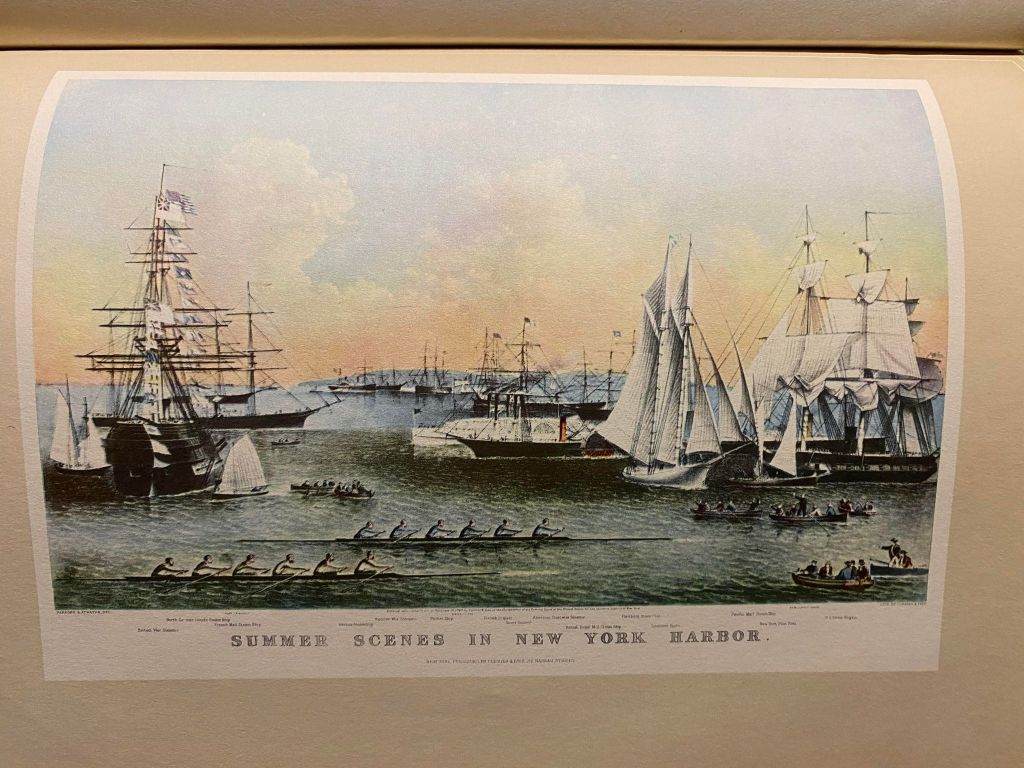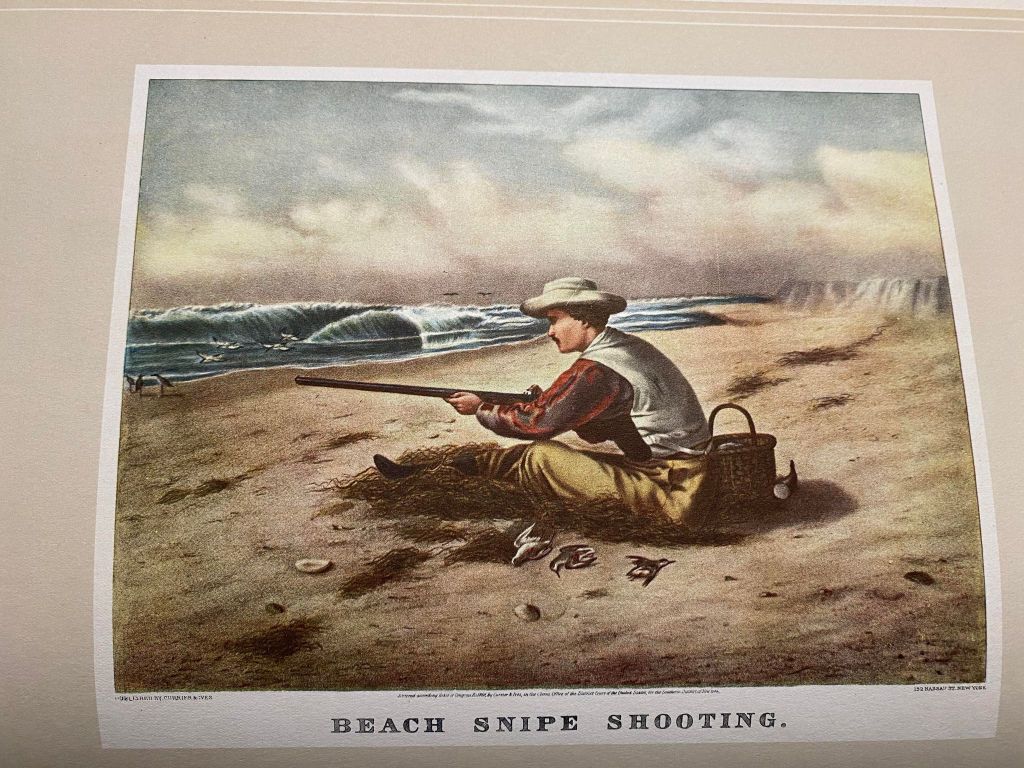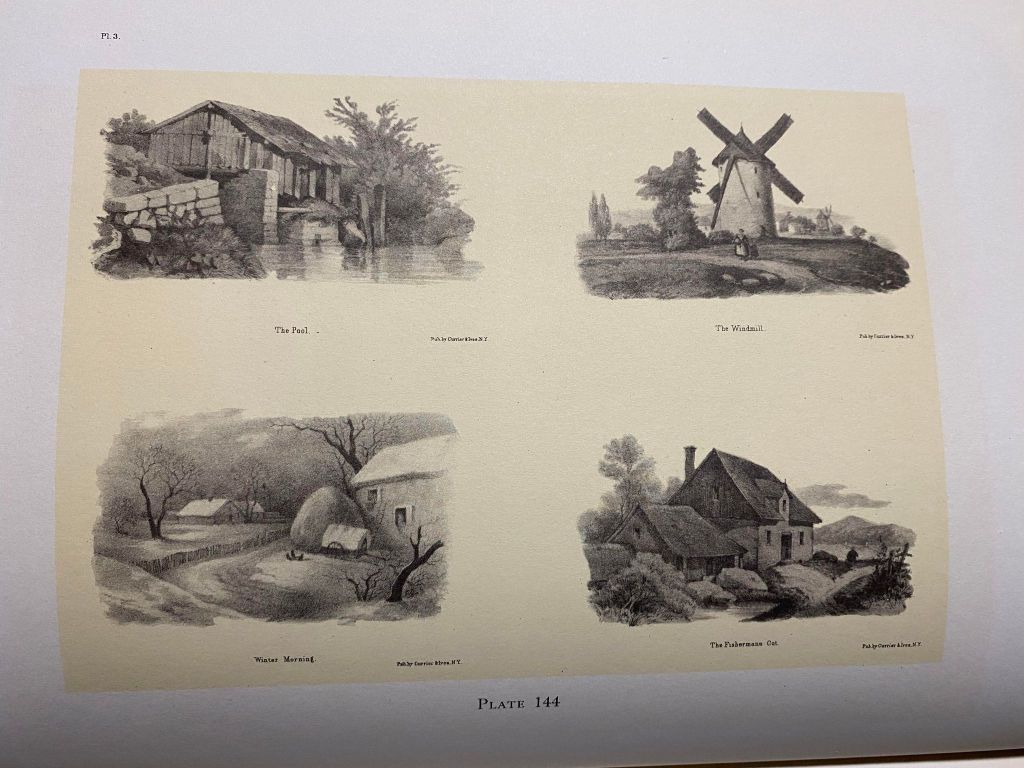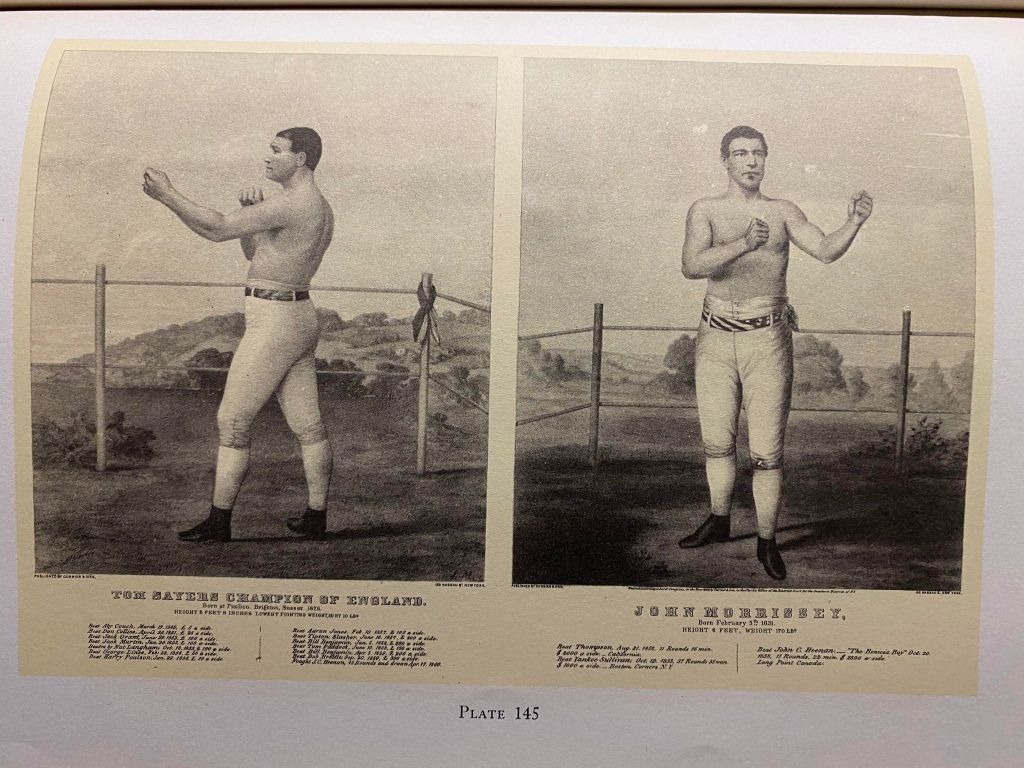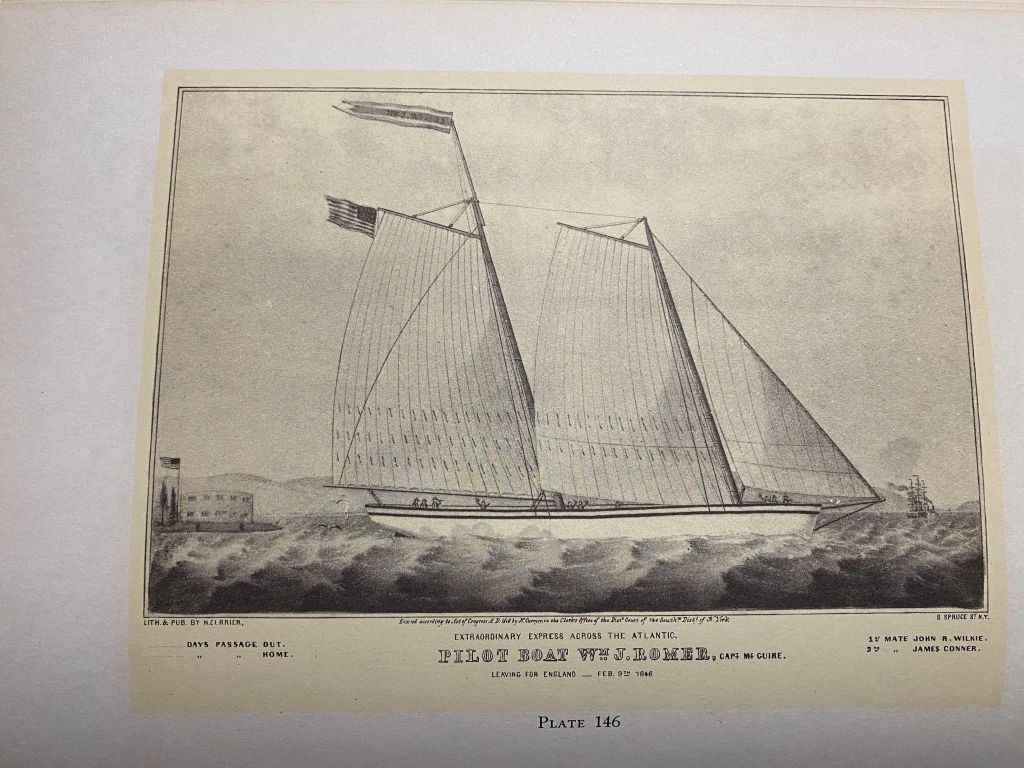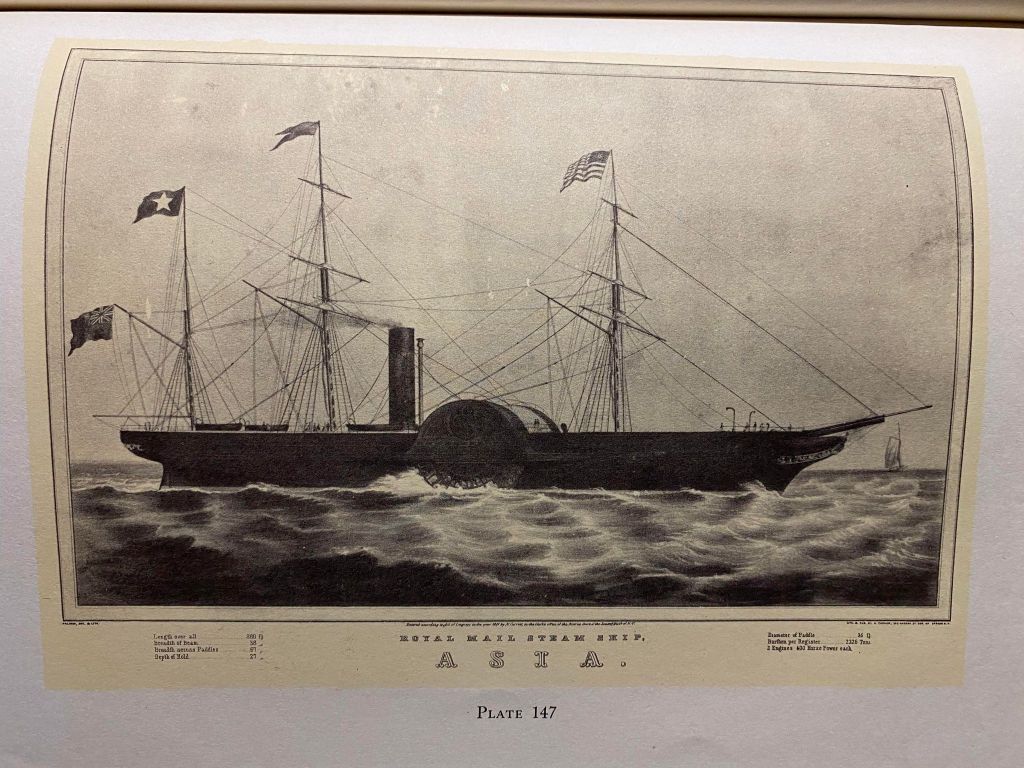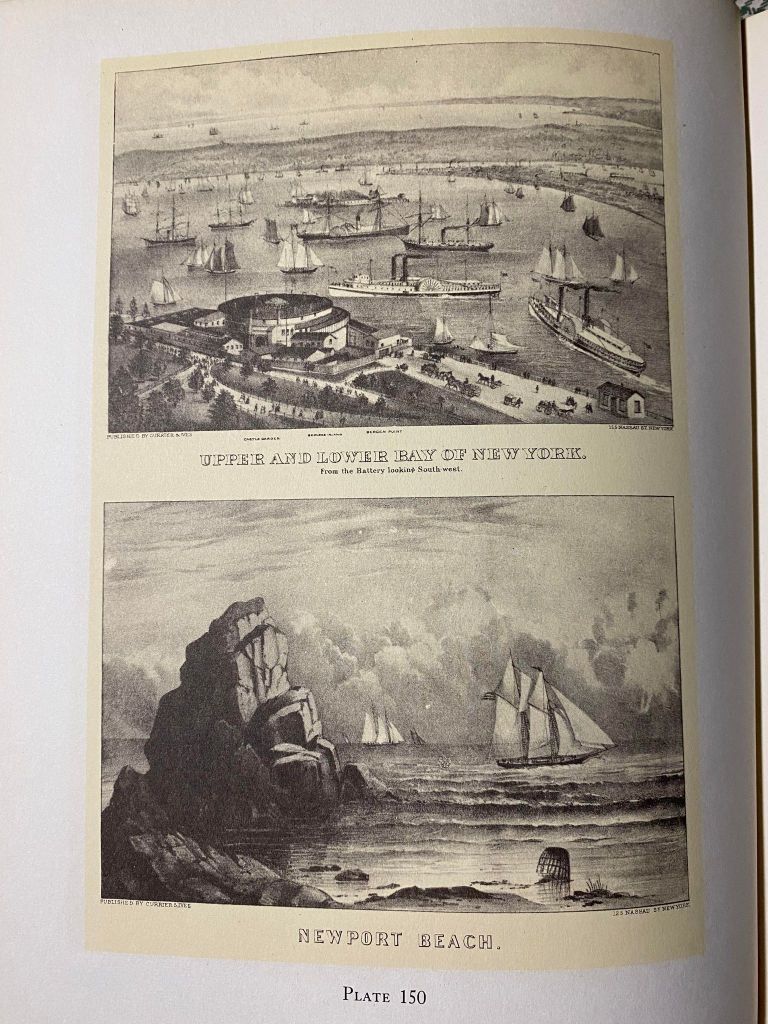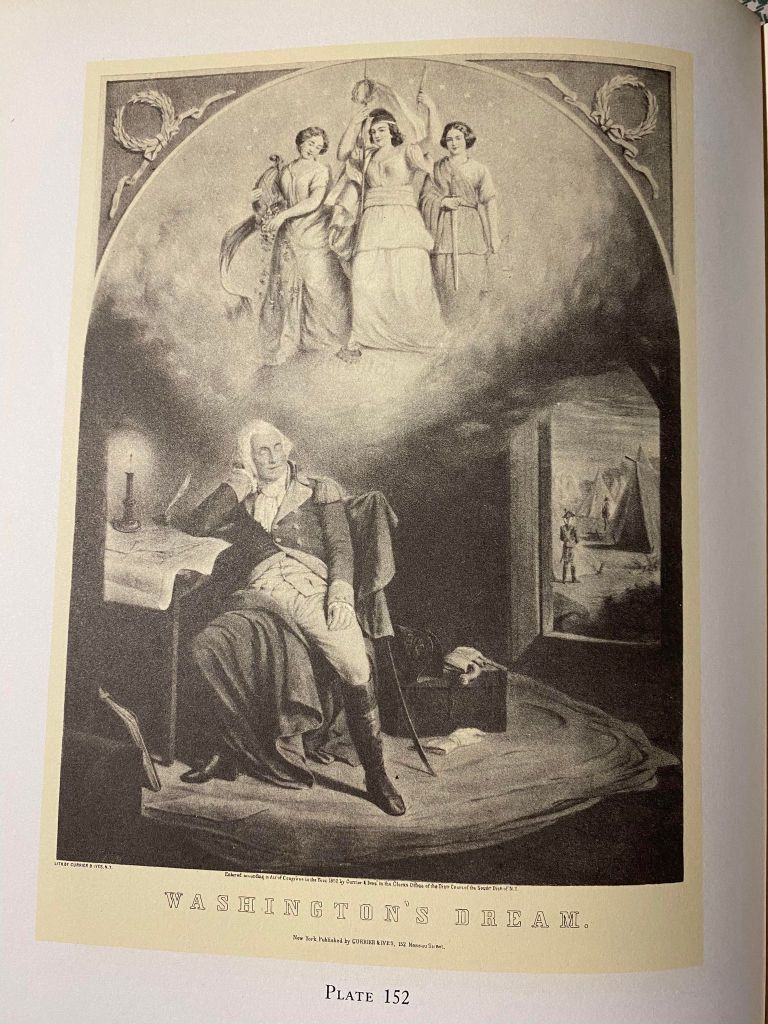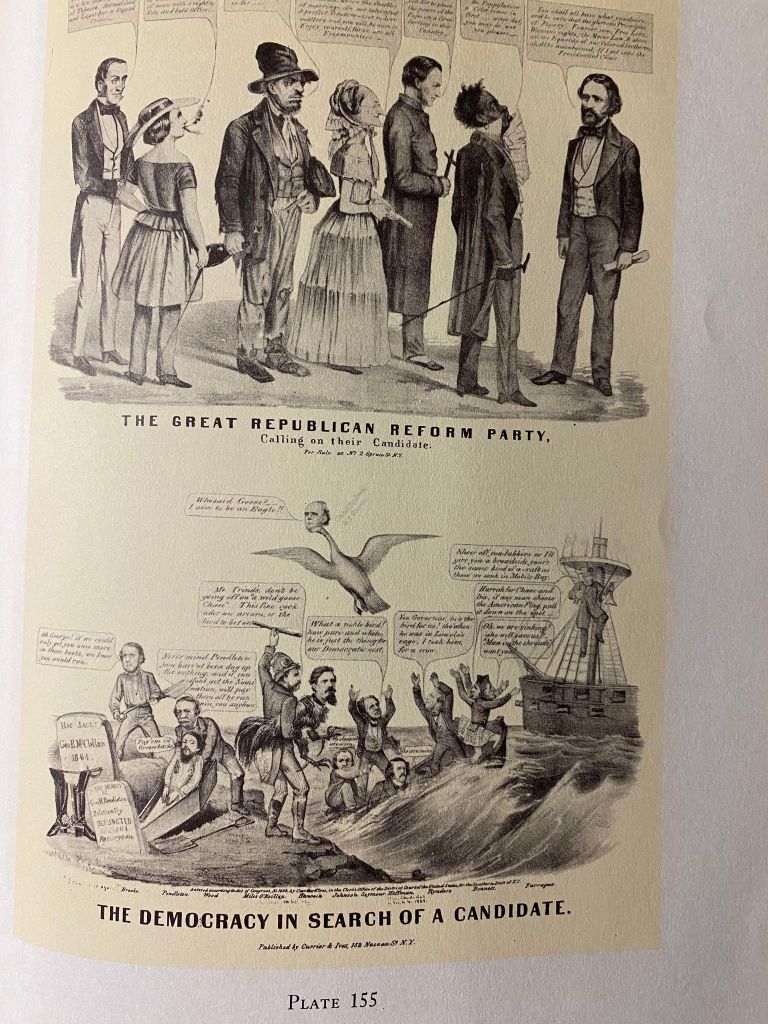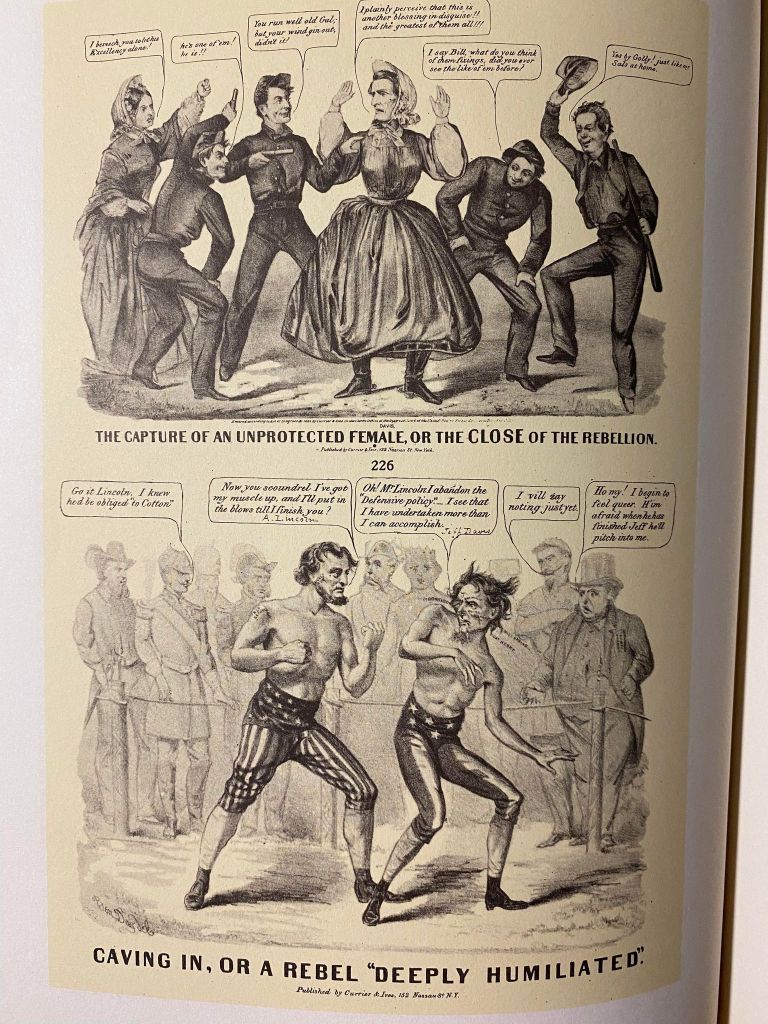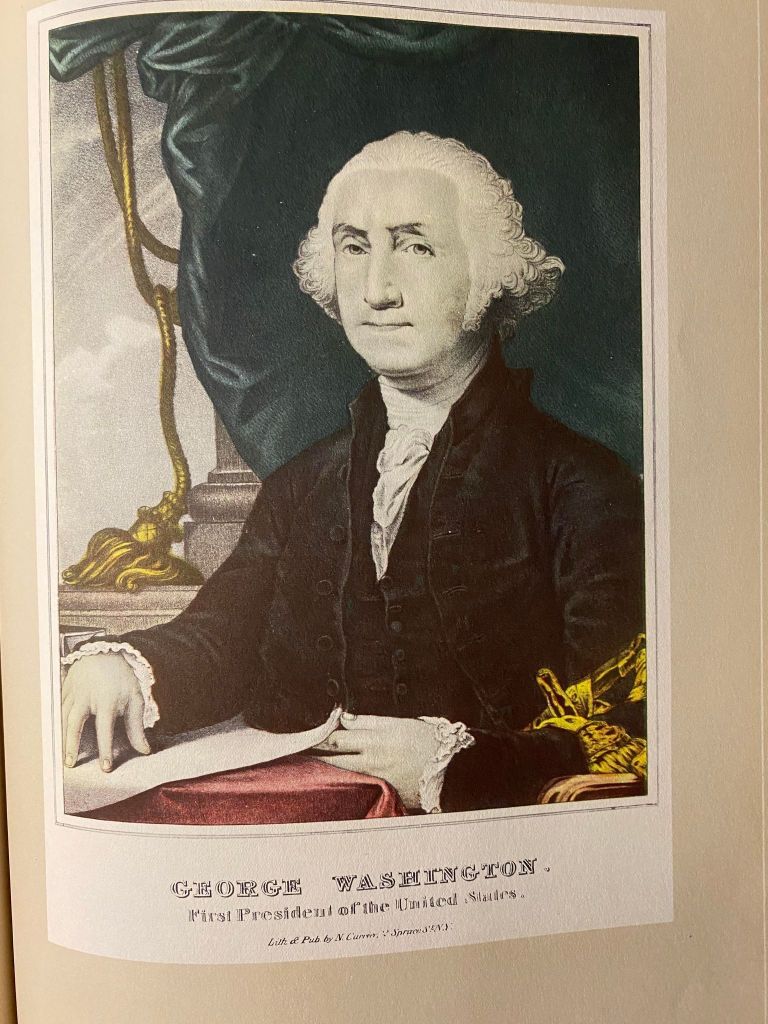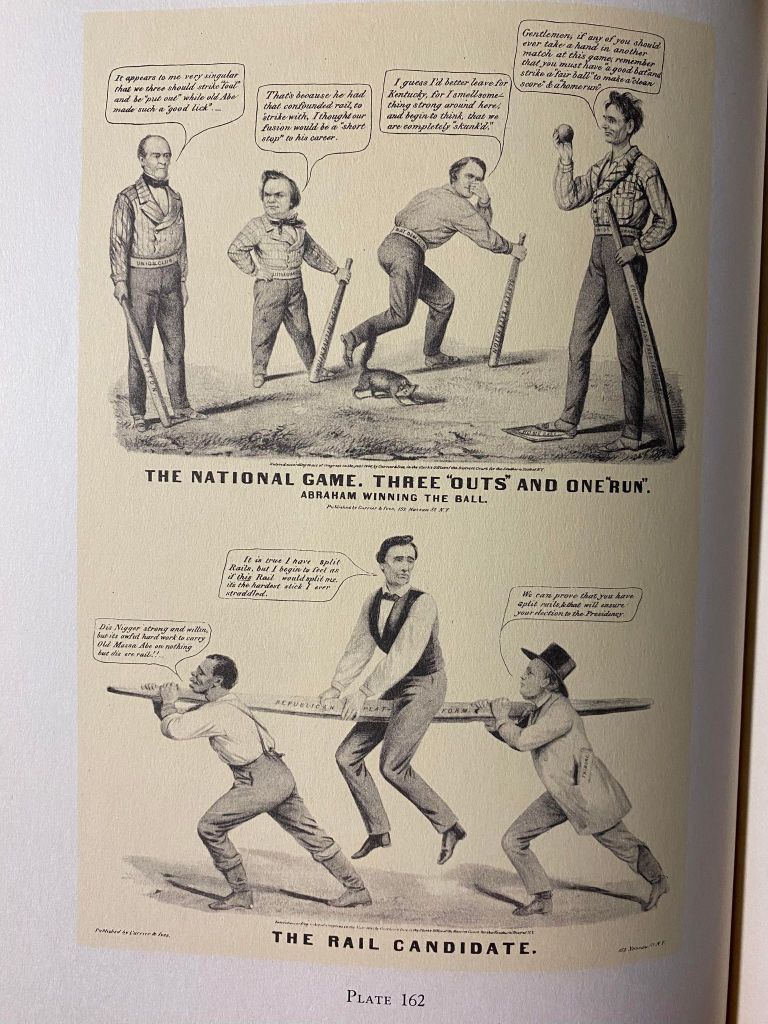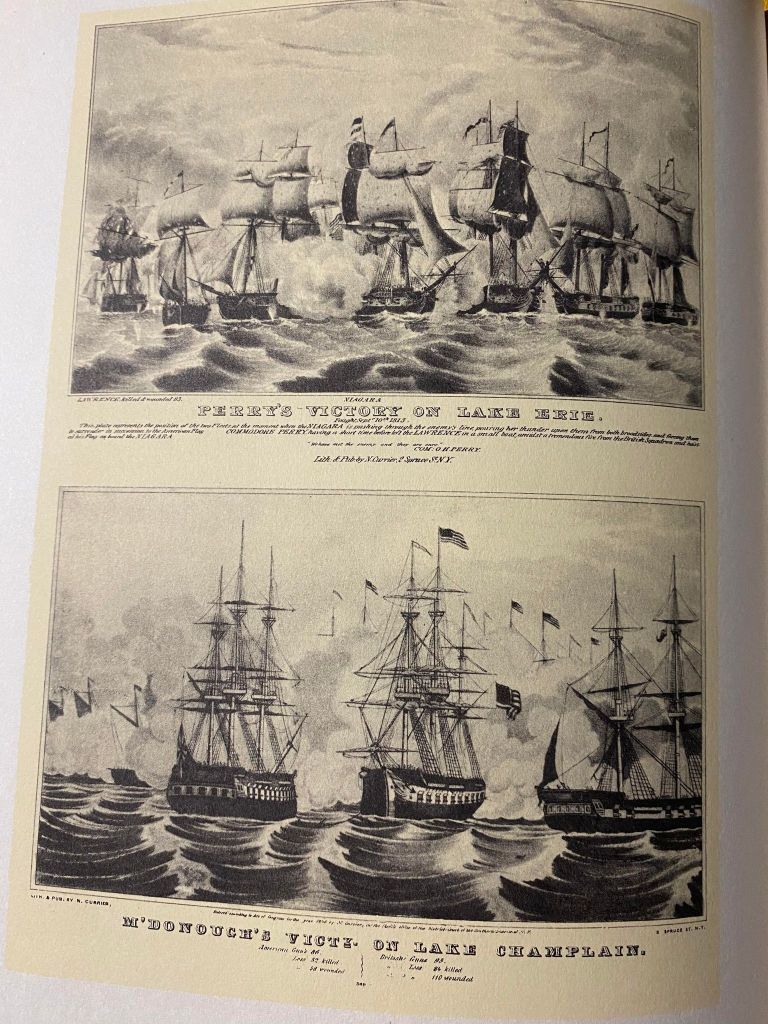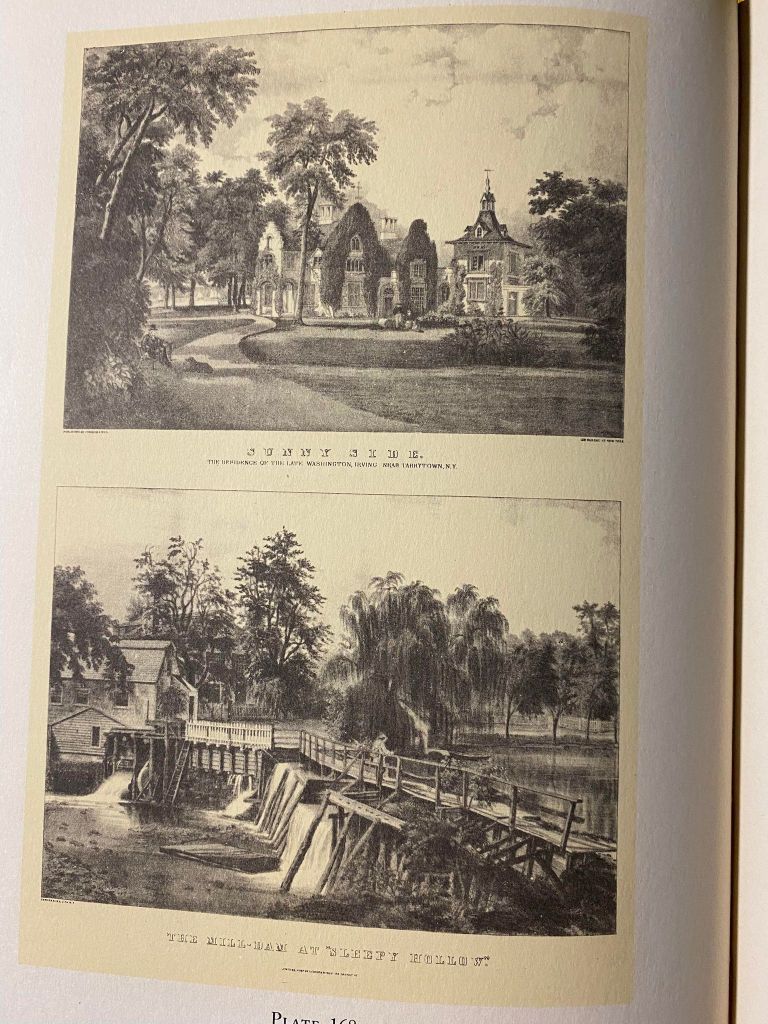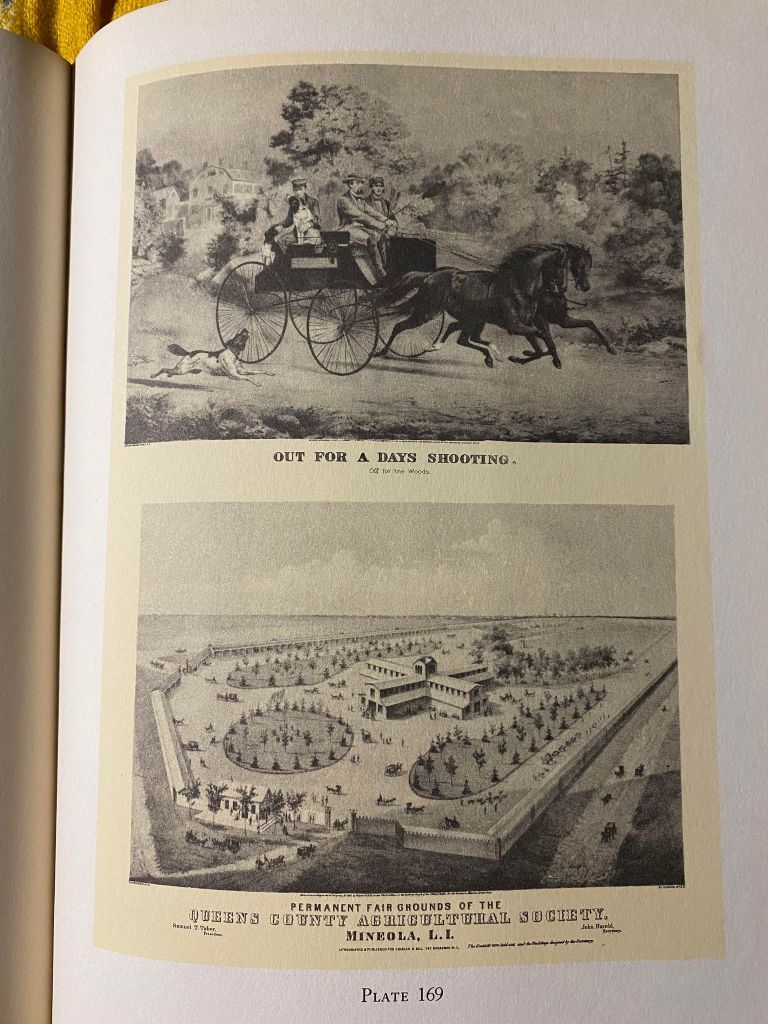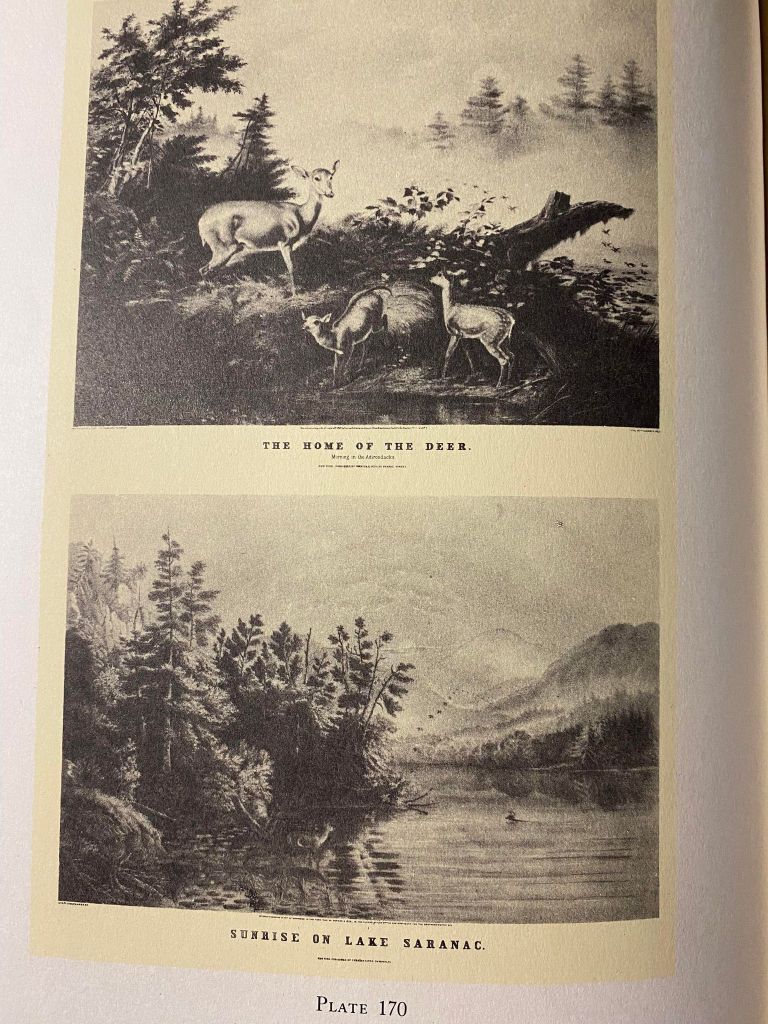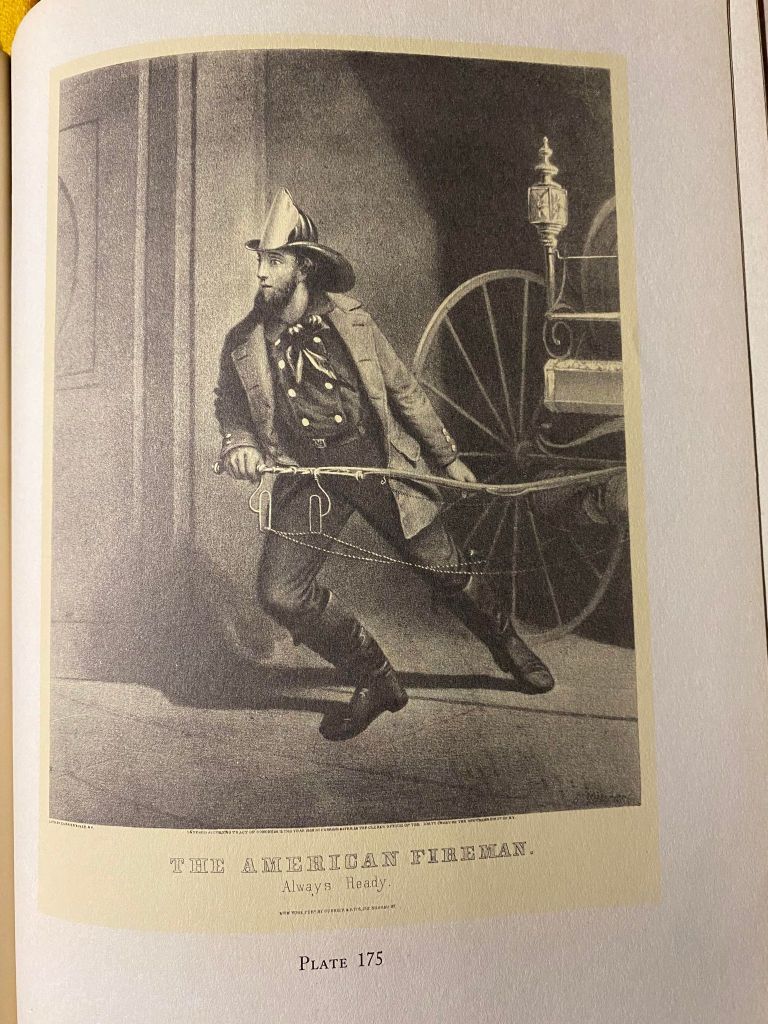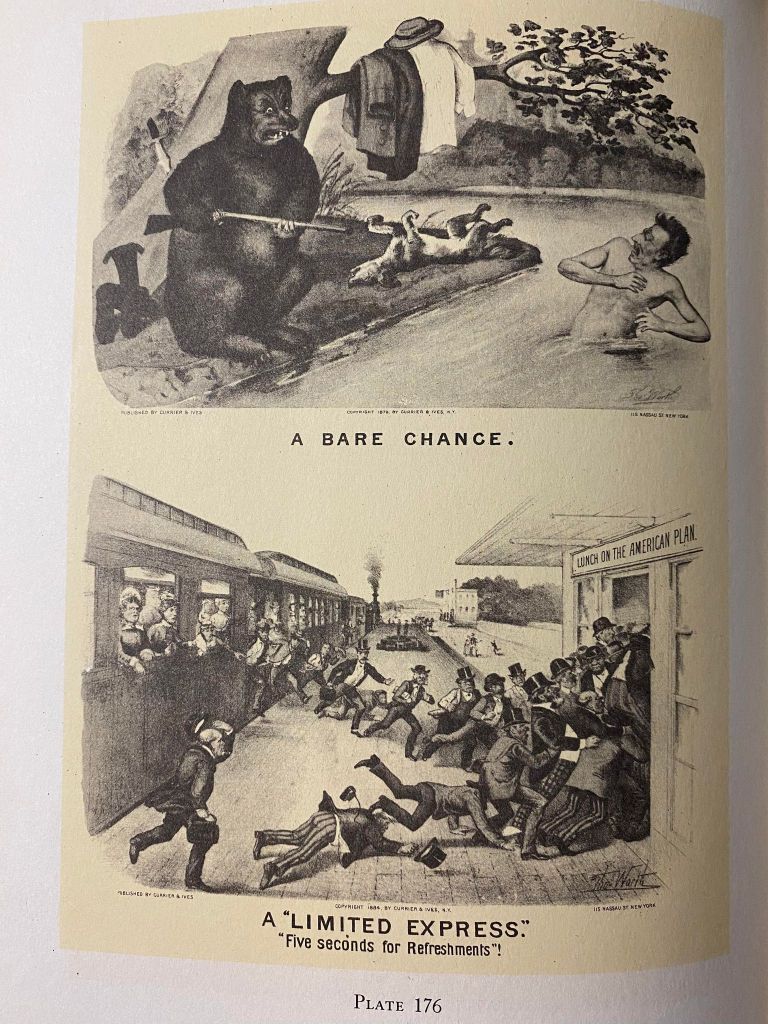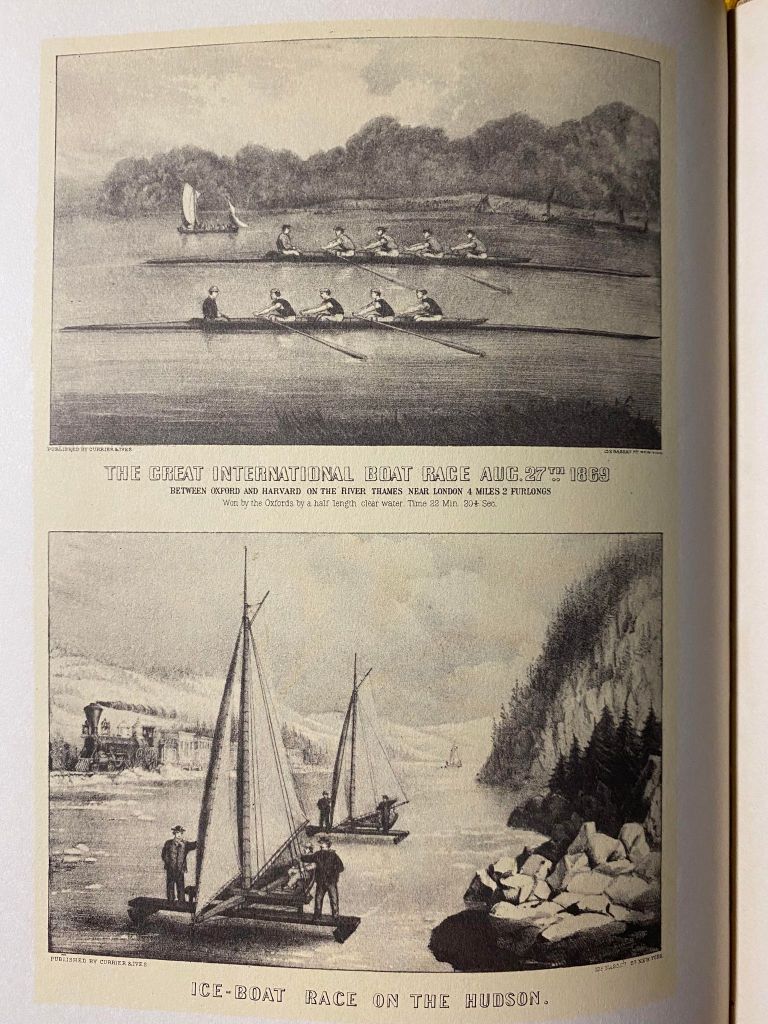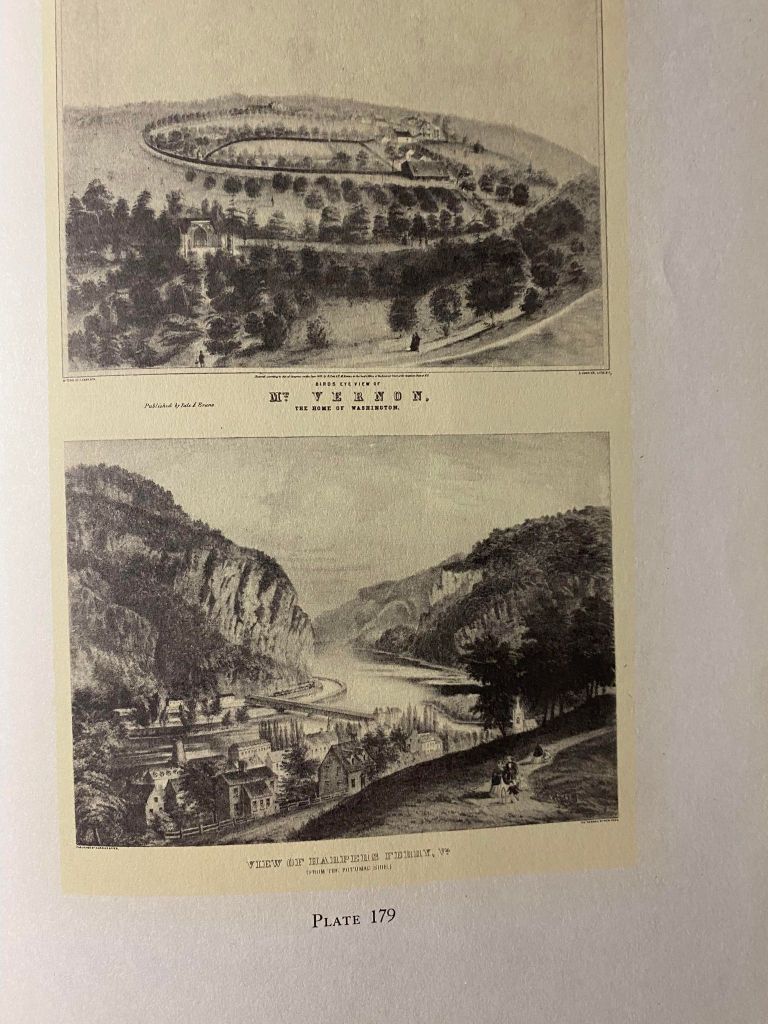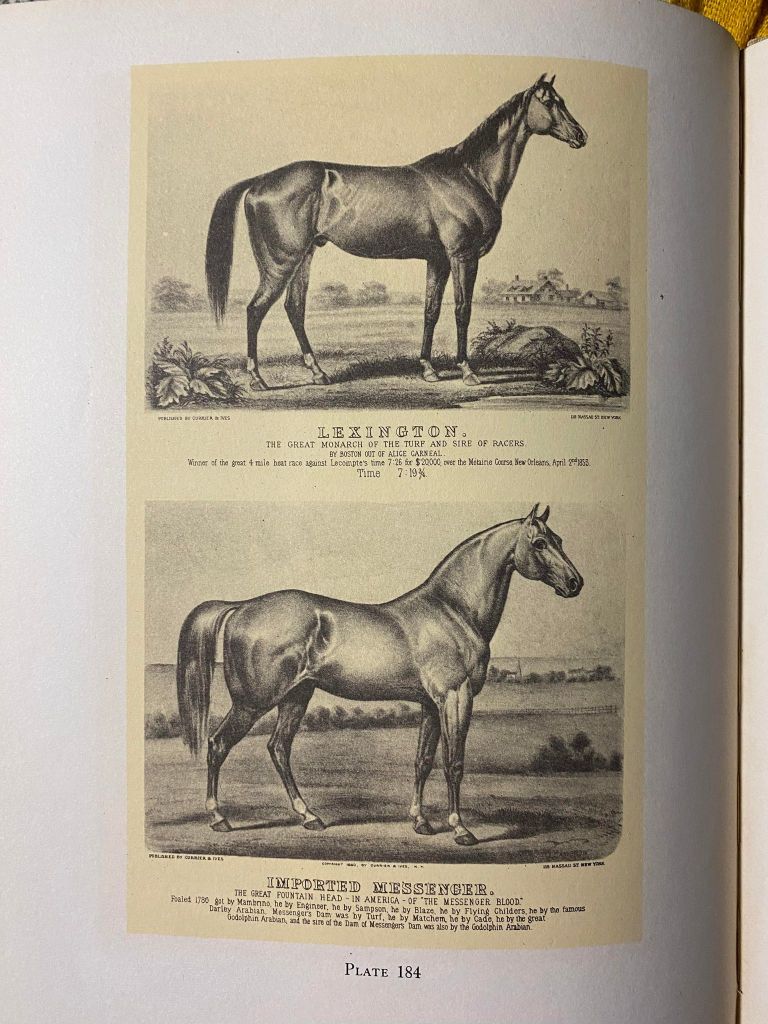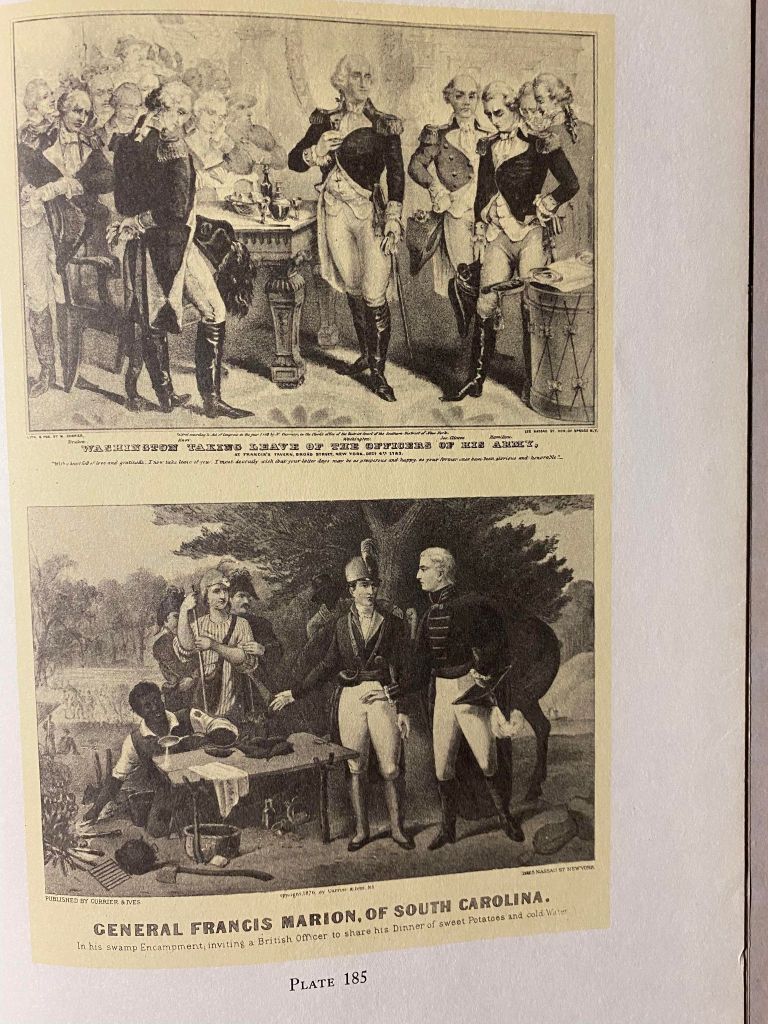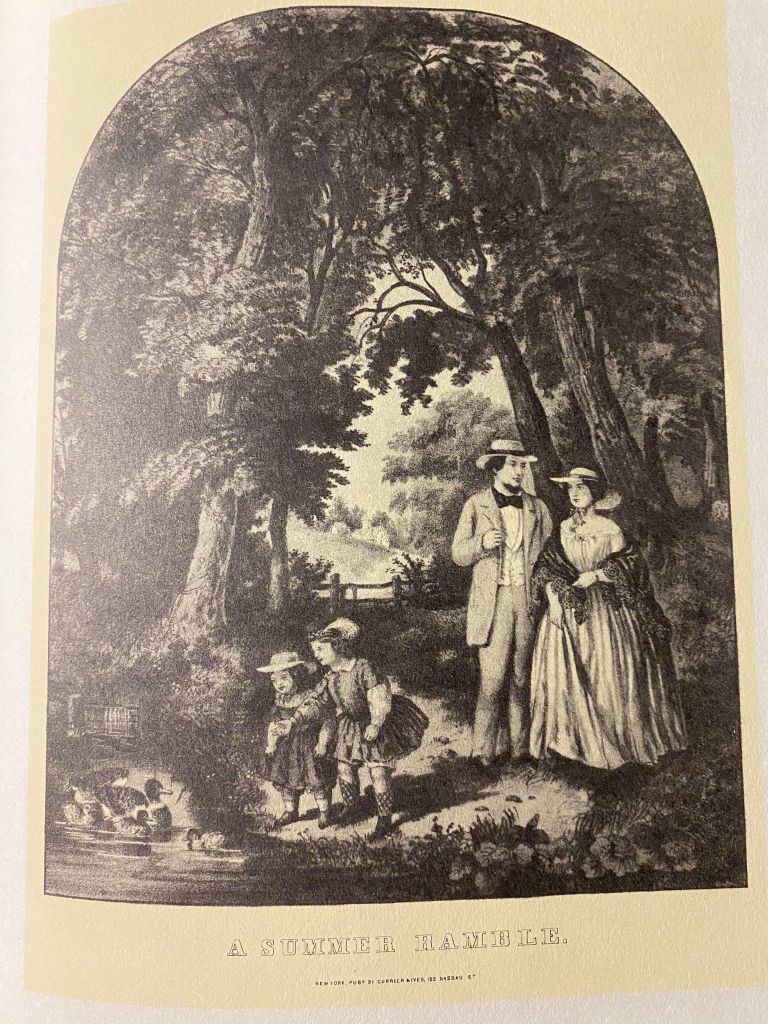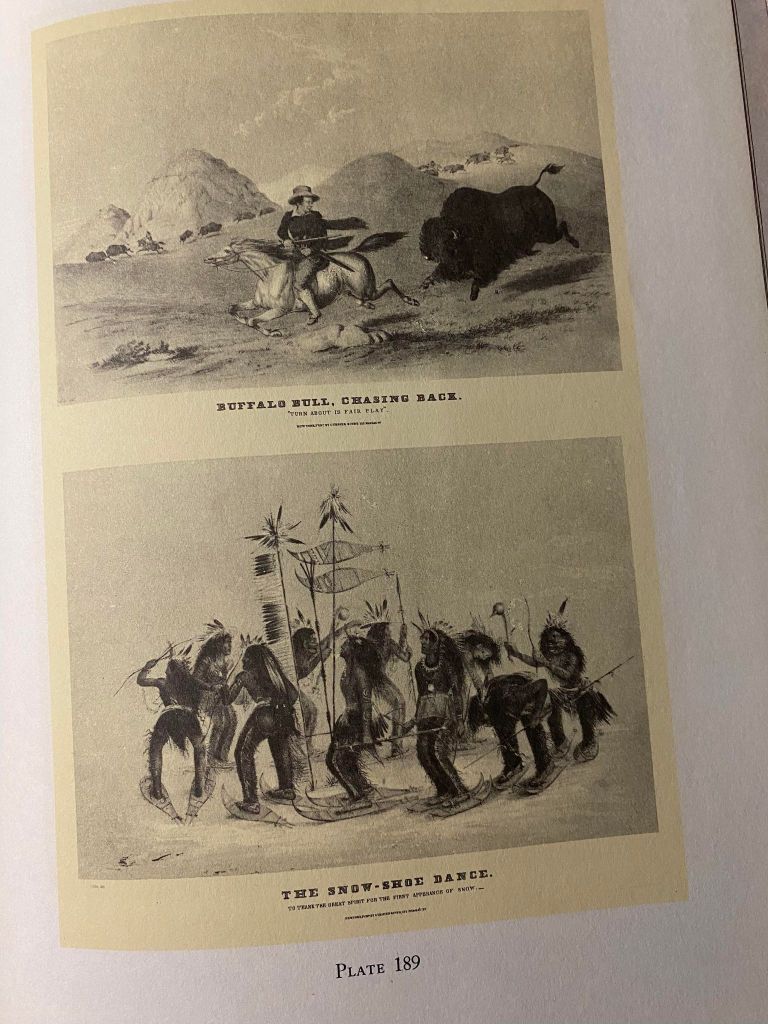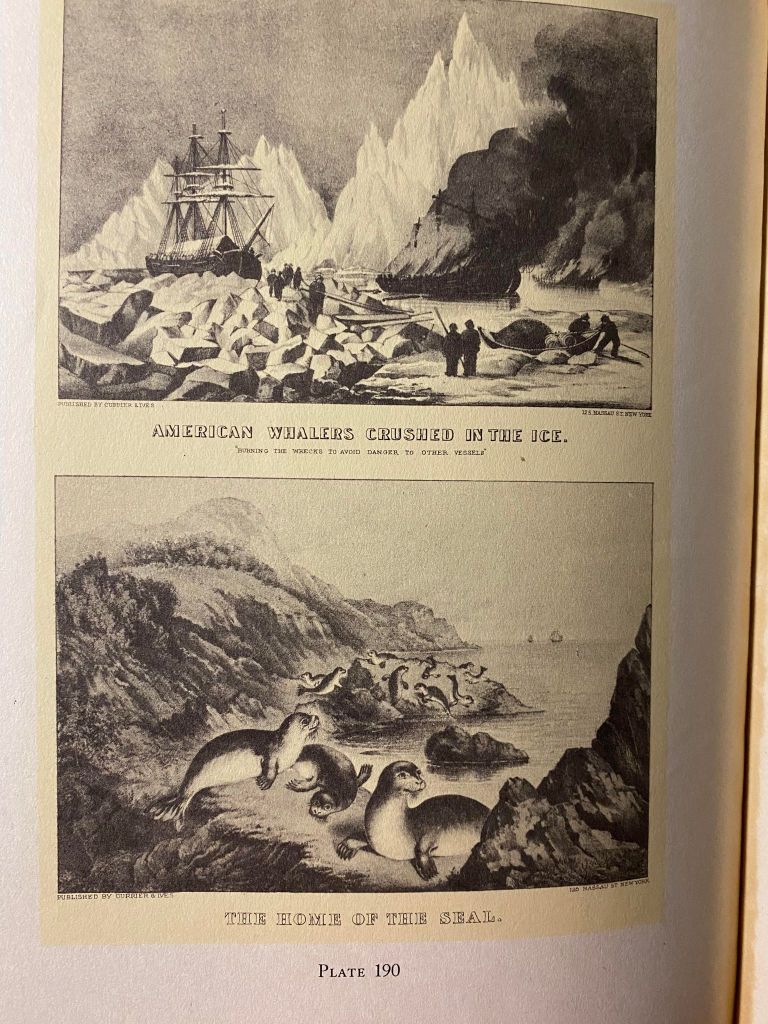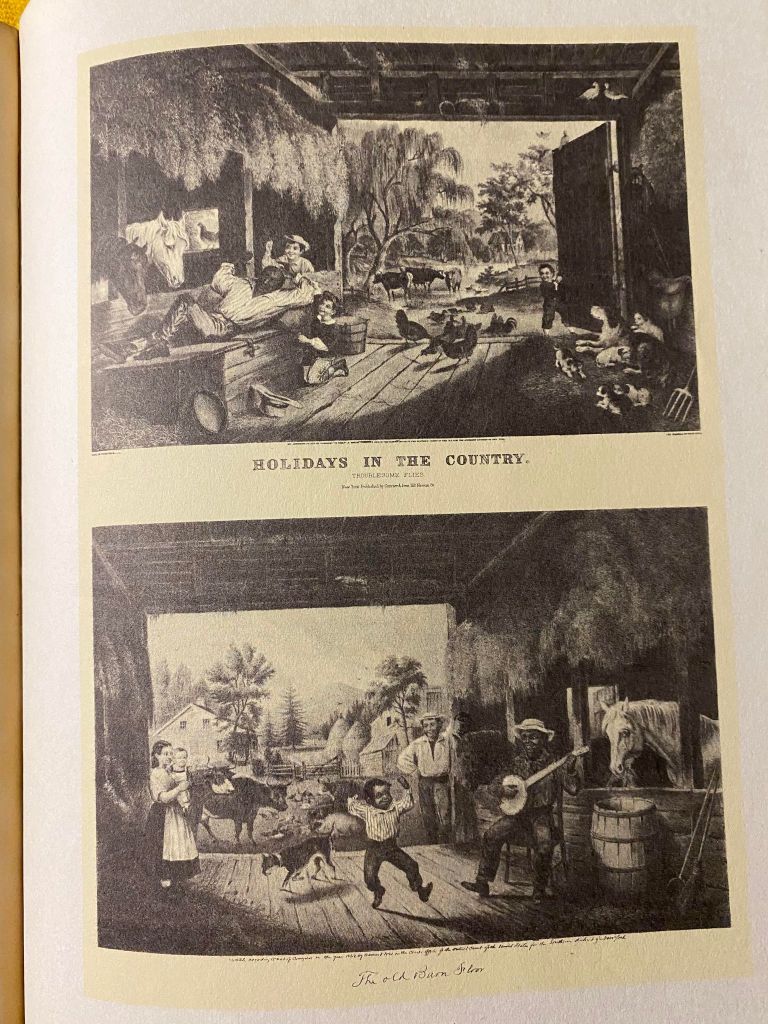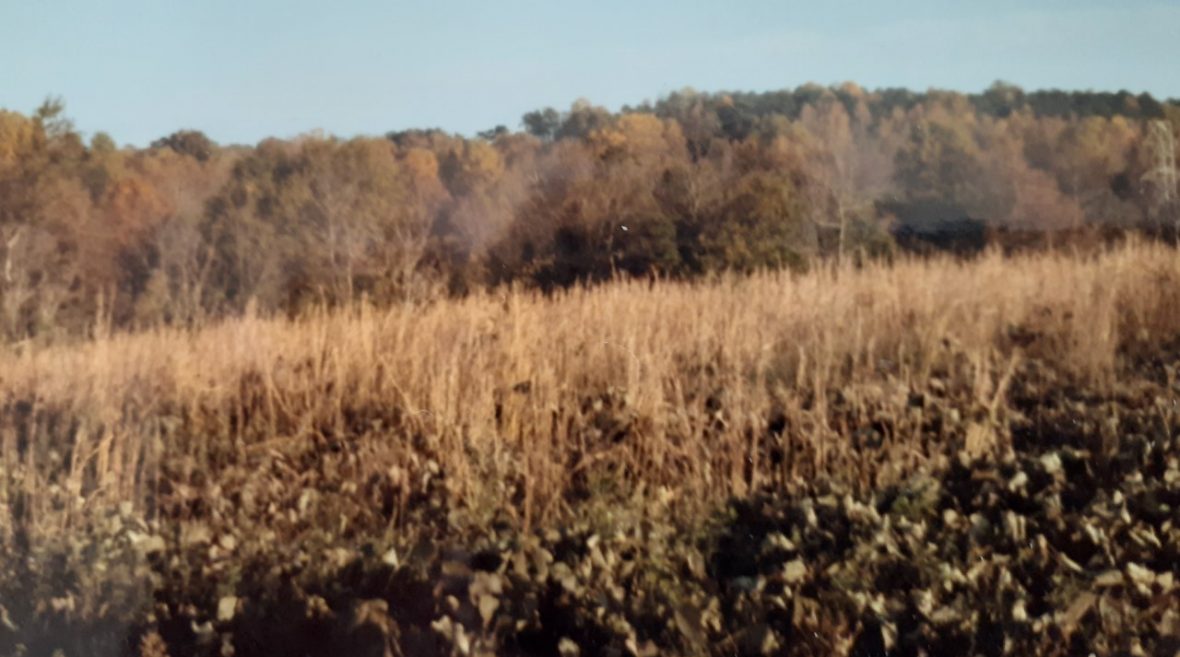DISCLOSURE: This work is provided as look back into history and by no means meant to be a political statement. I am neutral as to the contents and only provide this as a way to look back in time. I respectfully ask that you observe with an objective view.
“In 1834, when Nathaniel Currier formed his first partnership, Andrew Jackson was President, the South was a slaveholding oligarchy, Texas still belonged to Mexico, the Great West was a wilderness, and the industrial revolution had yet to penetrate what was still an agricultural nation. In 1888, when Currier died, he left a country spanned from coast to coast by the railroads that had been only a curious experiment in 1834; a country which had fought a desperate war to preserve its unity and which had emerged from that war into a period of expanasion and industrial growth unprecedented in history. His lifetime covered the conquest of the West, the harnessing of steam, the rise of industrialism, the Civil War and its aftermath of reconstruction and unification. They were years that saw an uncertain young republic establish itself as a great Power, the formative years of a great nation, years crowded with events that cried for accurate and graphic presenation to a public that was becoming increasingly alive to the tempo of the times. Such a presentation the firms of N. Currier and later Currier & Ives were to provide generously in the form of inexpensive, finely executed lithographic prints that made their way into nearly every home and became in an amazingly short time an American institution. “
“The Currier & Ives prints covered a wide variety of subject matter, from comics to reproductions of oil paintings by the finest artists of the day, from sentimental scenes to portraits of the great. There were prints of disasters and wrecks, of Mexican and Civil War land and naval battles, of clipper ships and whalers, of railroads and fire scenes. There were political cartoons and campaign banners; portraits of presidents, pugilists, and of such notables as General Tom Thumb; panoramic views of cities and scenes of farm and country life; scenes that depicted the winning of the West and life among the Indians; sporting prints, hunting and fishing pictures; a gallery of prints that helped immortalize the American trotter; and prints with a hundred other subjects as varied and a colorful as America itself.”
“The entire collection of the seven thousand or more prints that are now known forms a great panoramic picture of mid-nineteenth-century America. No era of history has been more fortunate in its portrayers. Currier & Ives pictured their own times with meticulous accuracy of detail, with ‘artiness,’ and with no thought of appealing to any but their own immediate market. They gave the public pictures that were easy to understand and appreciate, pictures that were typically American, and pictures not only with subjects that were within the knowledge and experience of the average man but at prices that were with the range of his pocketbook. Currier & Ives, who stayed themselves simply as publishers of ‘Colored Engravings for the People,’ were a democratic firm in a democratic country. In their methods of production and distribution they were decades ahead of their times. In their heyday Currier prints were to be found adorning the walls of barrooms, barbershops, firehouses, and hotels, as well as the homes of rich and poor alike.”
“Today the same prints that were sold by the thousands for five to twenty-five cents apiece and never for more than three dollars apiece (this for the large folios) are collectors’ items. They are eagerly sought out in print shops and at auctions and bring prices that record three thousand dollars paid for a large folio print in 1928. The reason for their disappearance and for their skyrocketing in value in so comparatively short time are easy to understand. In the latter part of the last century came the development of chromolithography, photography, and photoengraving; newspapers and illustrated weeklies began to take a prominent place in American life. With their rise the hand-colored lithographs of Currier & Ives began to go out of vogue. Because they had cost little they were not greatly cherished when newer and more fashionable pictures took their place on the walls. Thousands must have been destroyed and discarded as valueless.”
Harry T. Peters, 1942
Special thanks to Mr. Brad Thorpe for providing this book from his collection so that others may benefit from it as well.
